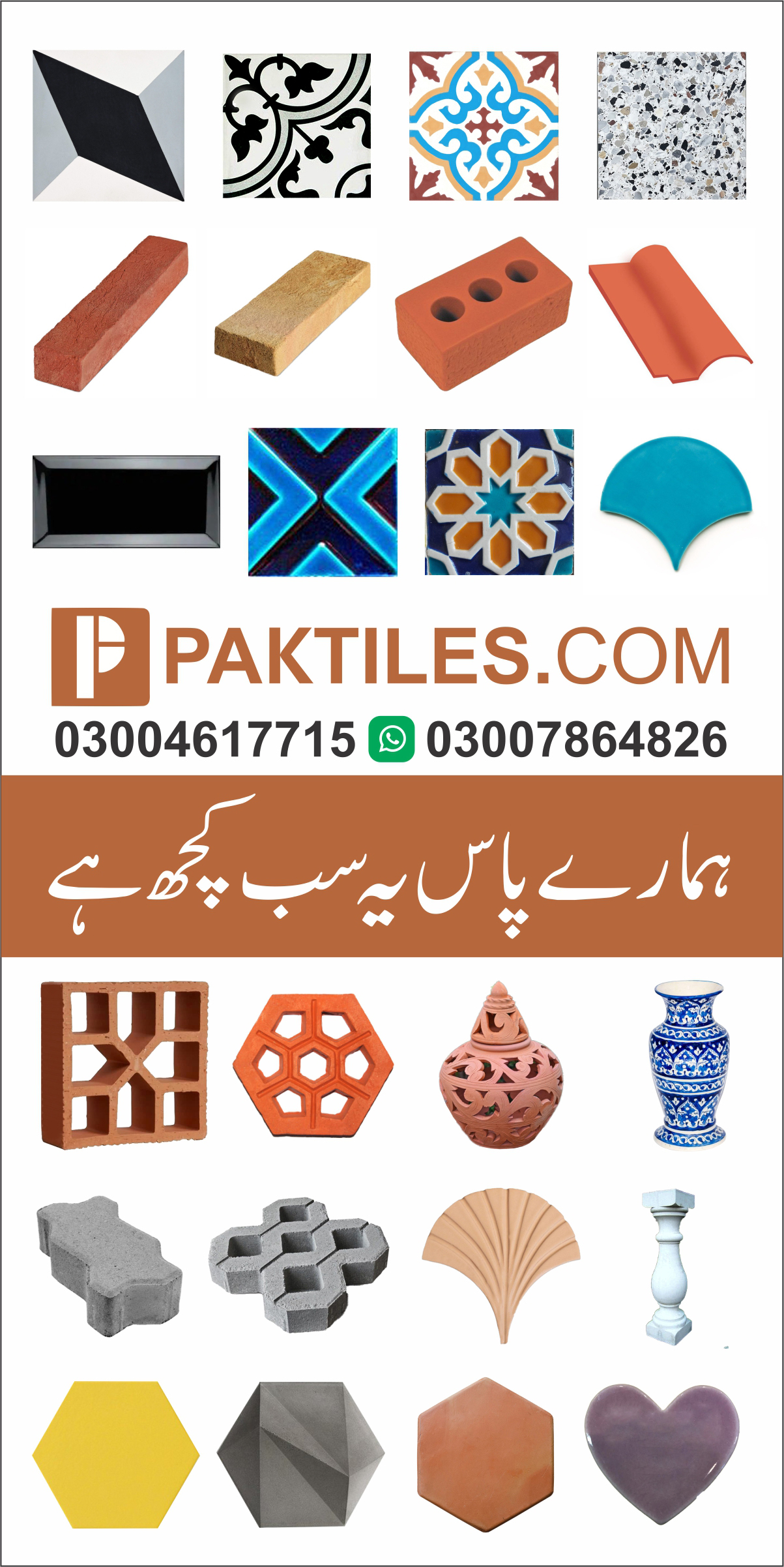
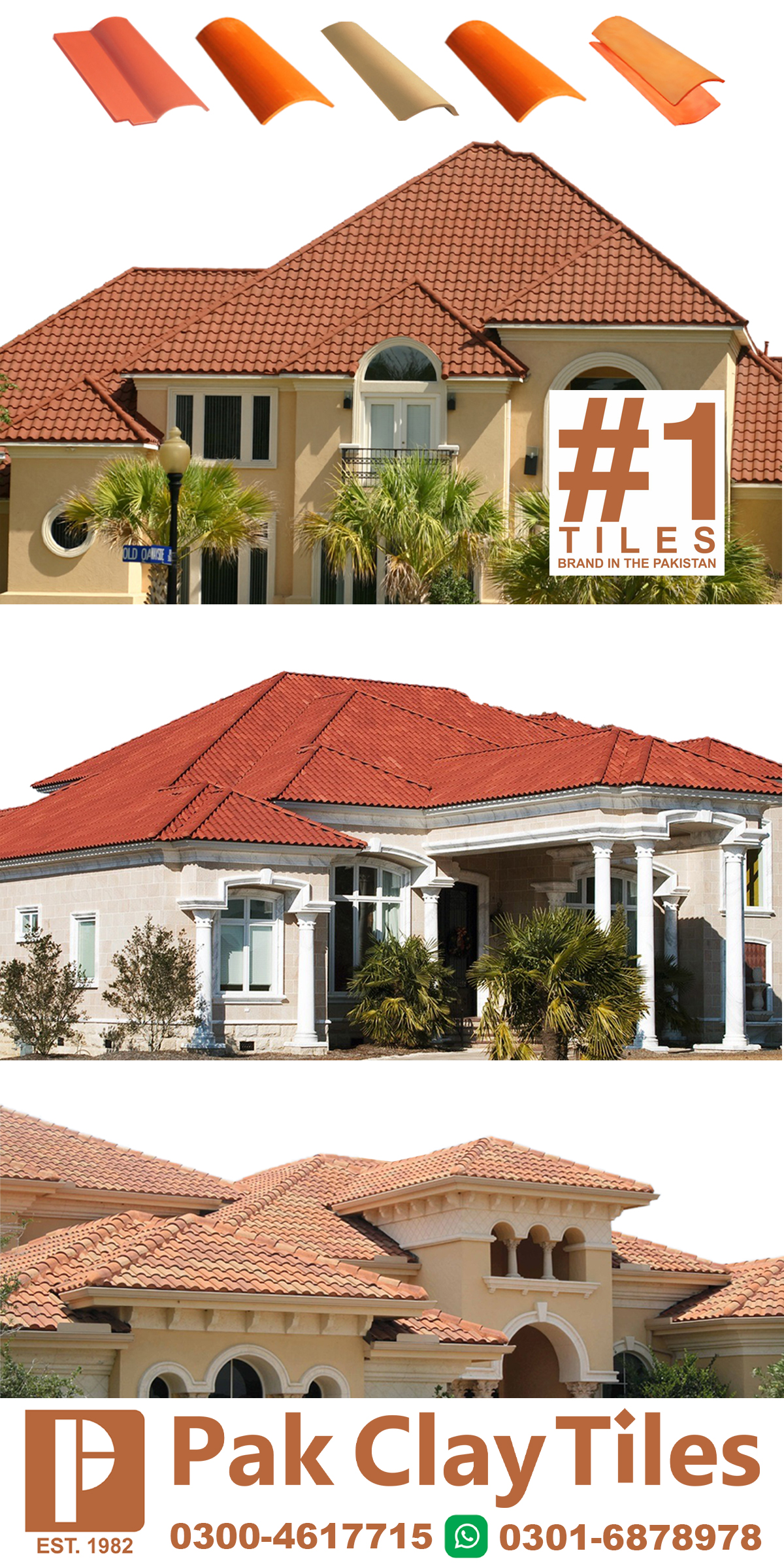
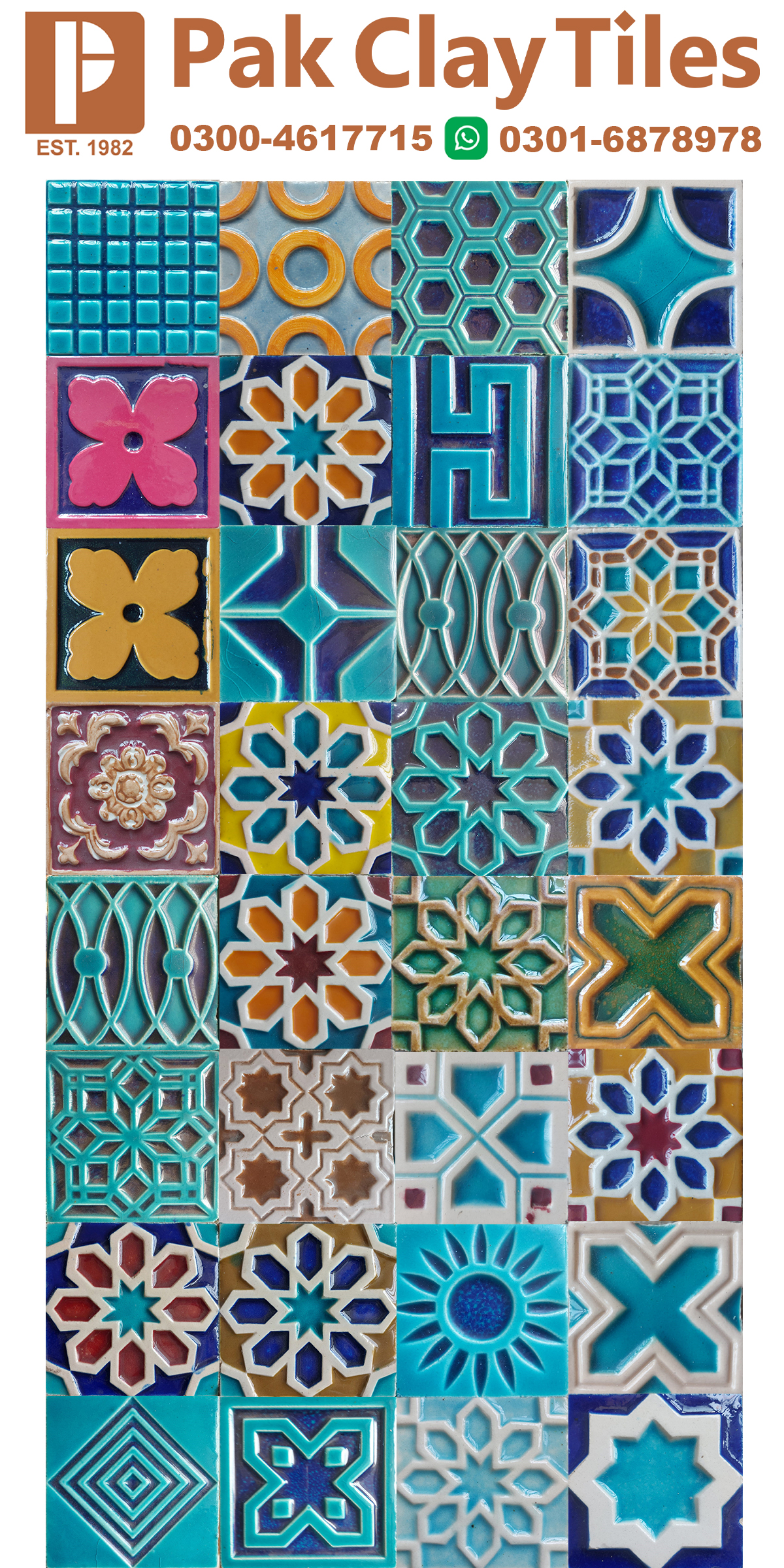
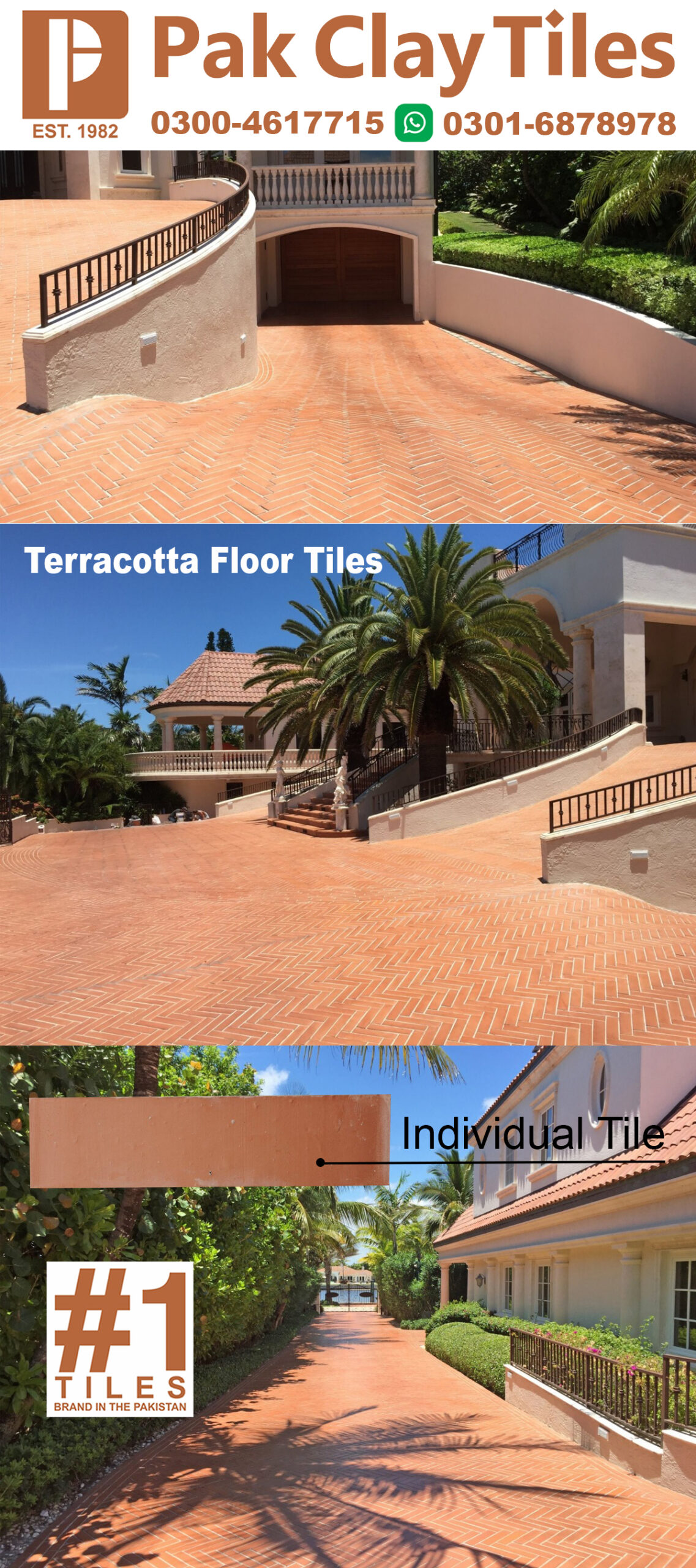











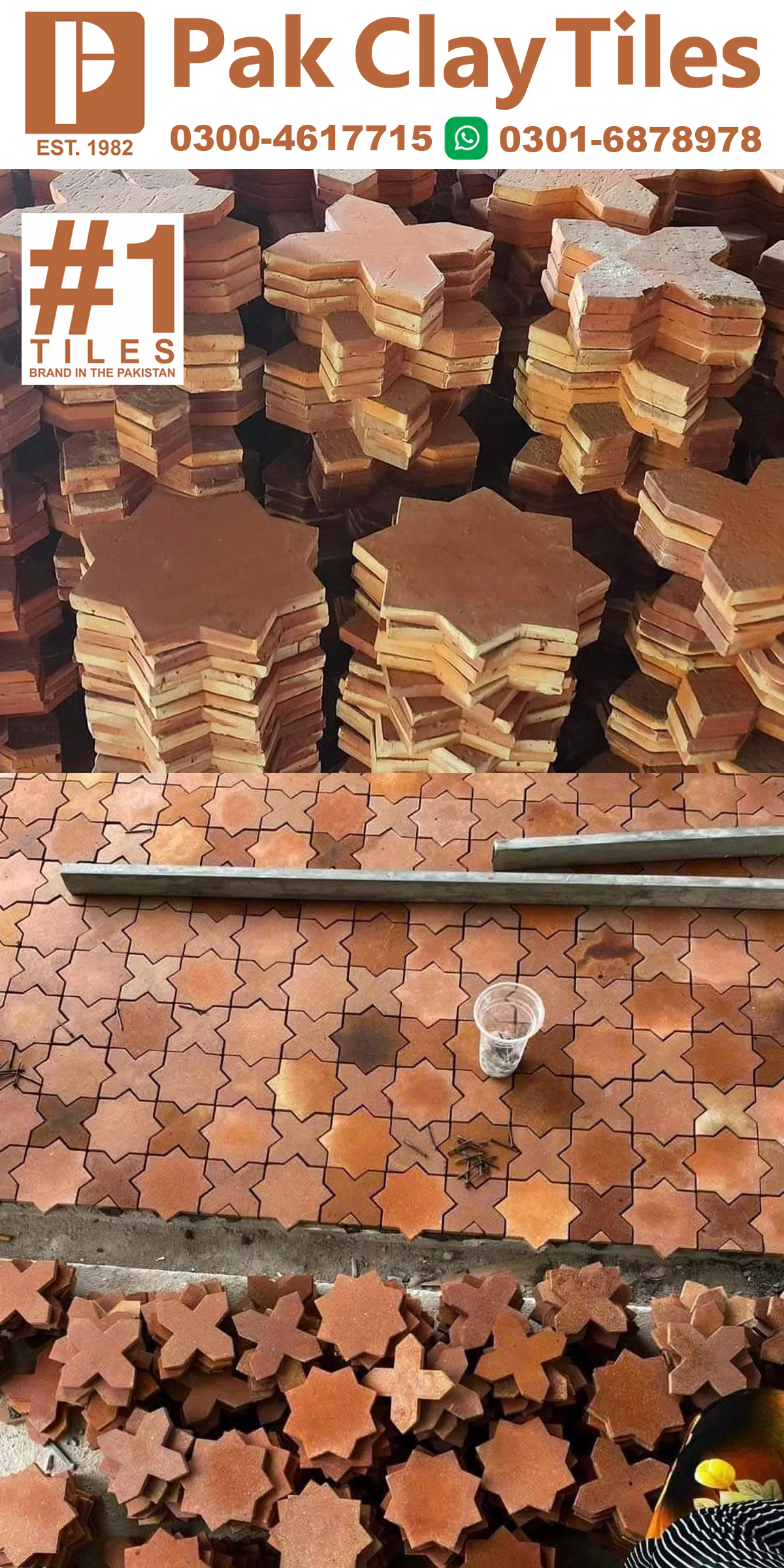
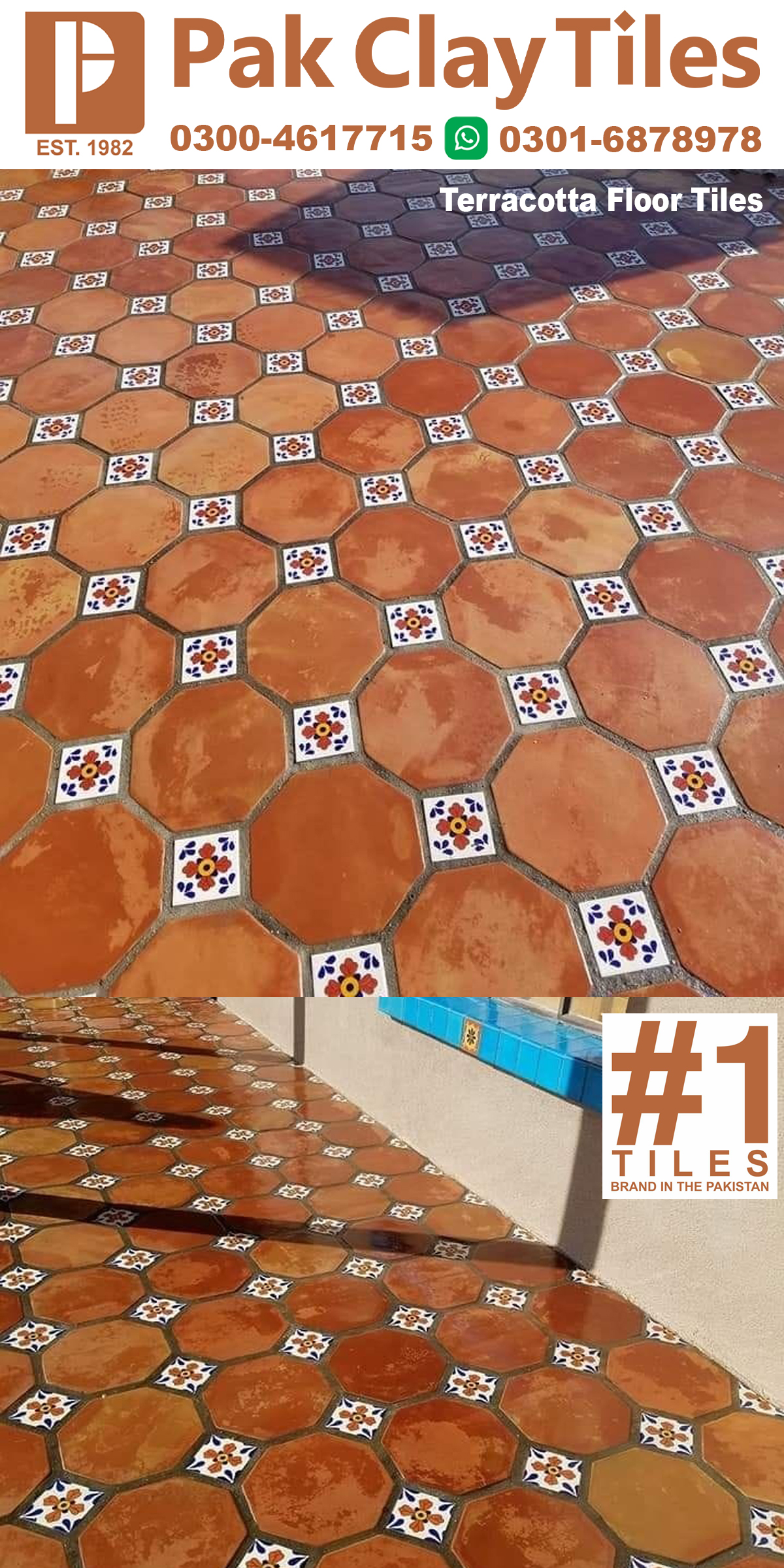
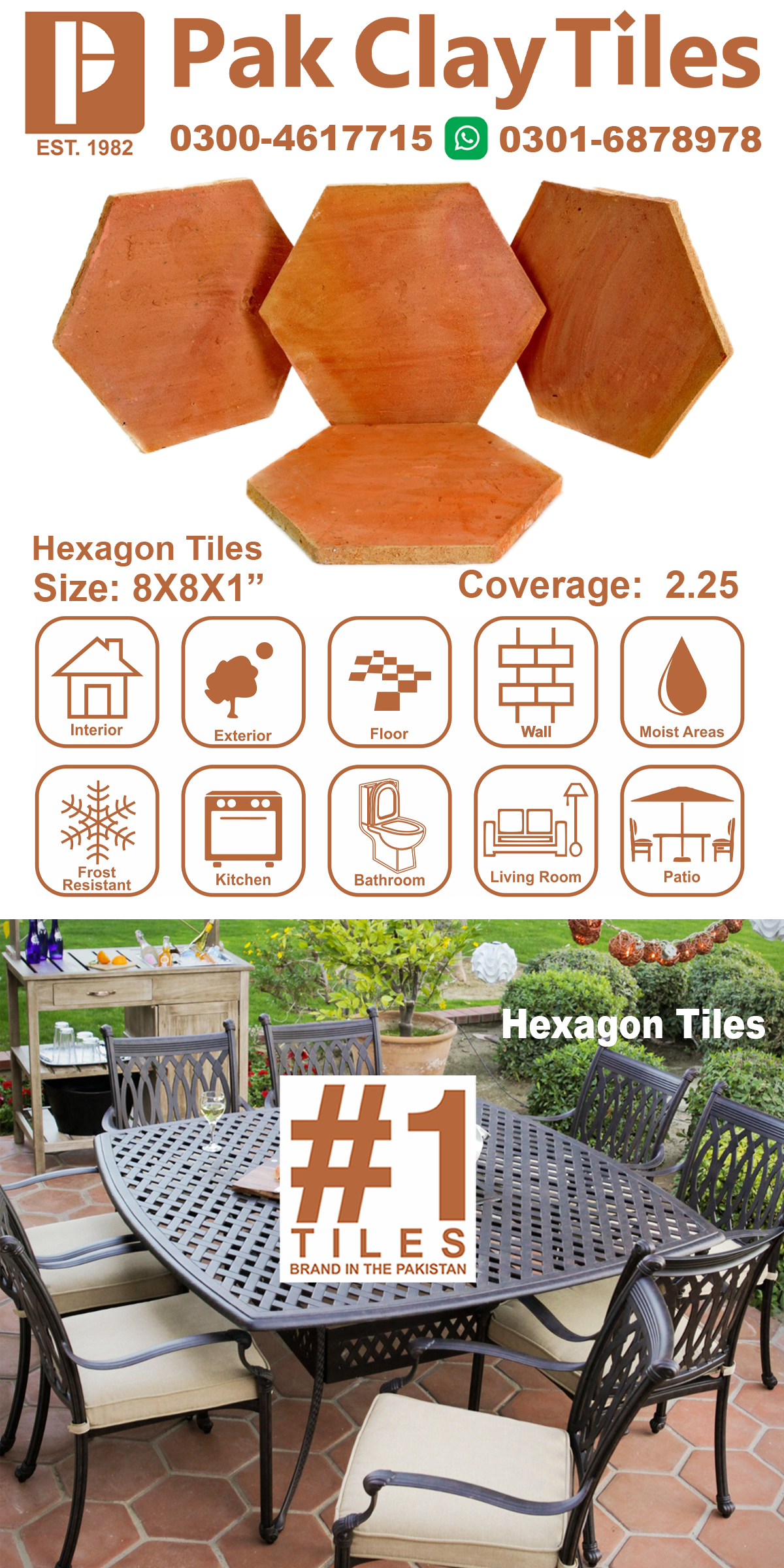
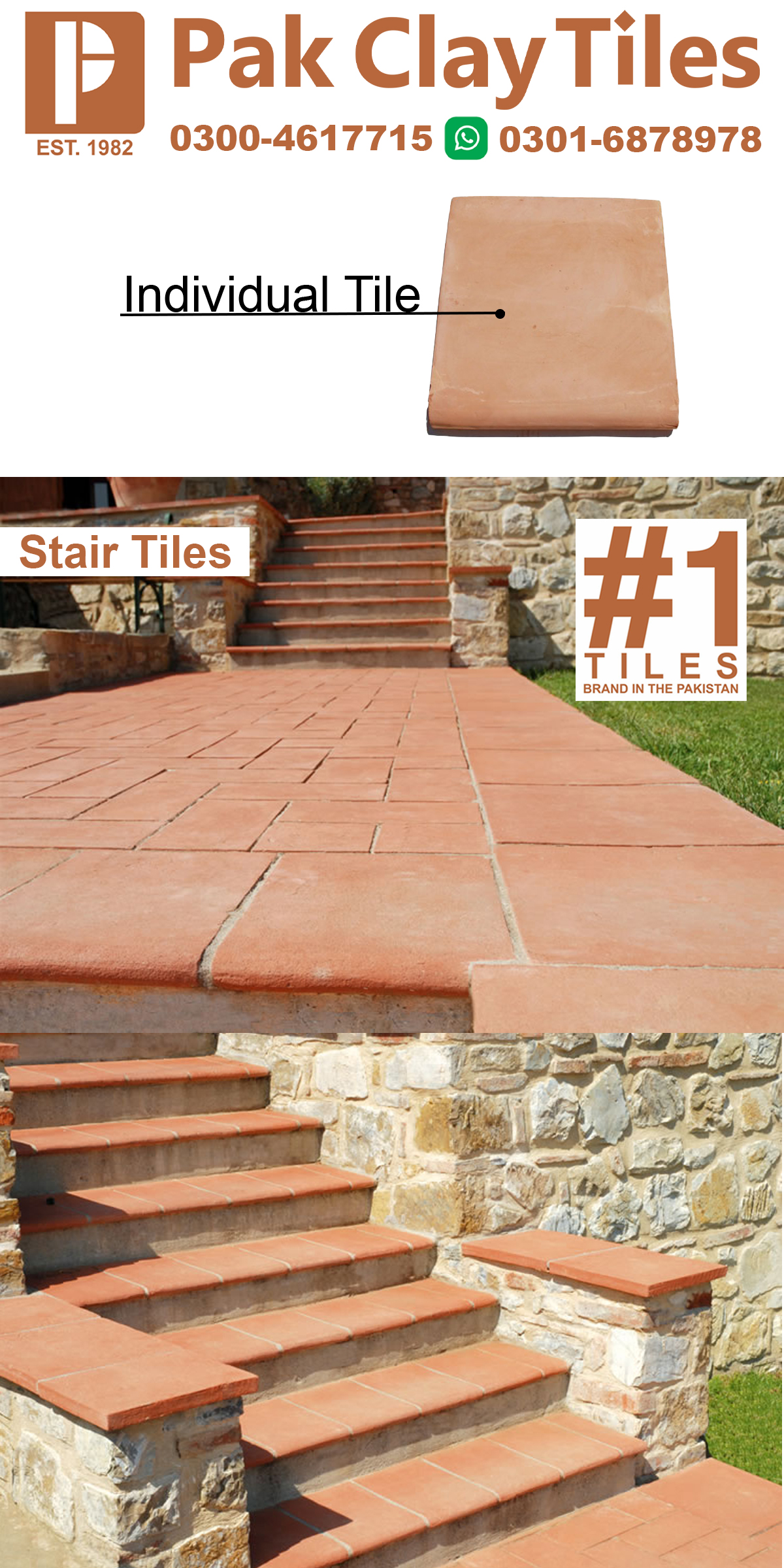
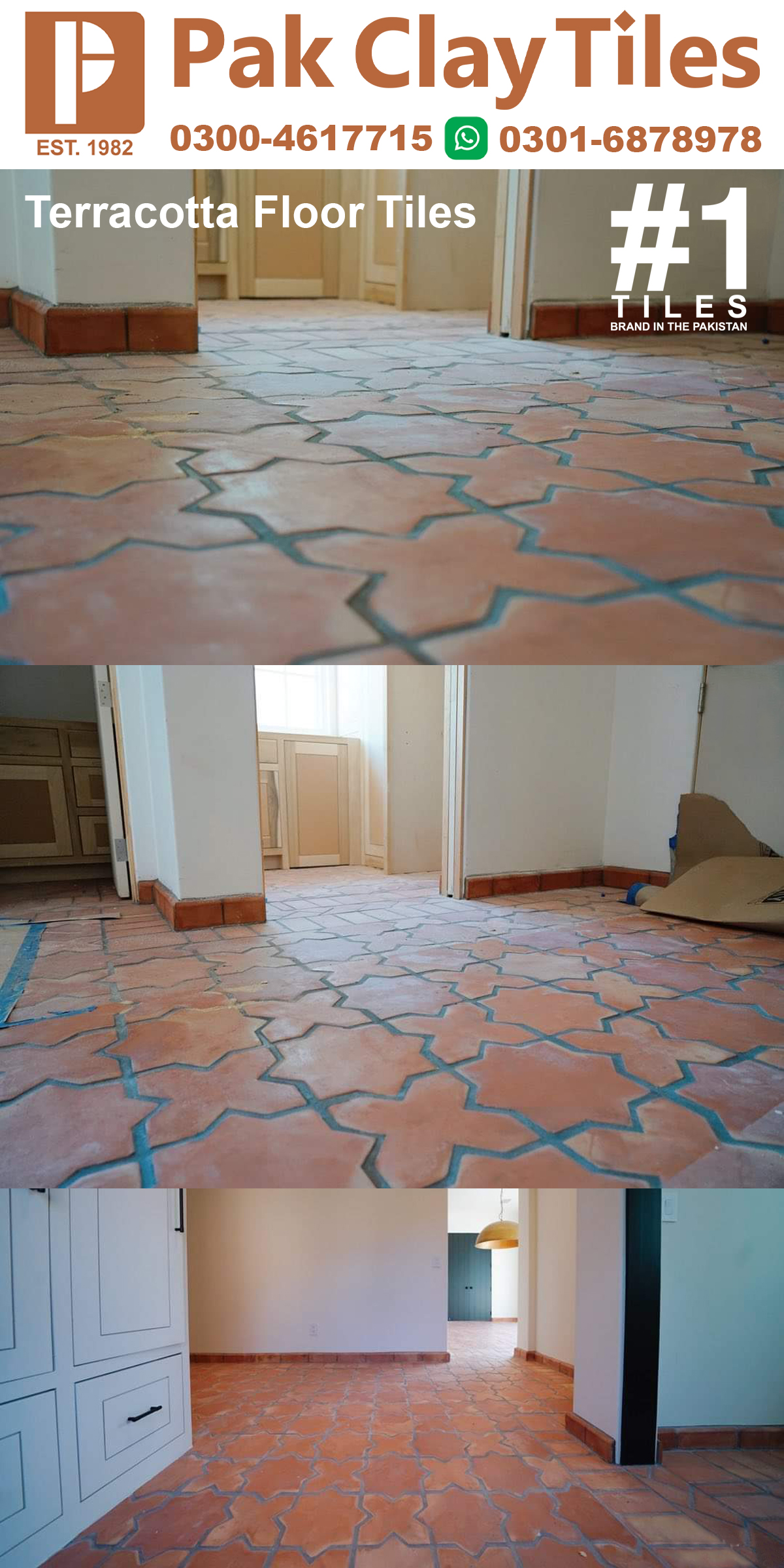

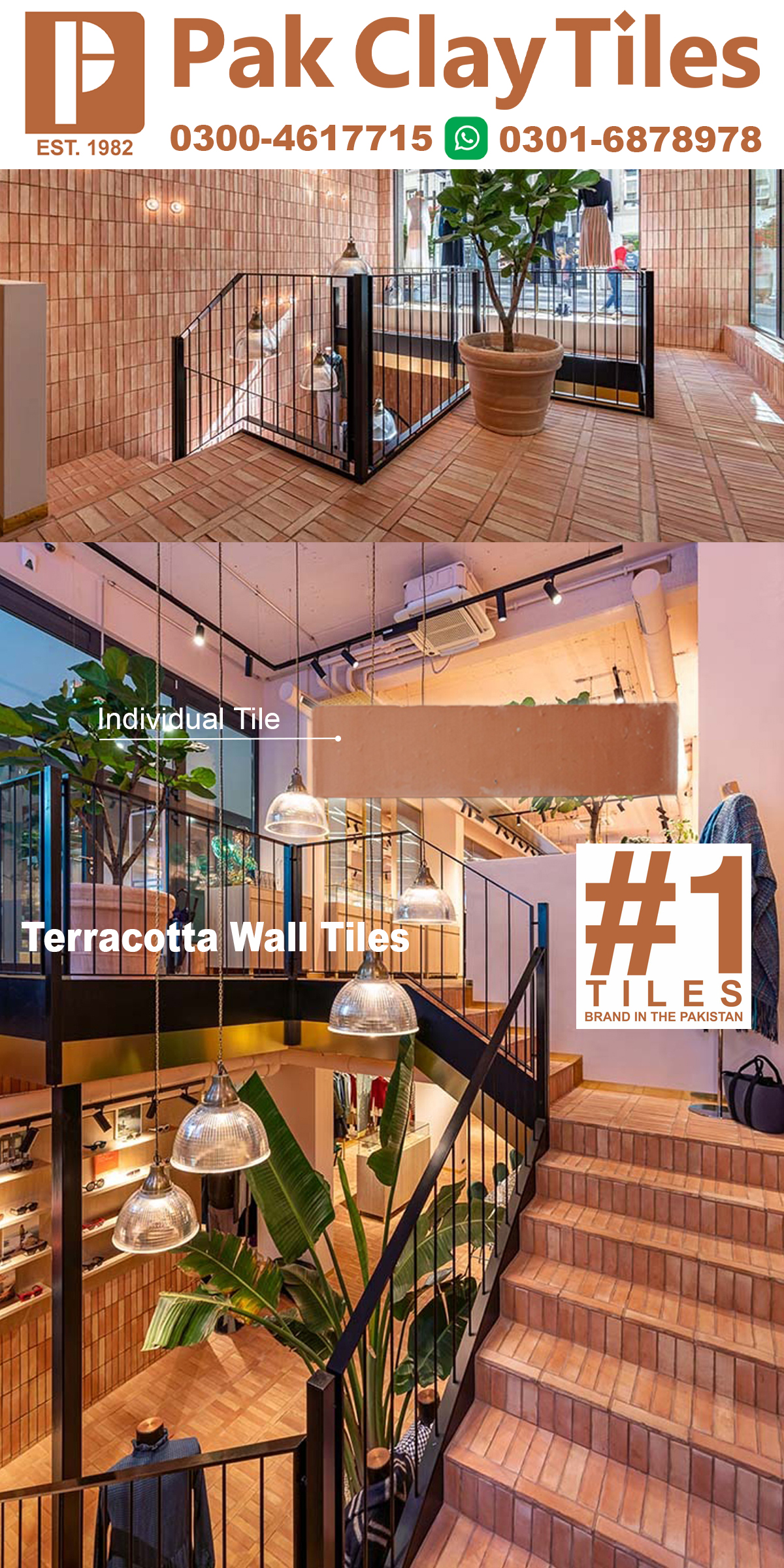
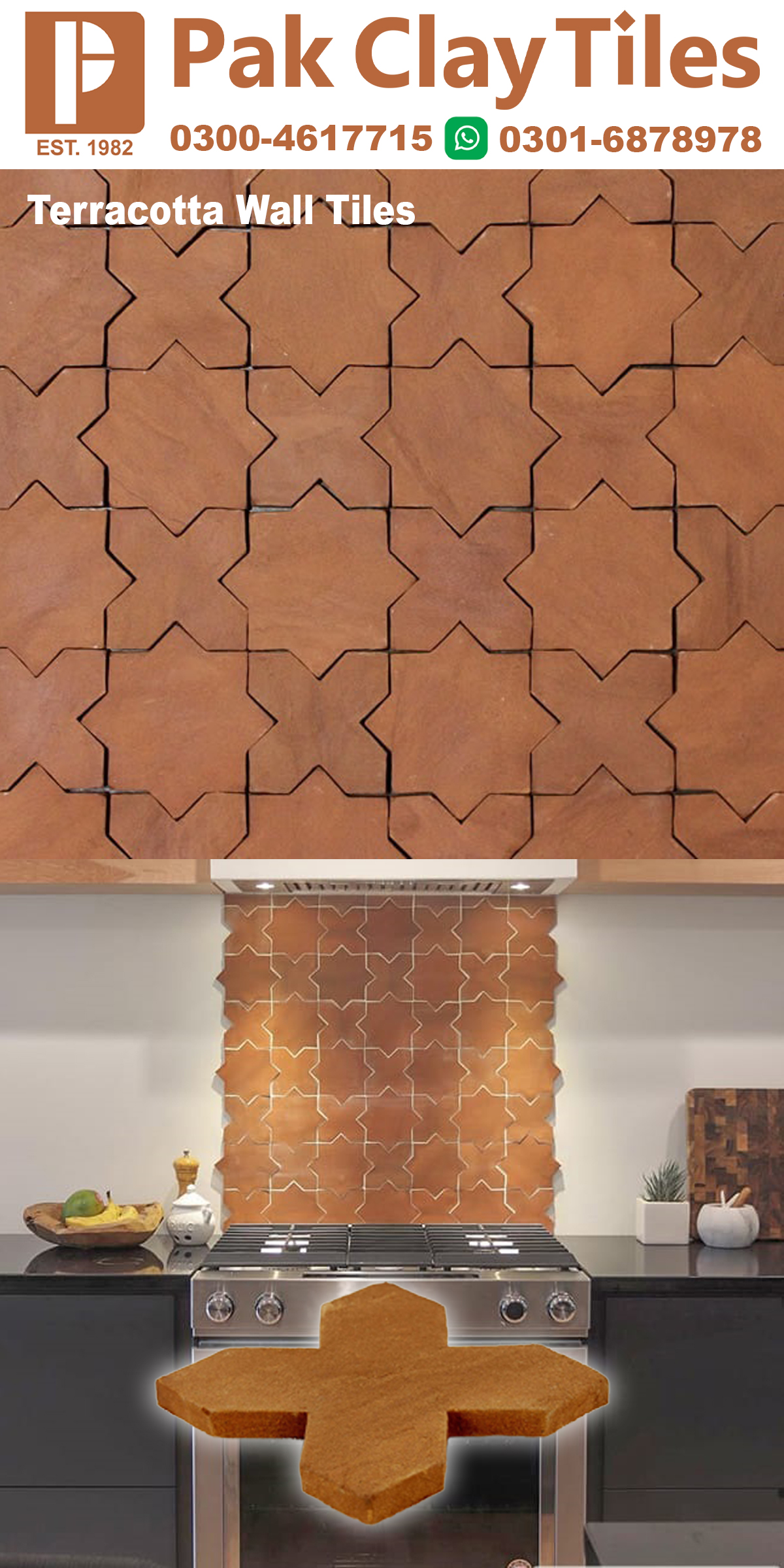
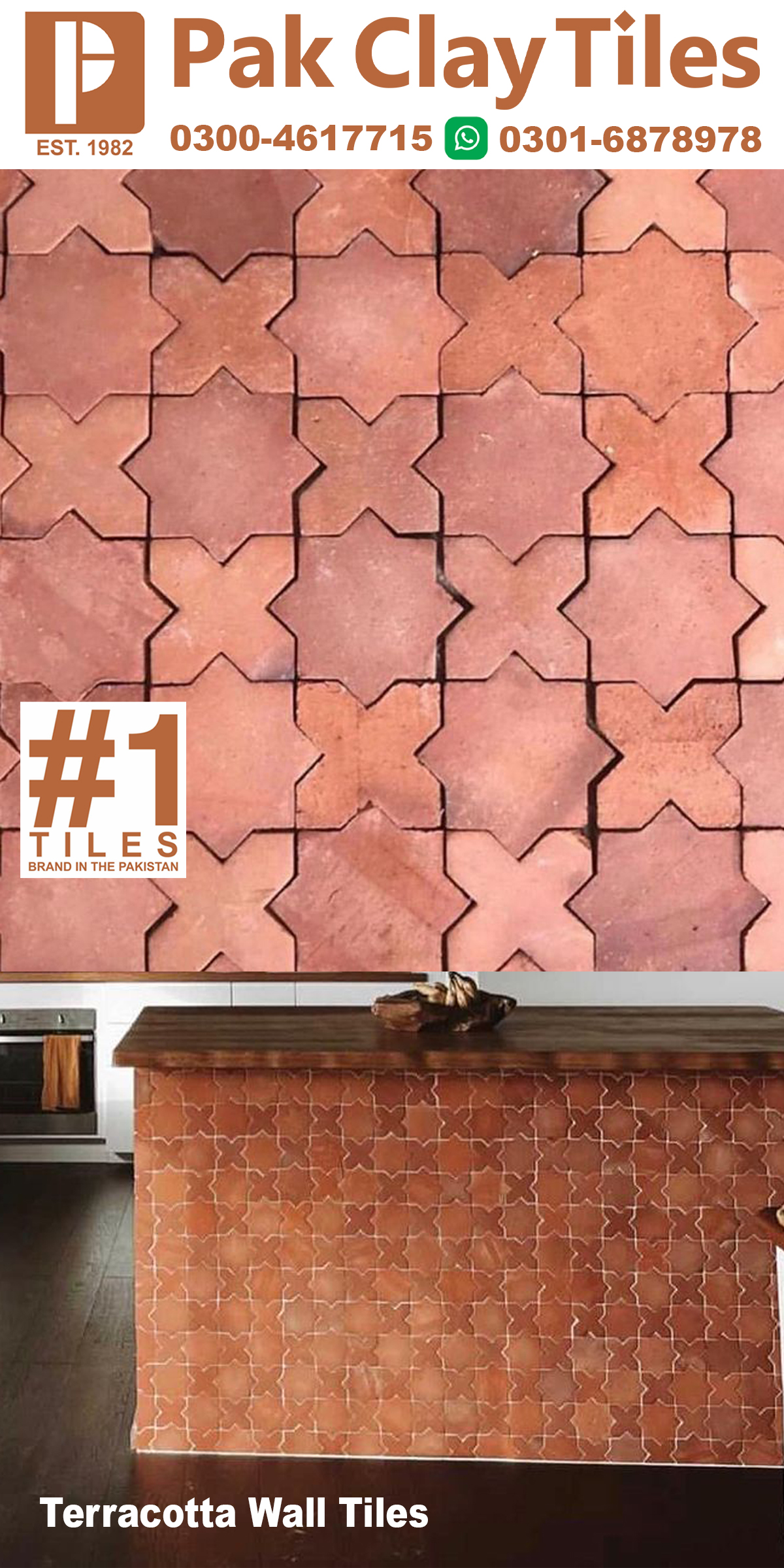
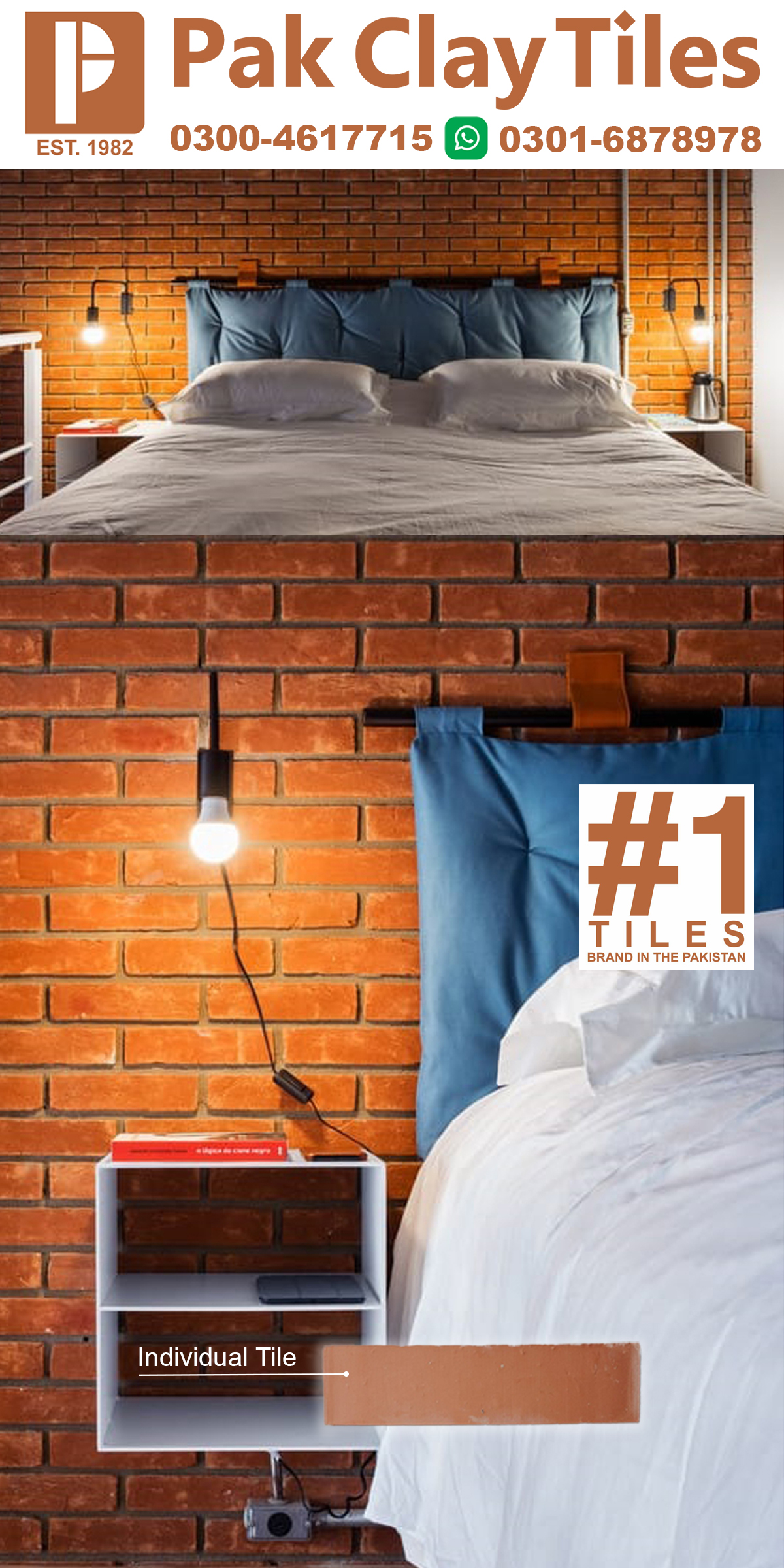
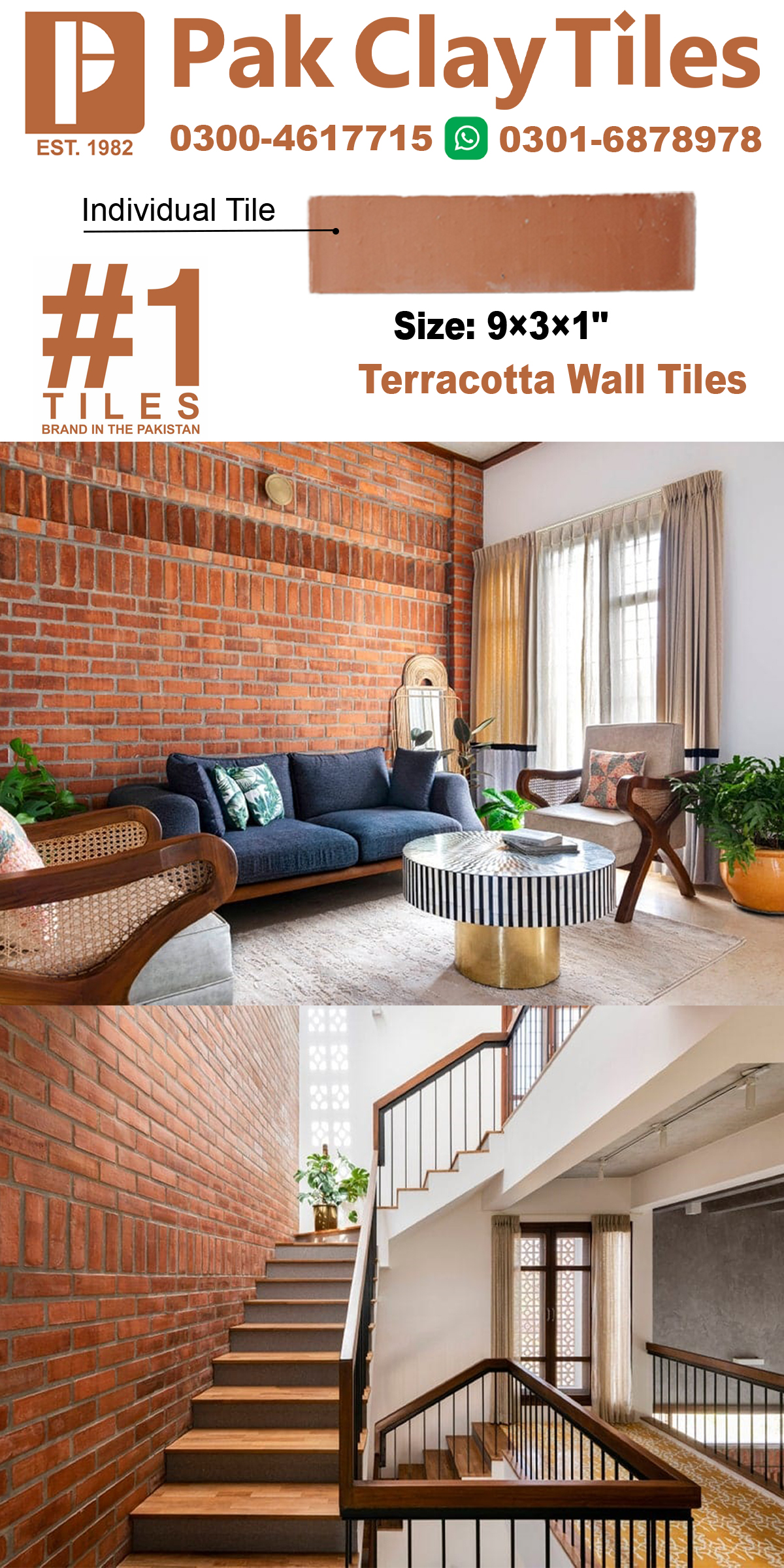
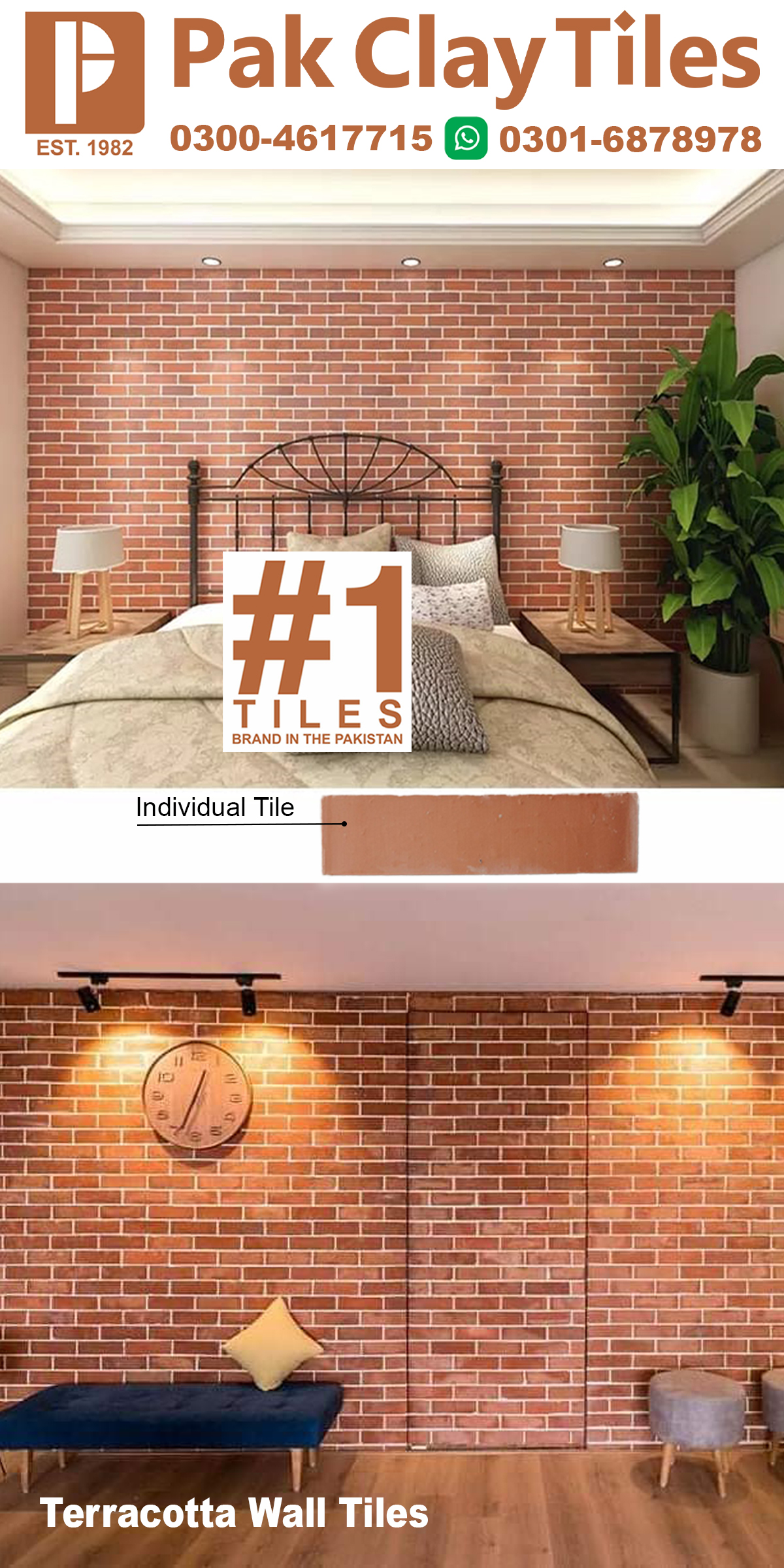
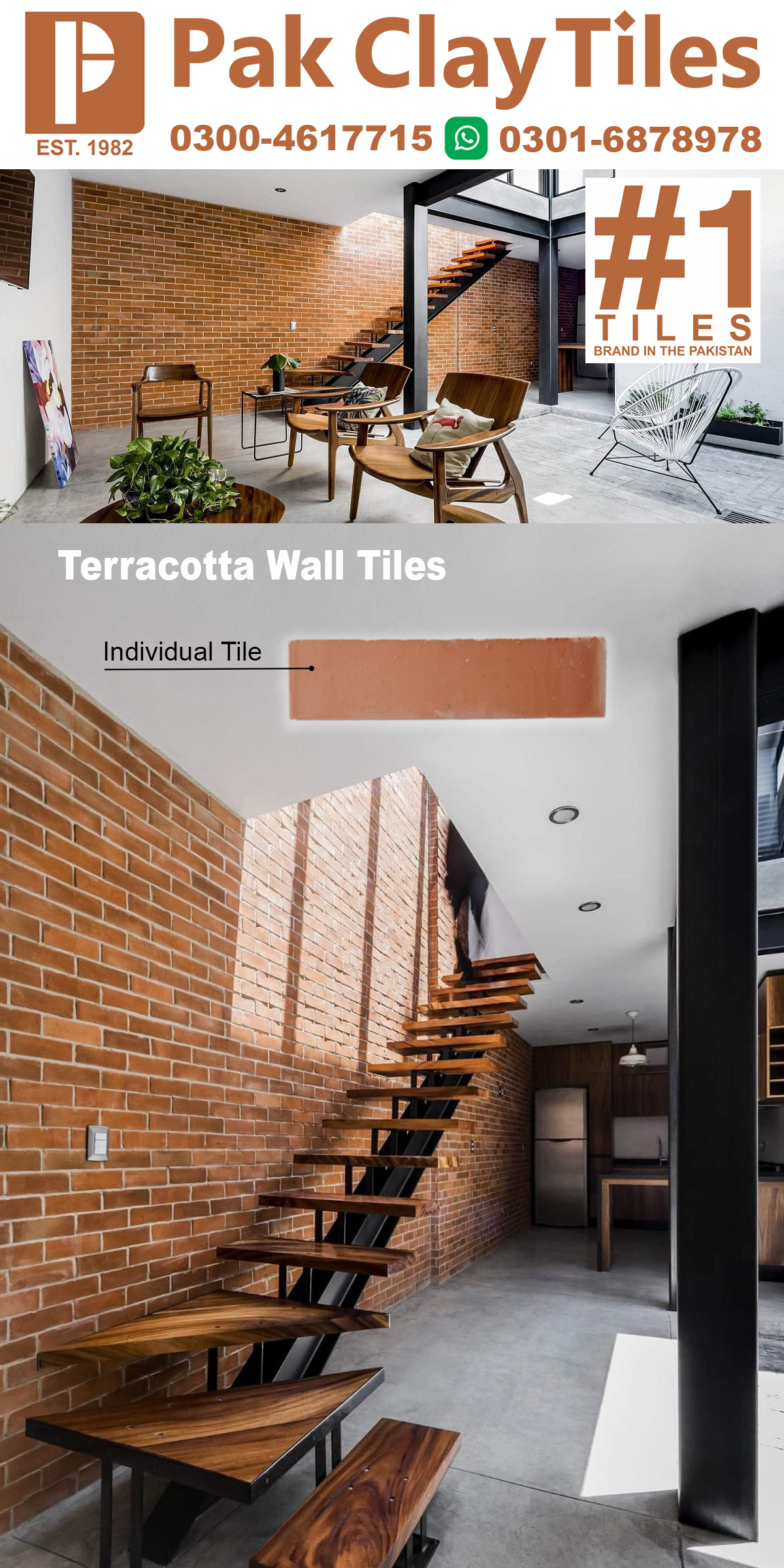
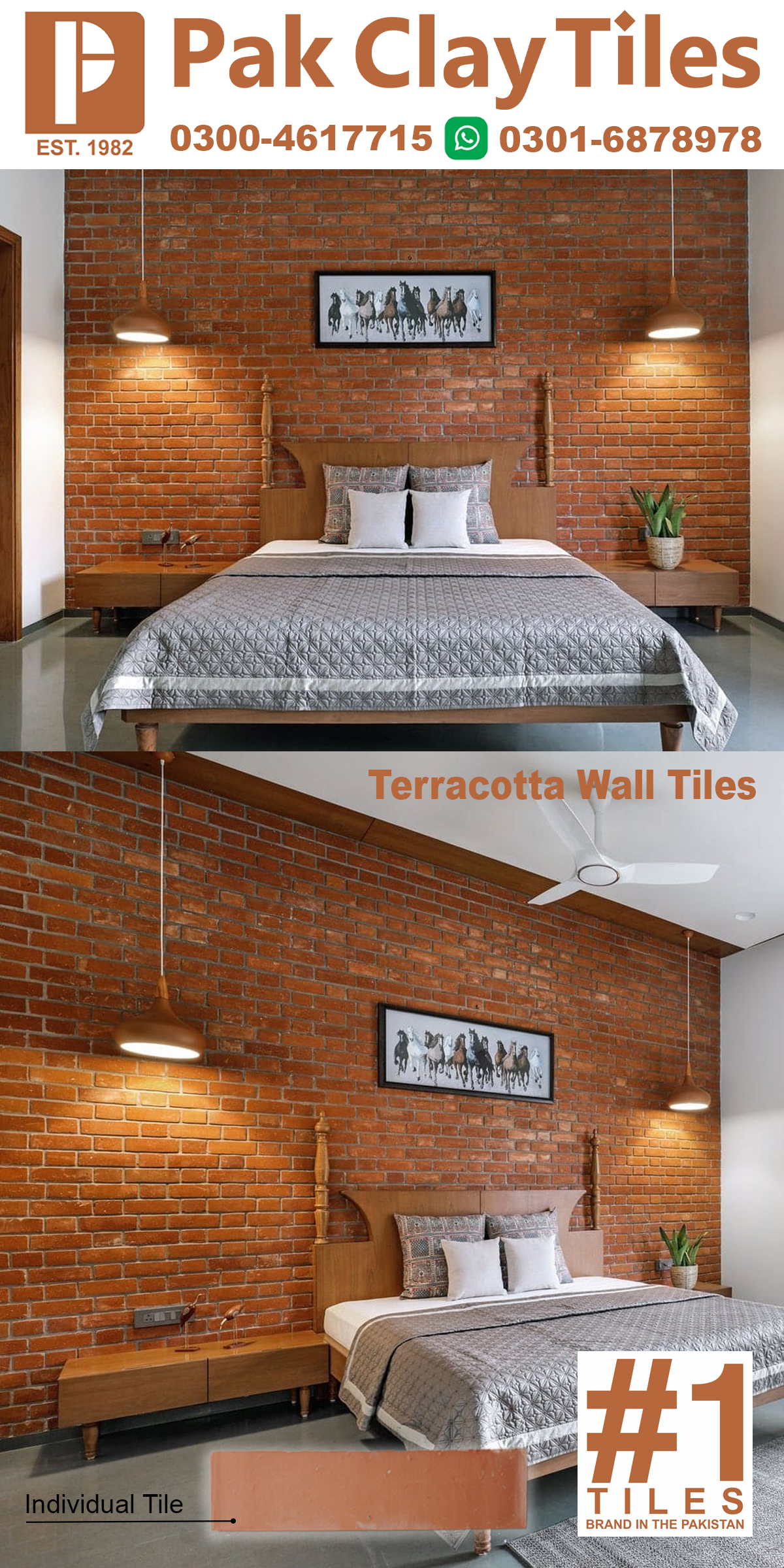
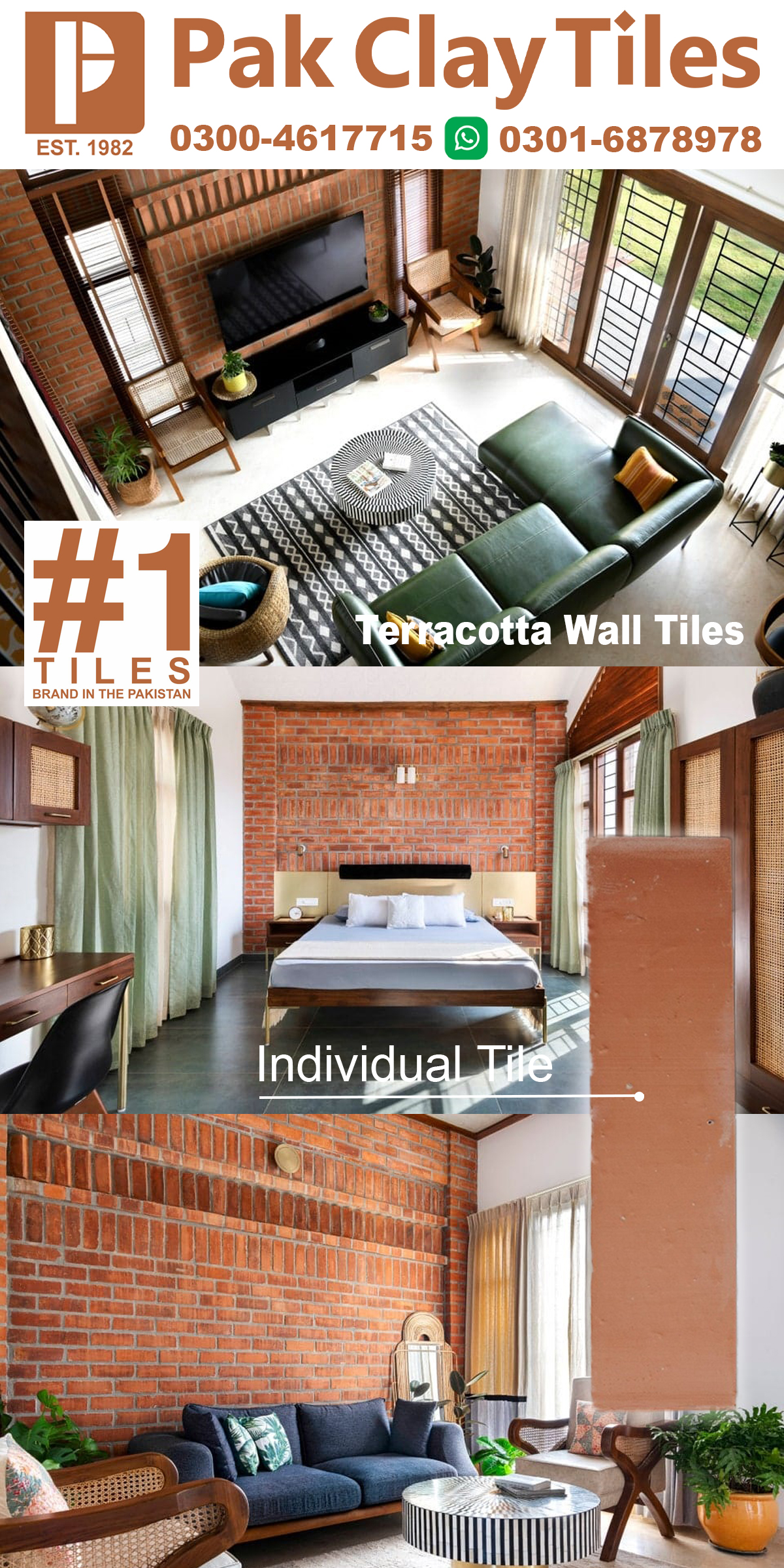
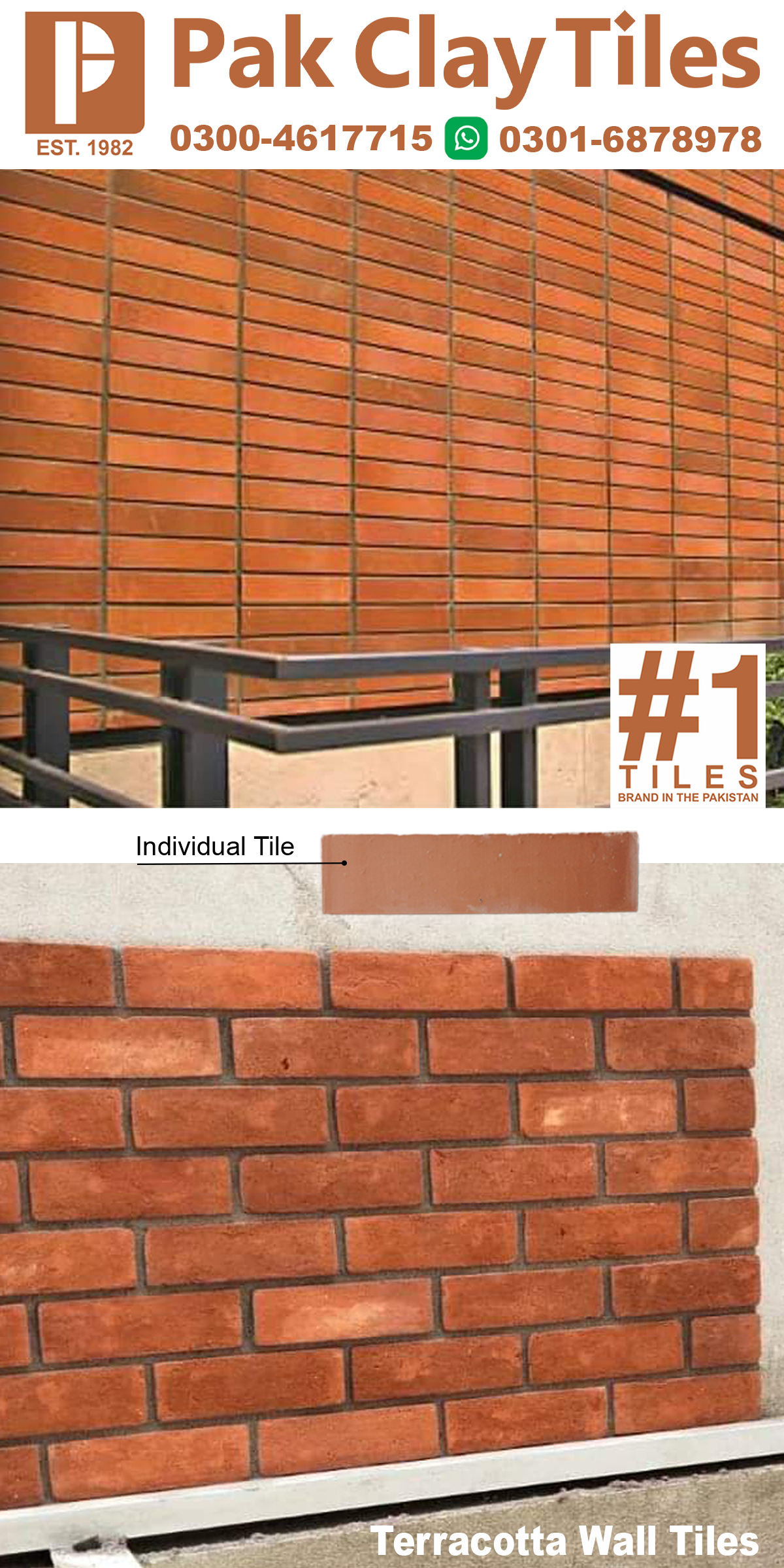
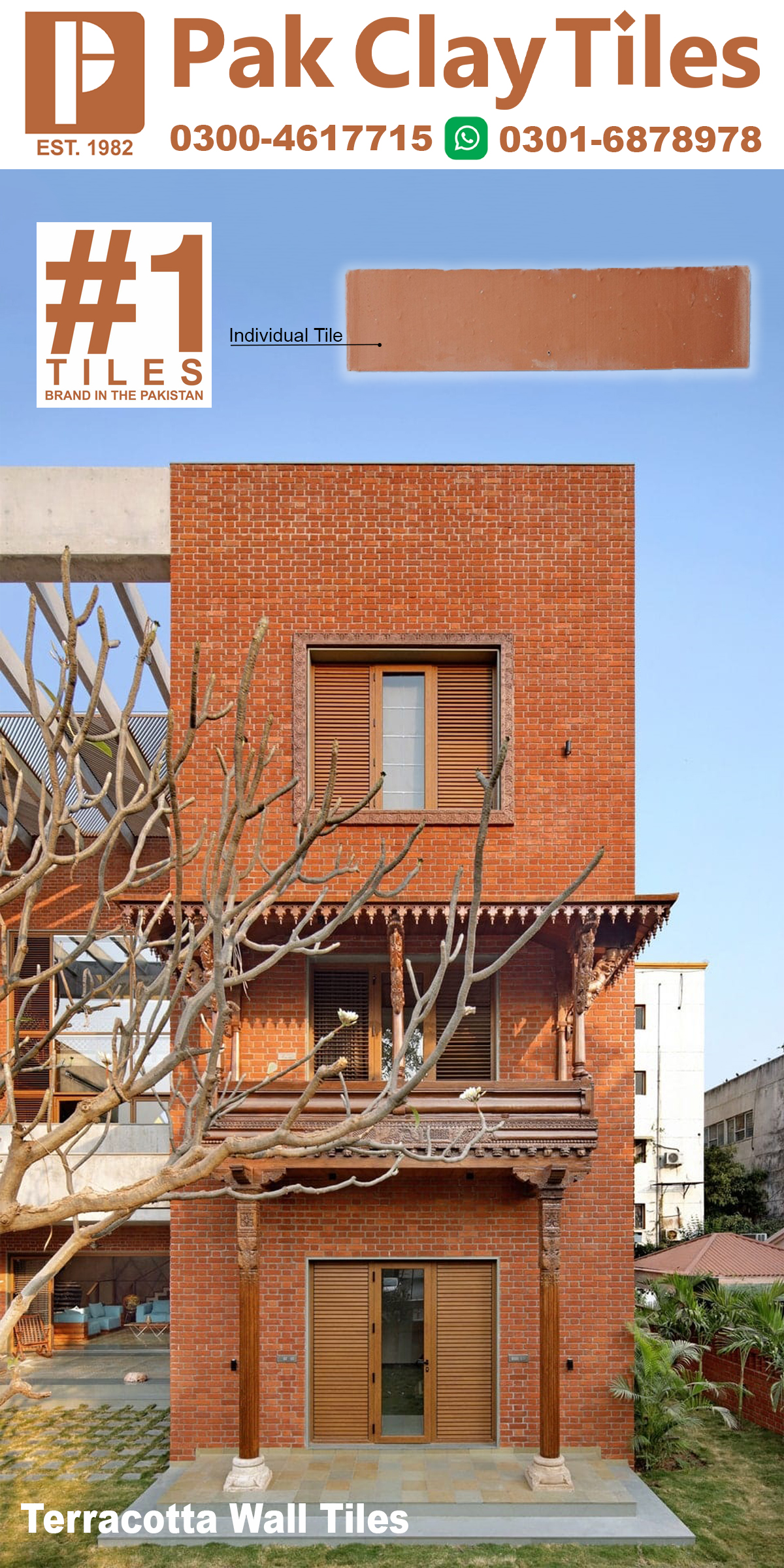
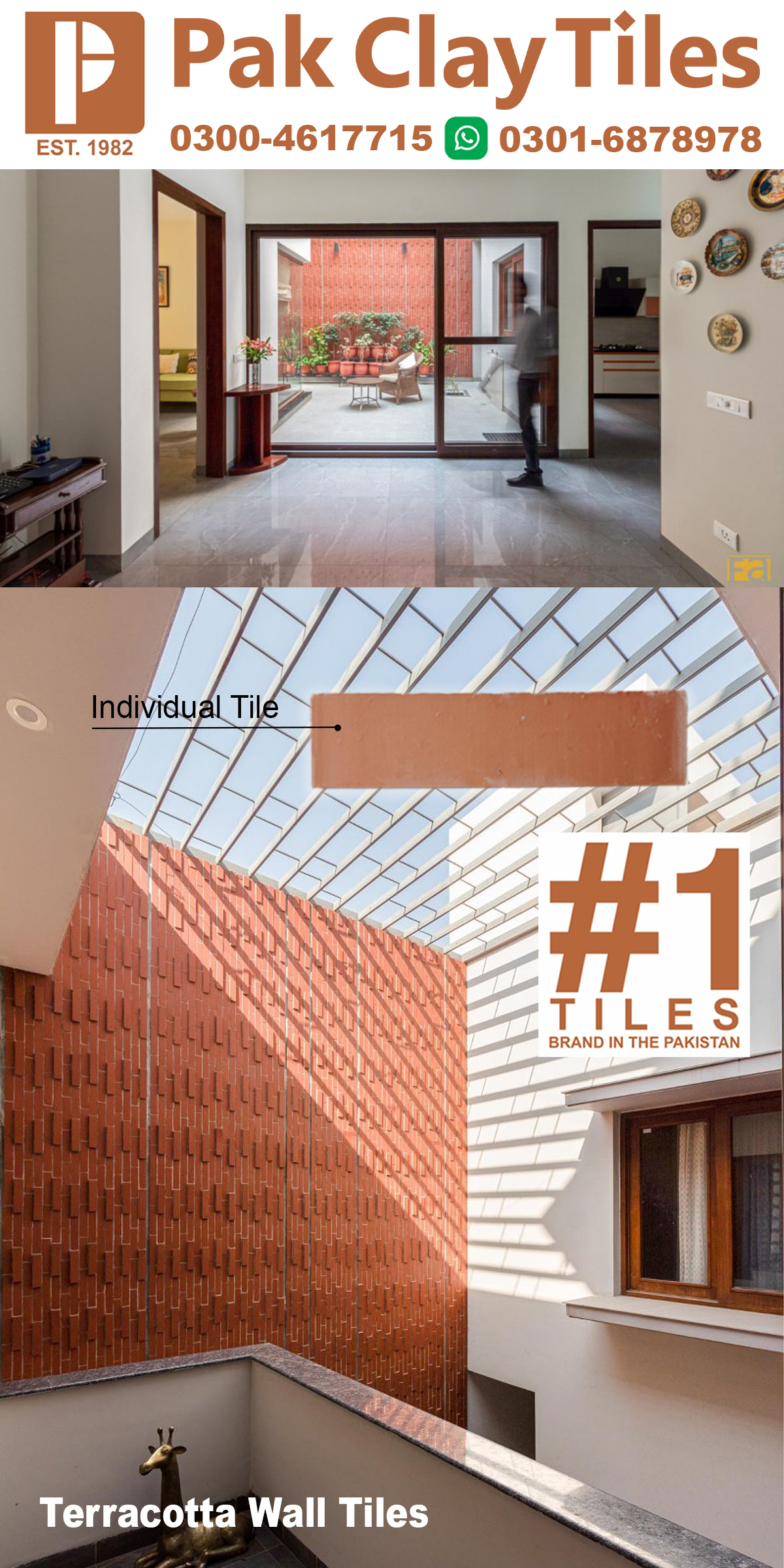
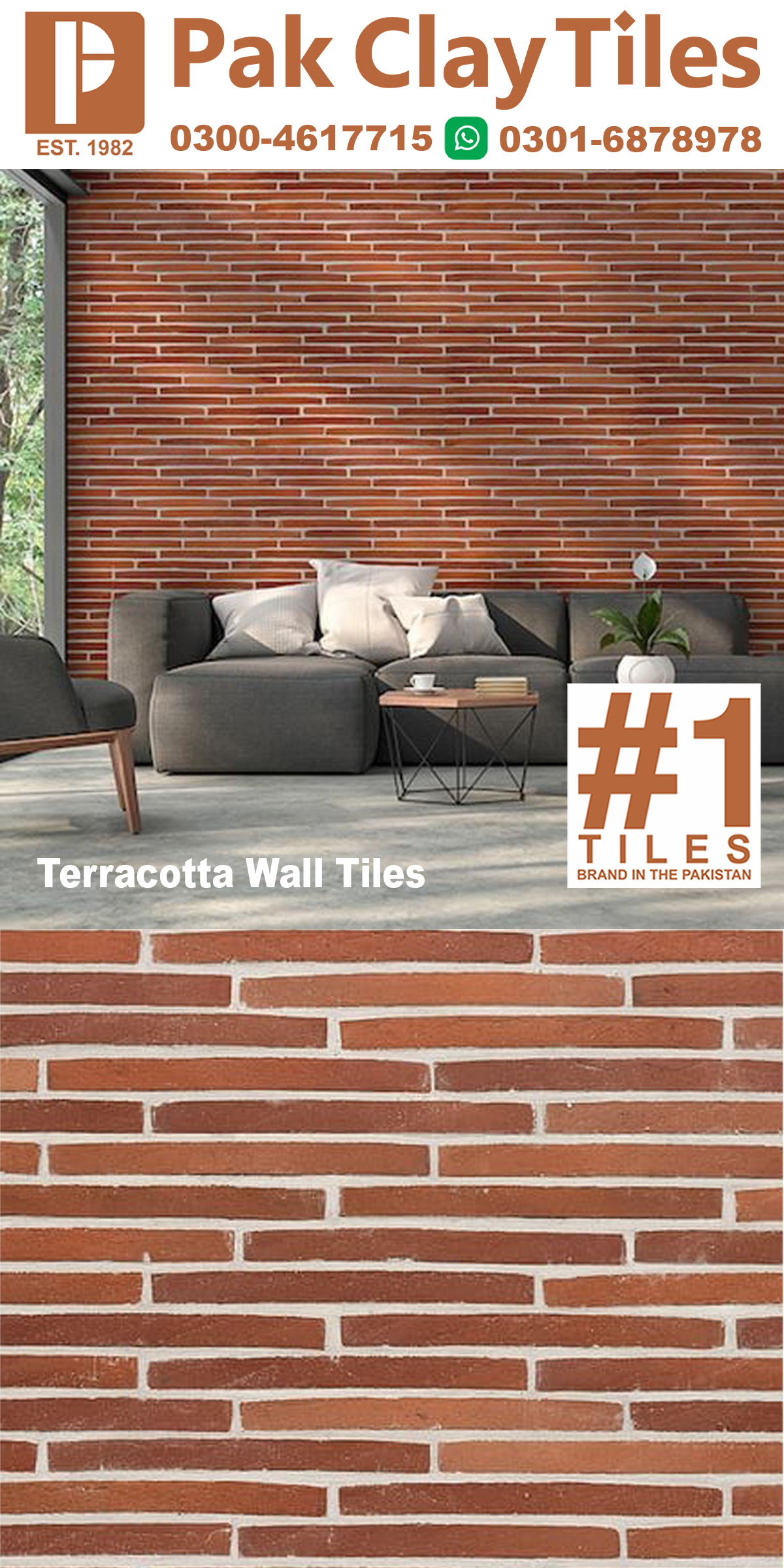
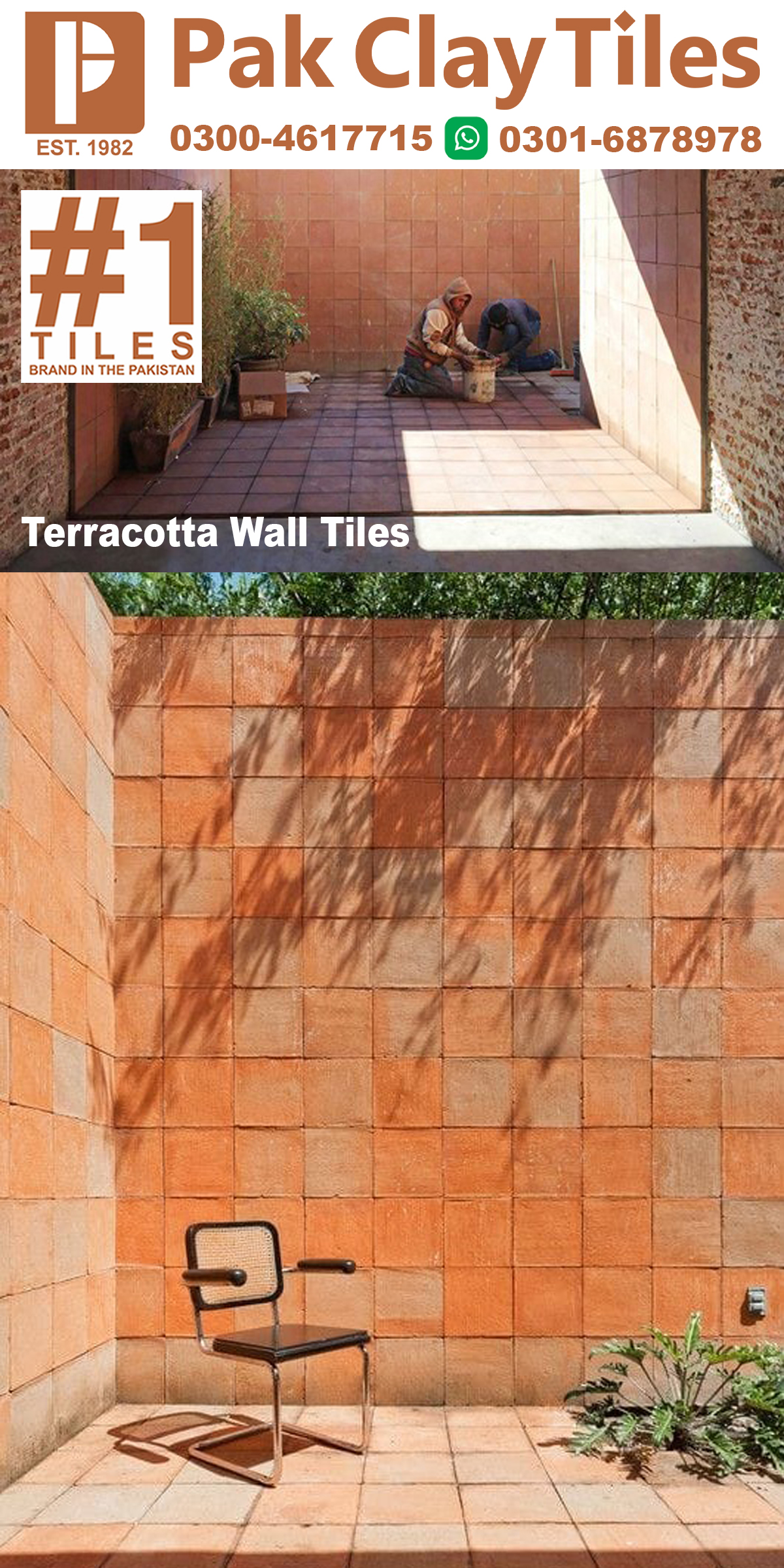
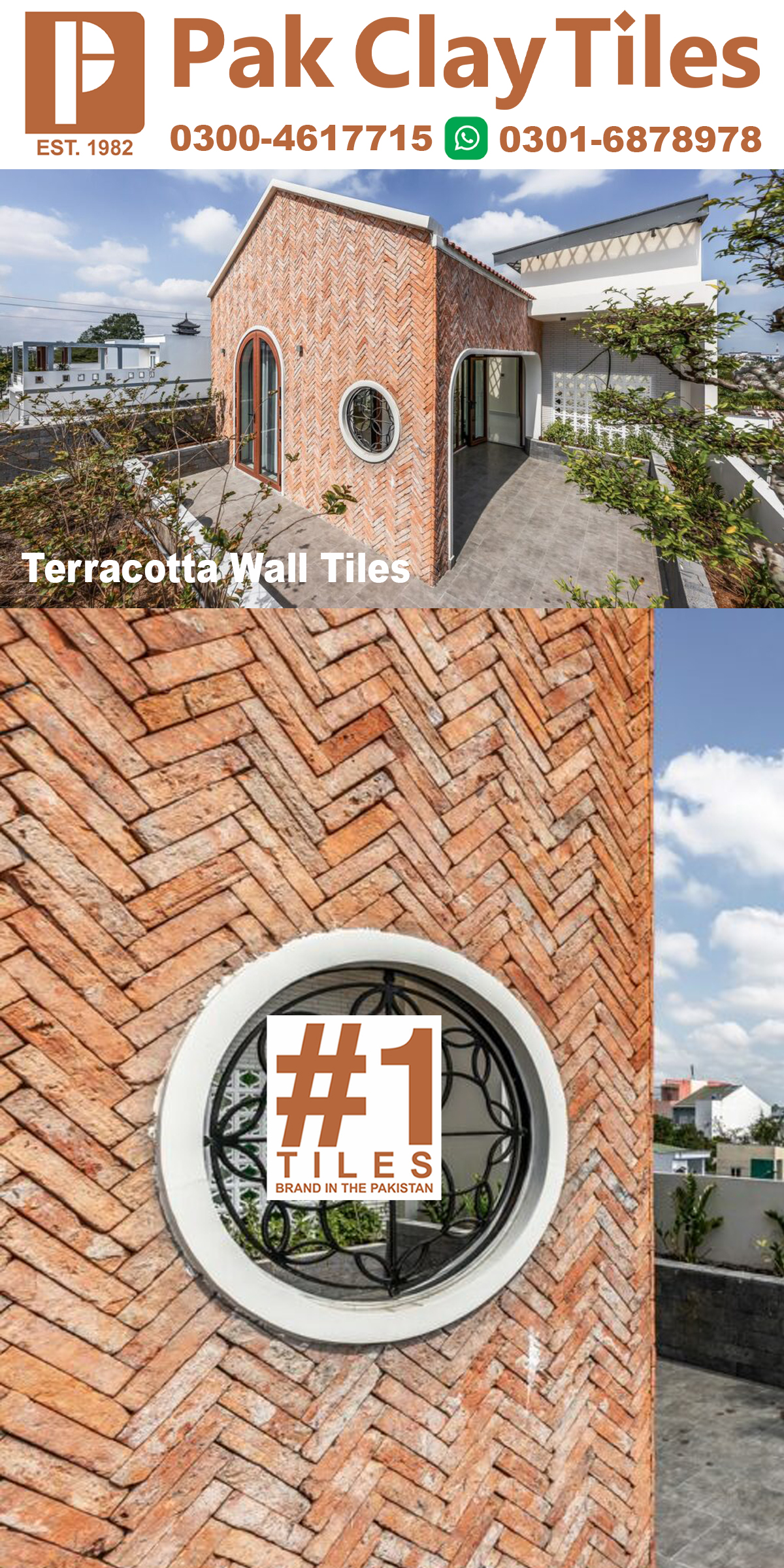
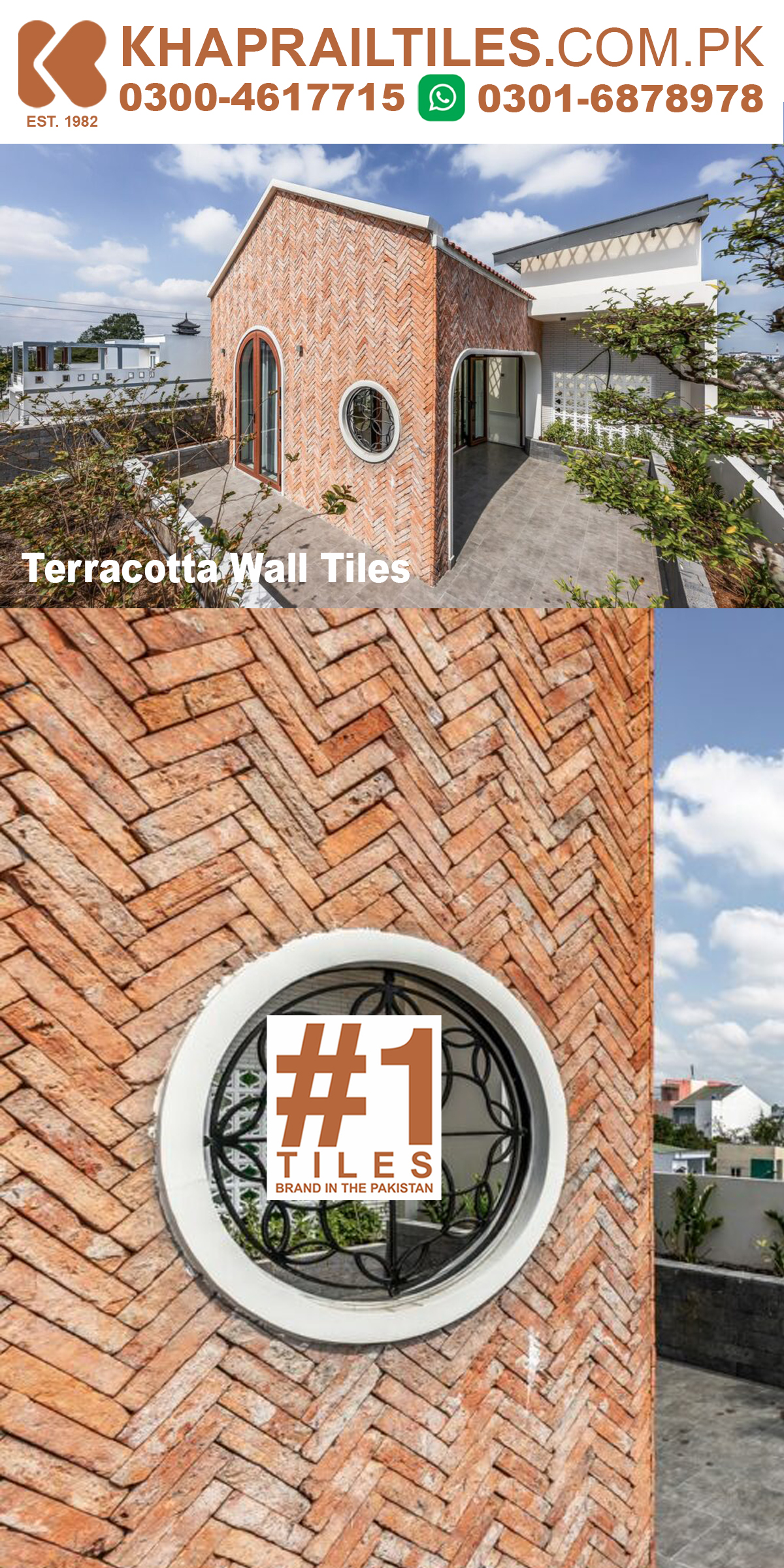
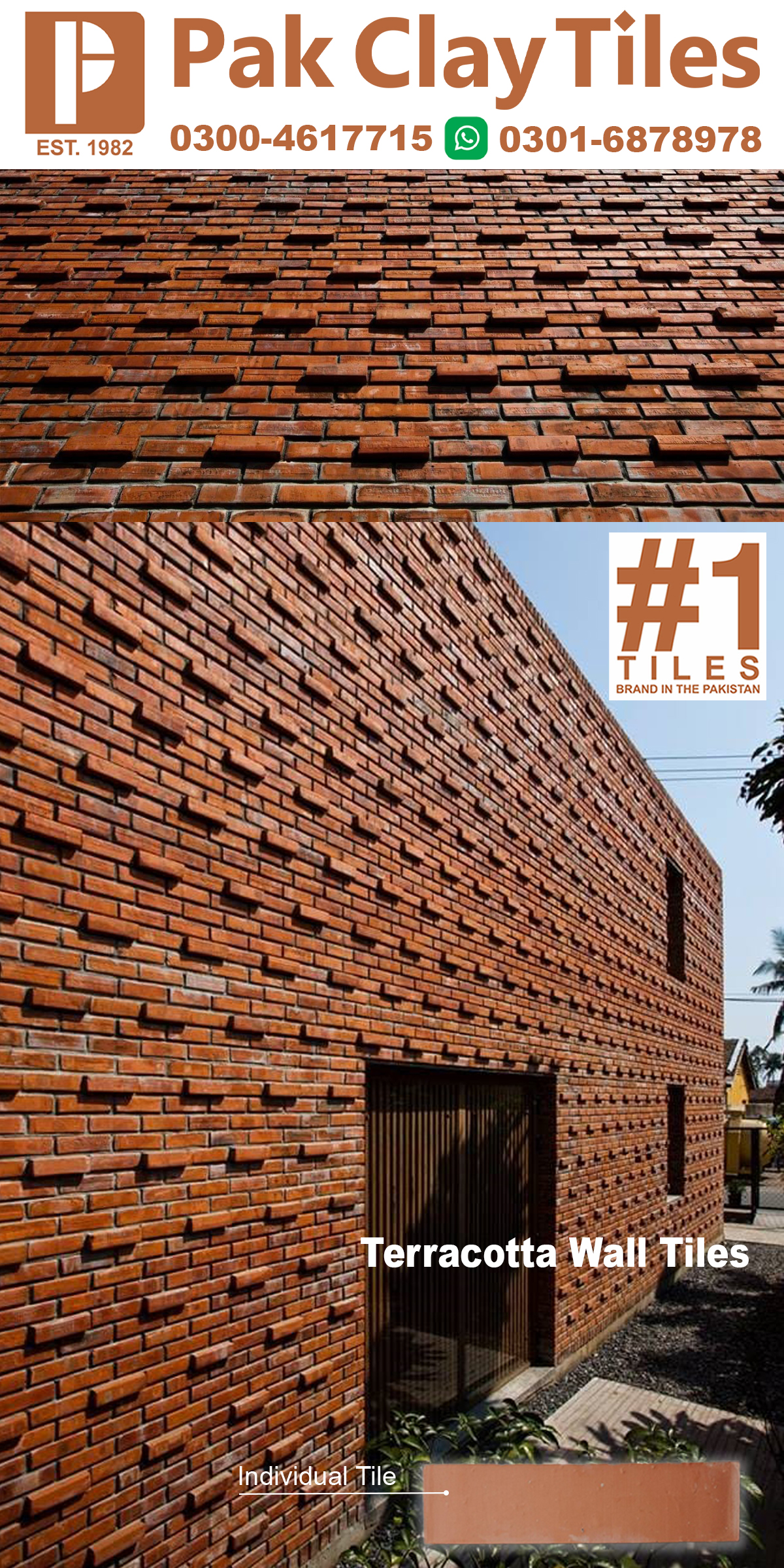
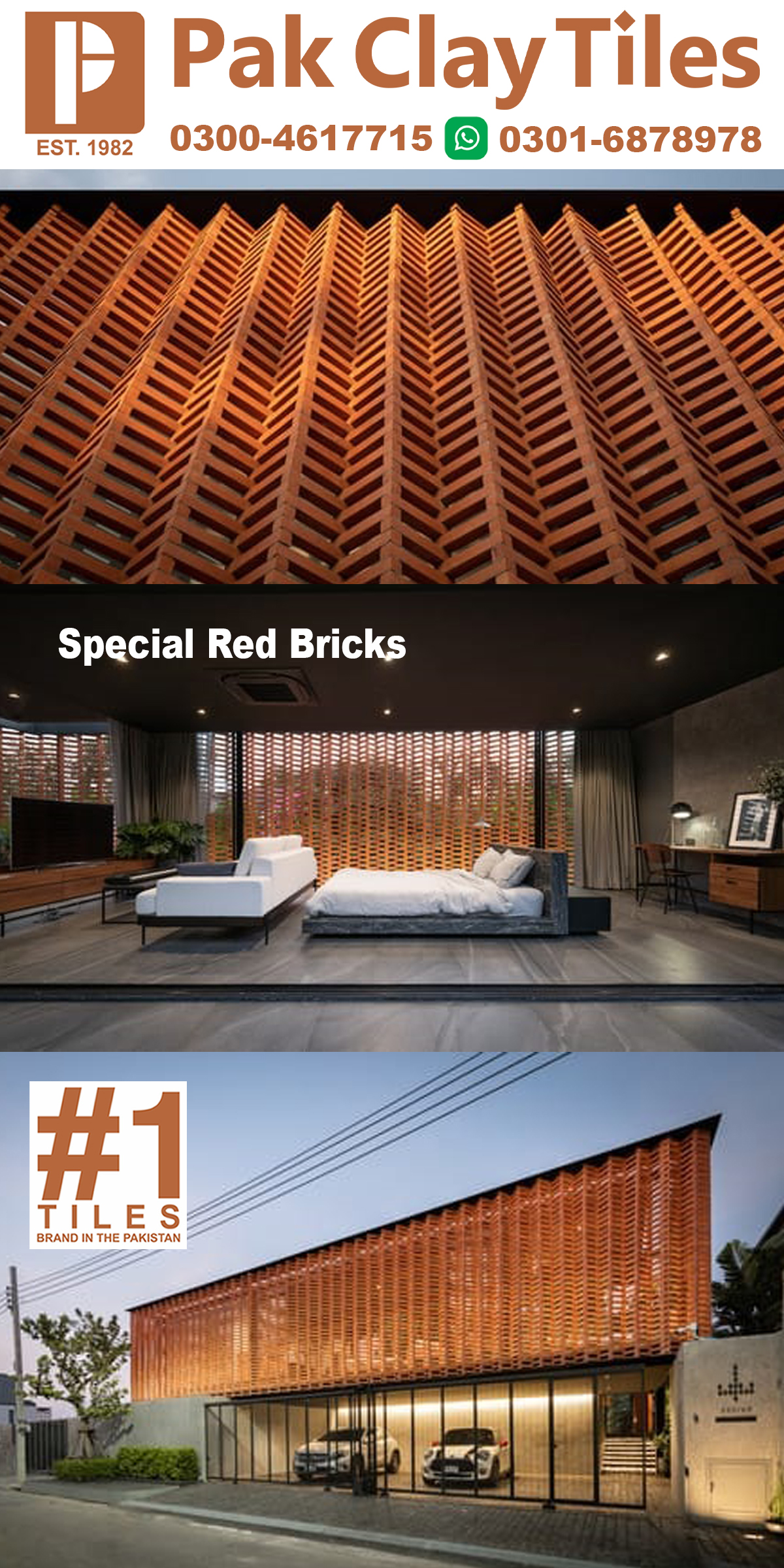
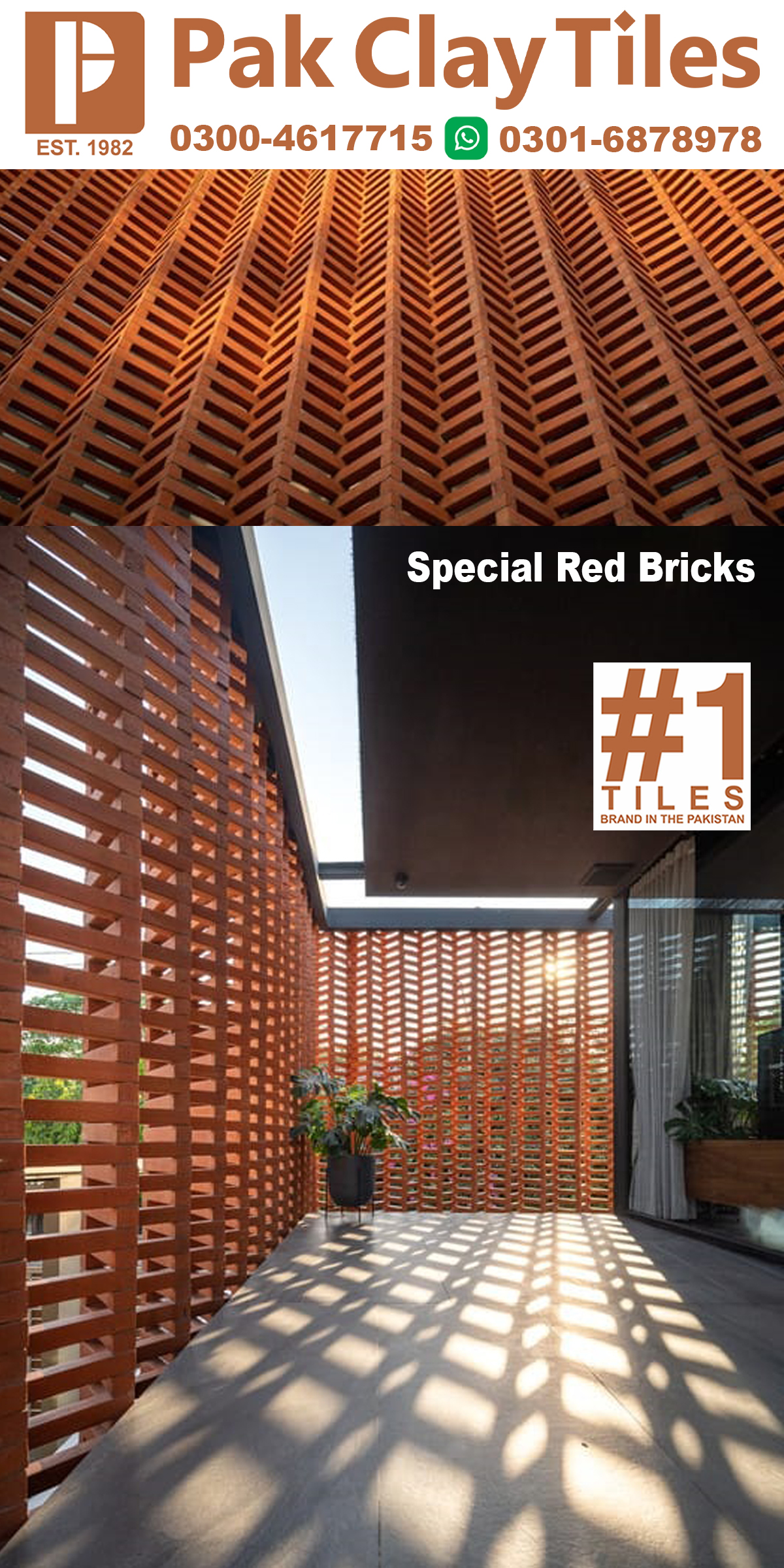
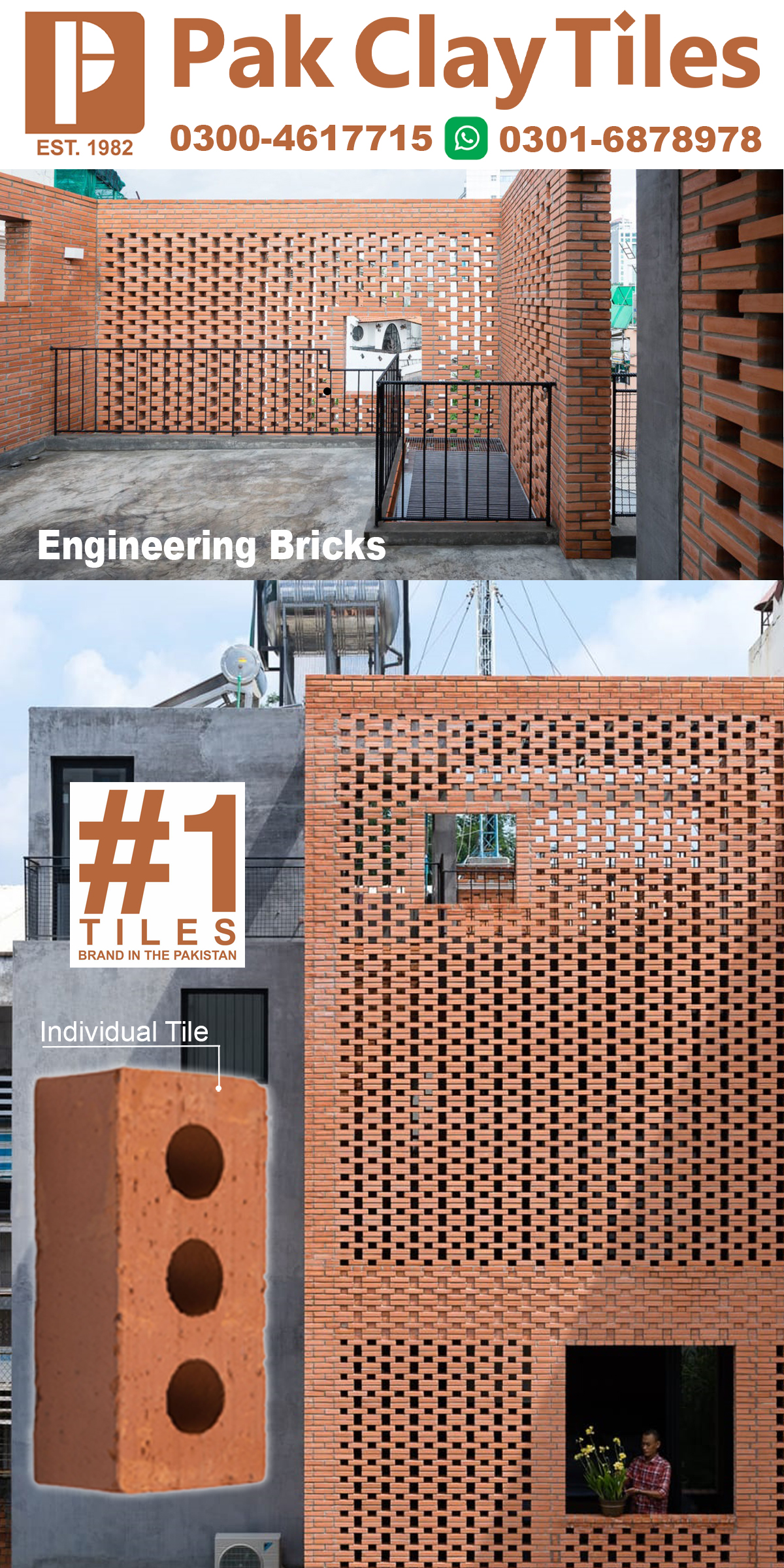
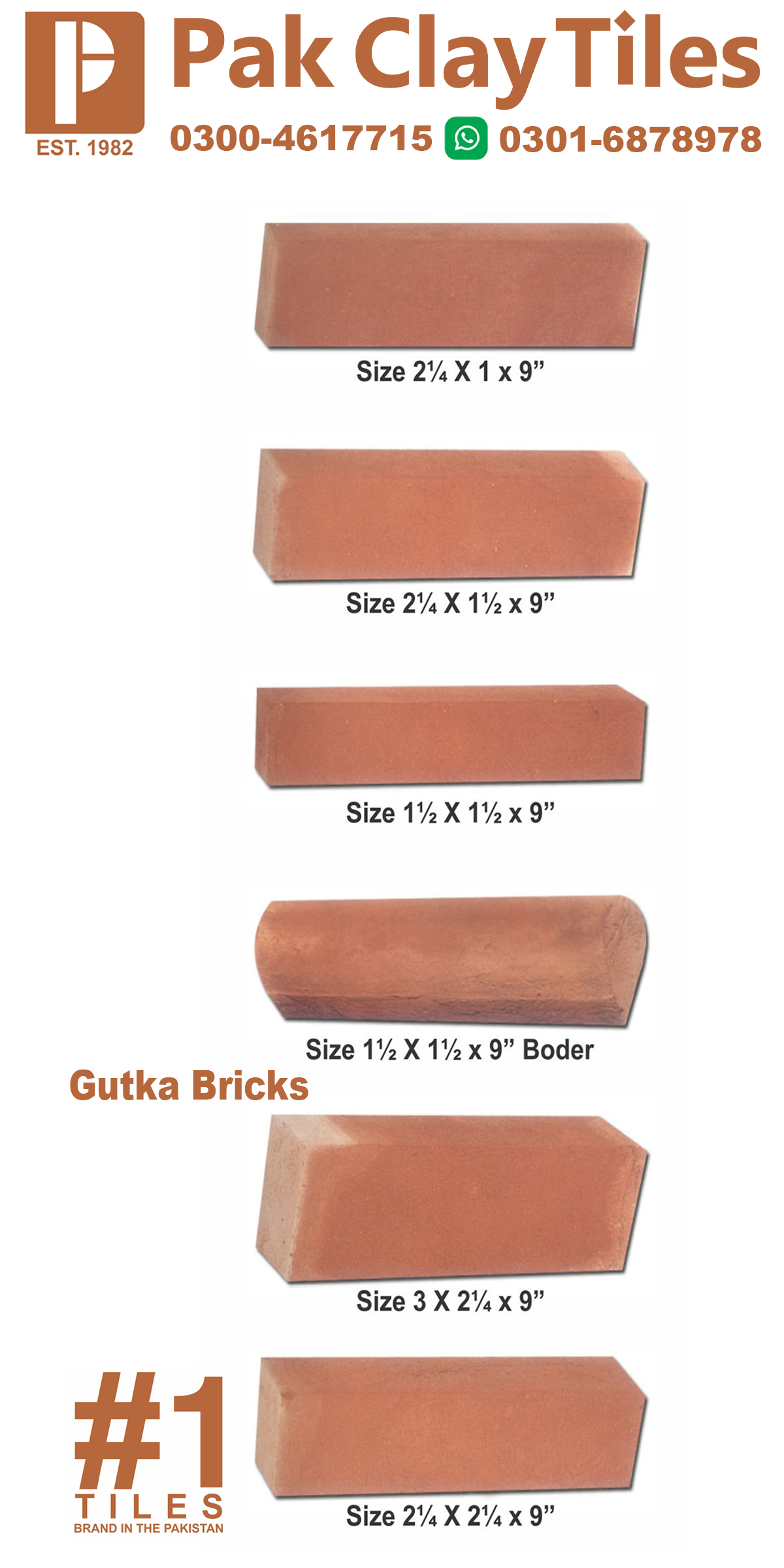
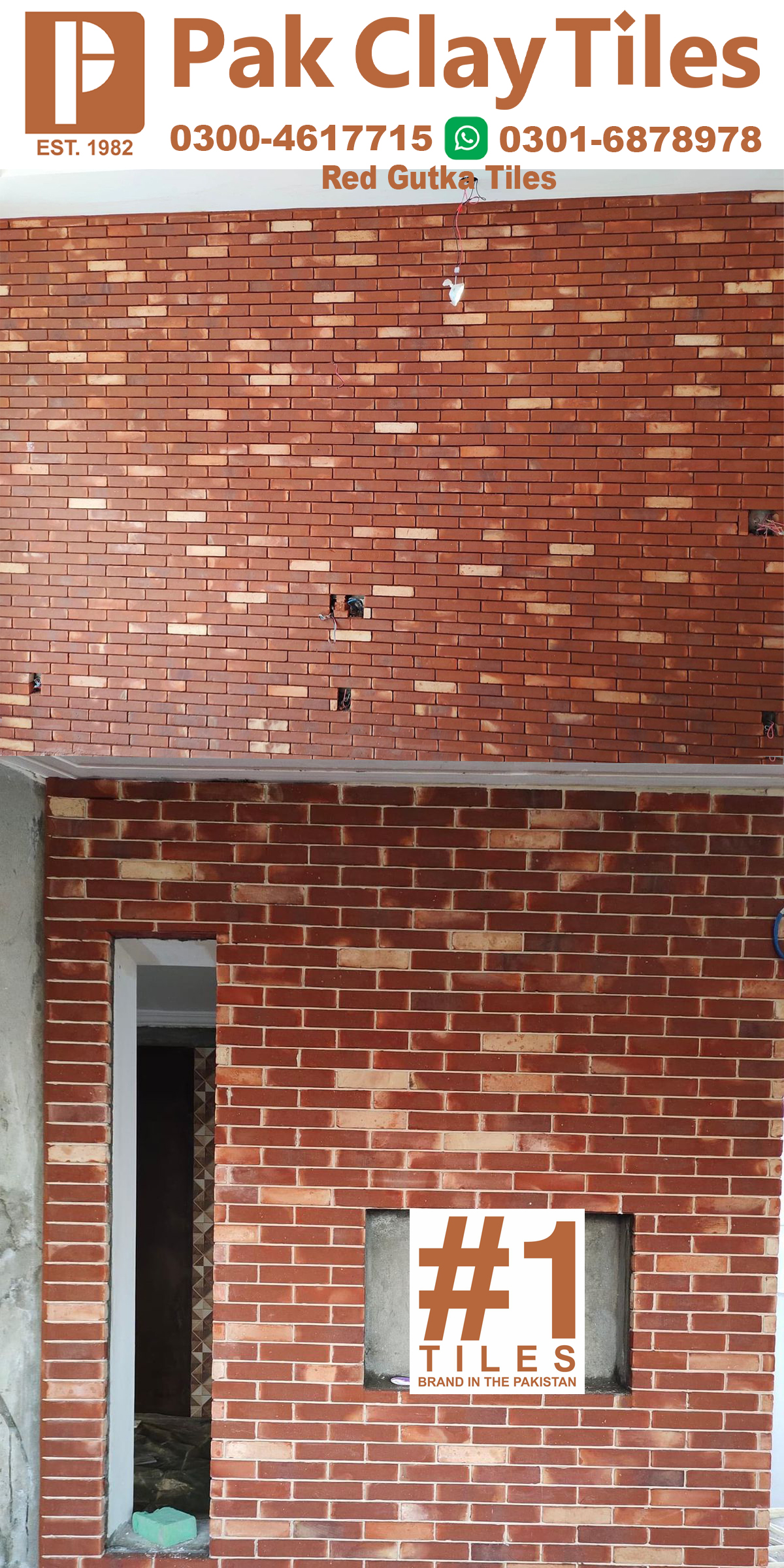
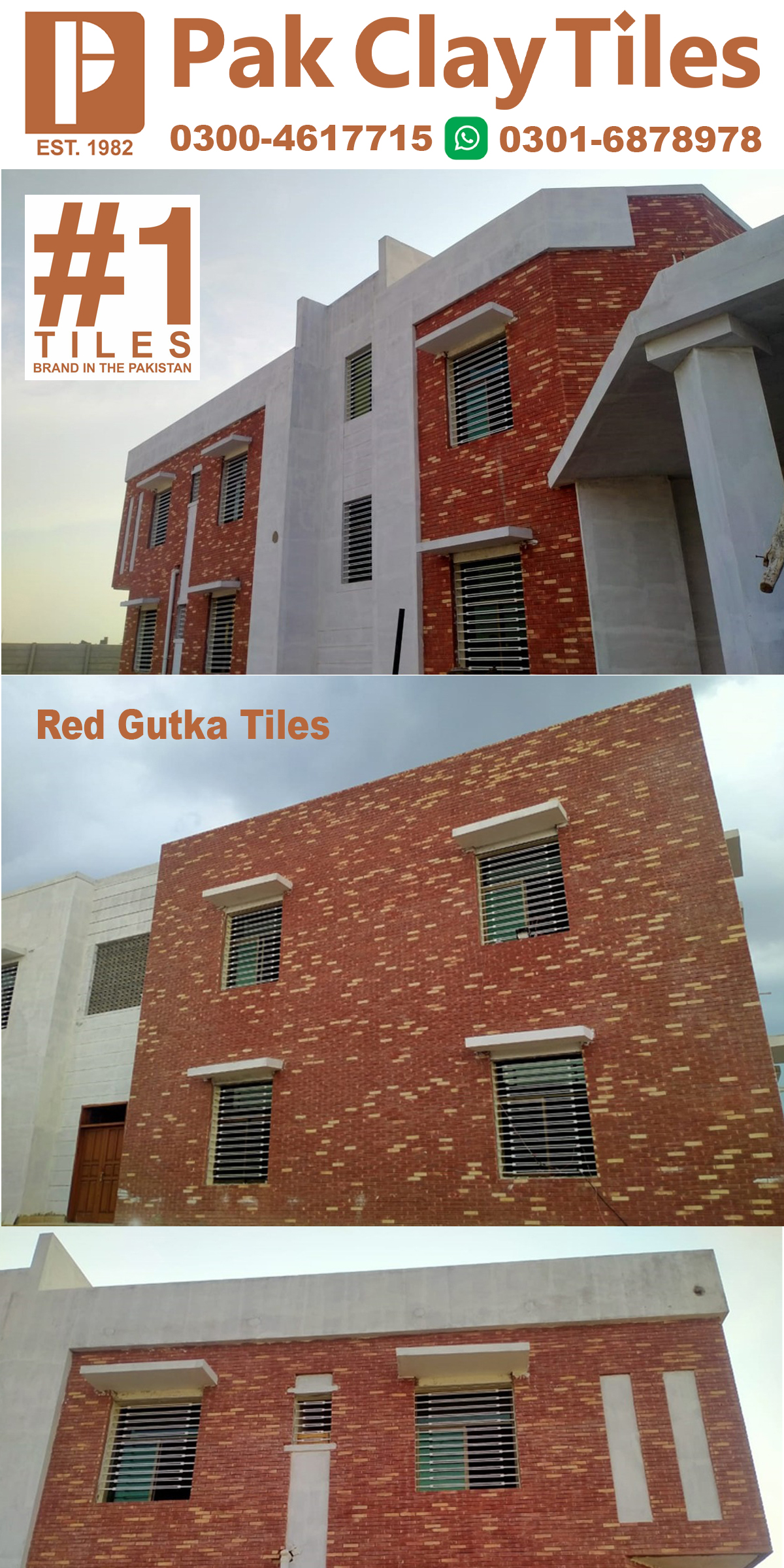
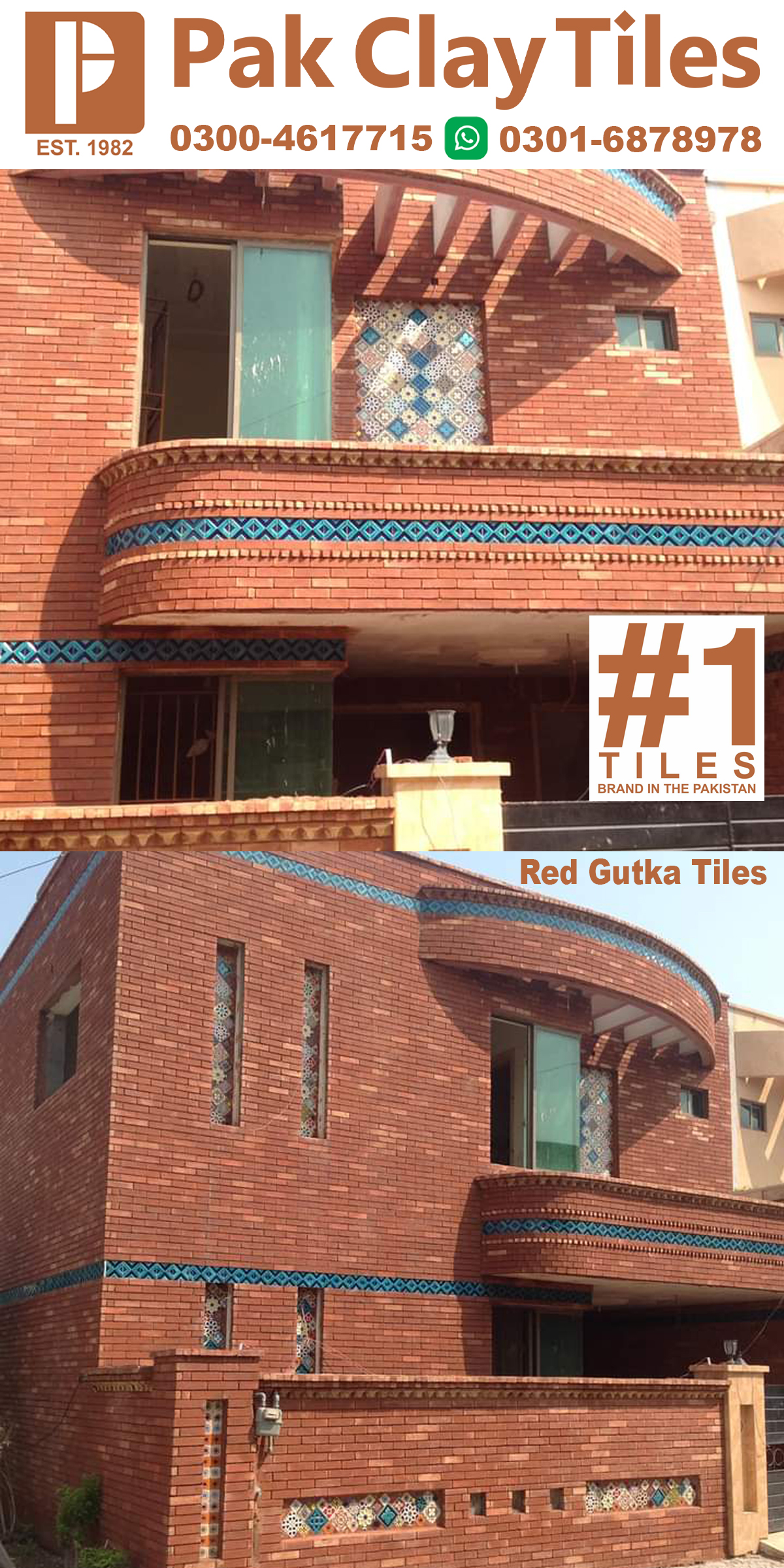
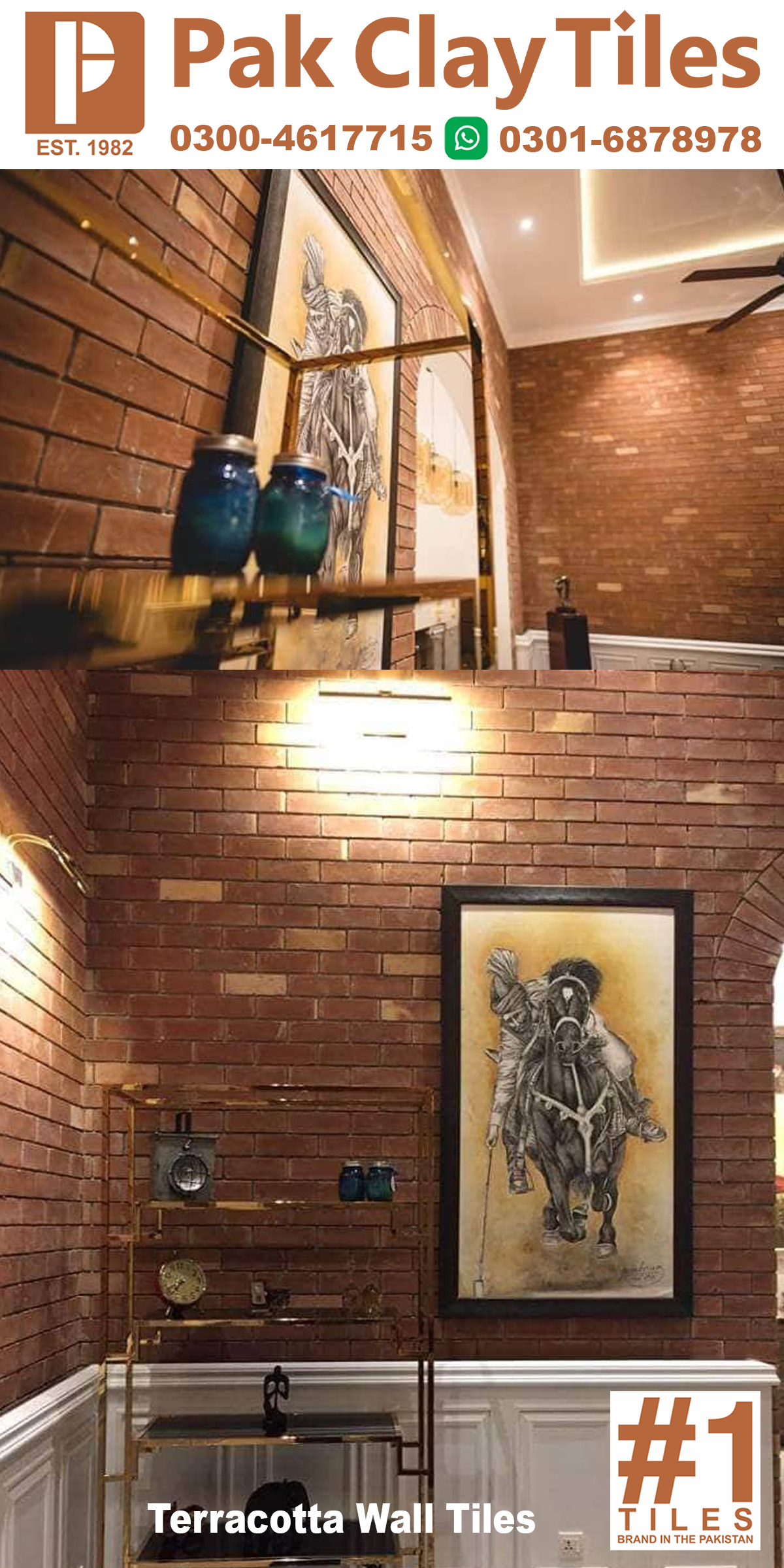
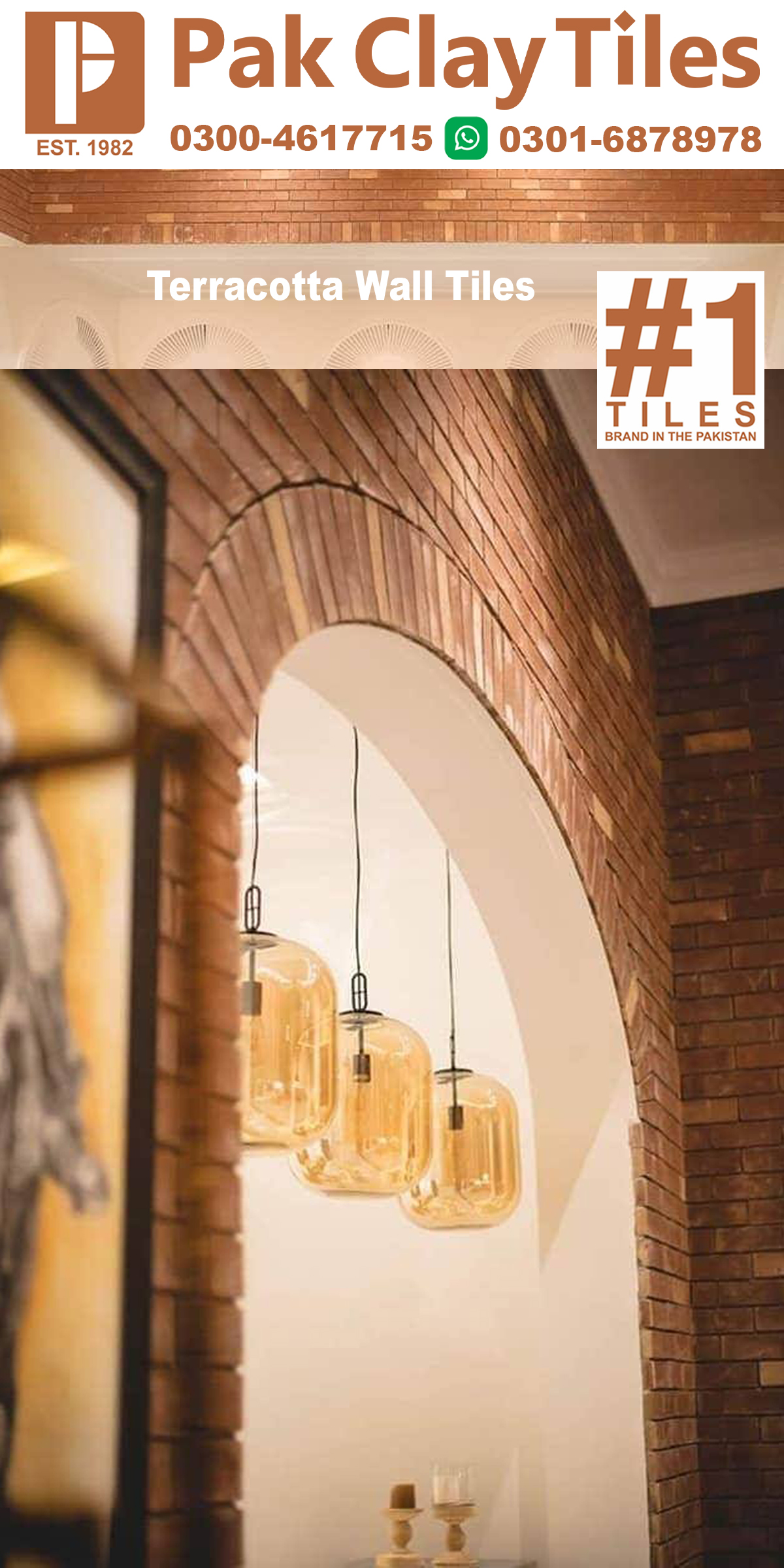
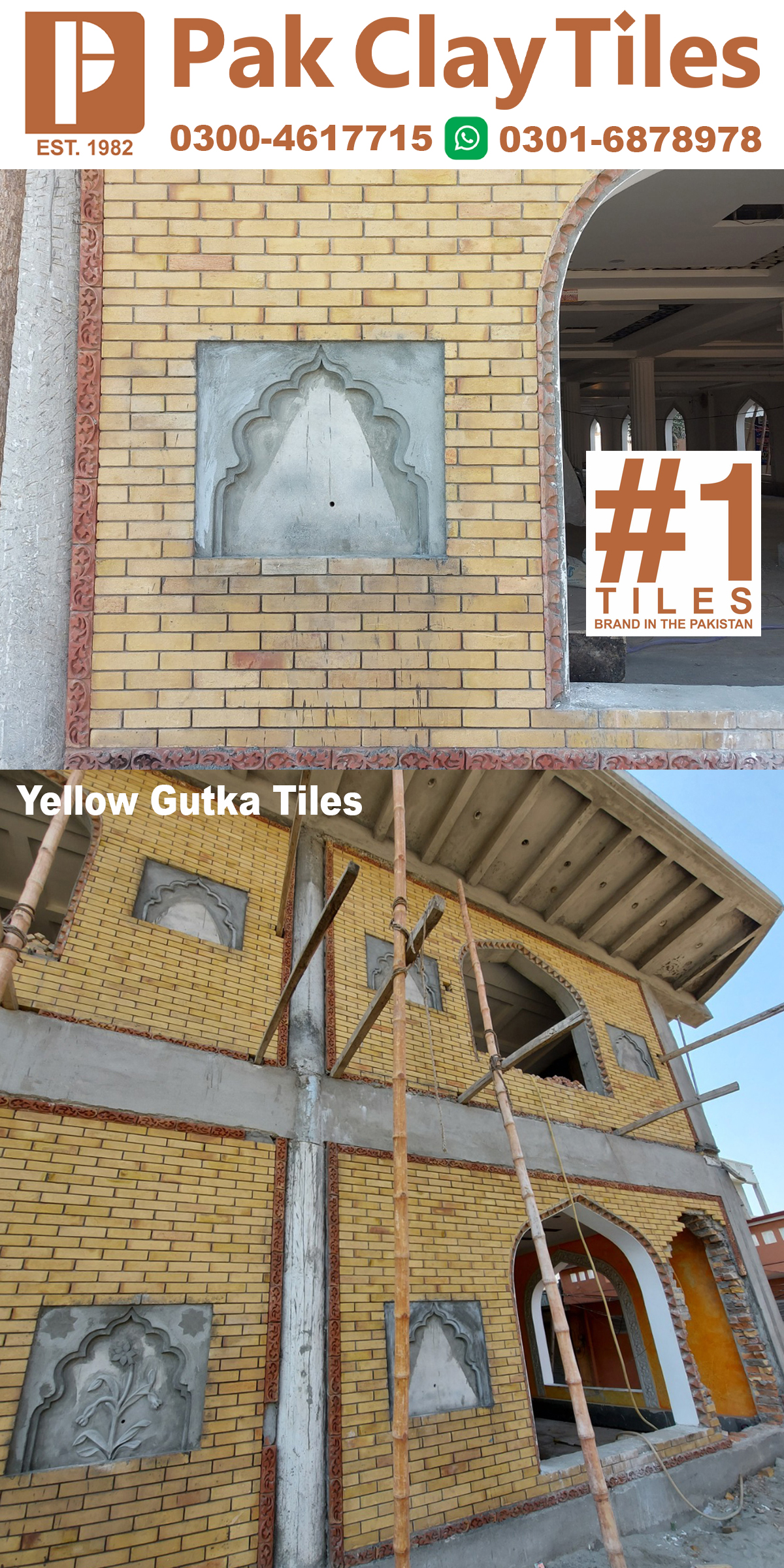
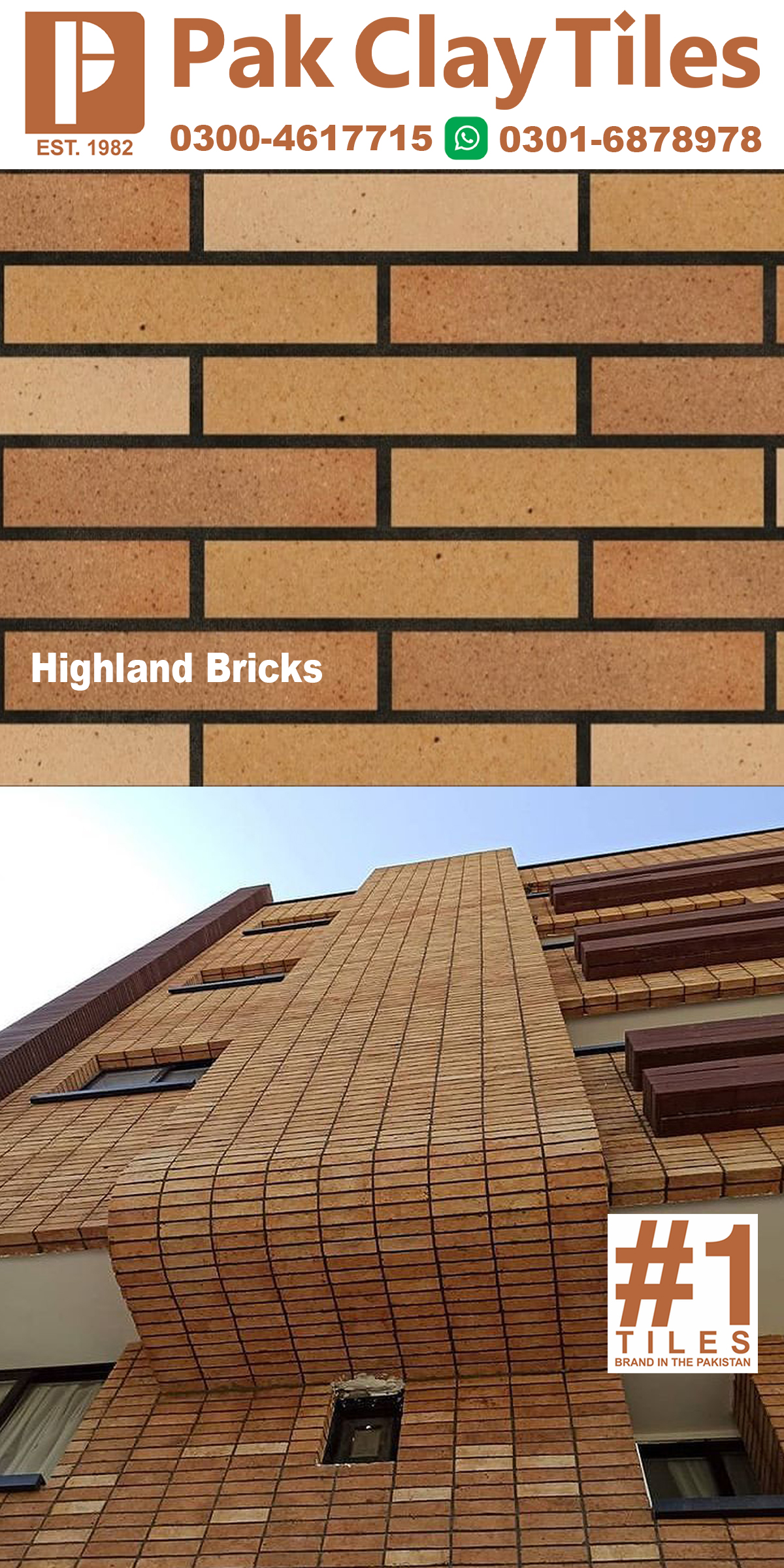
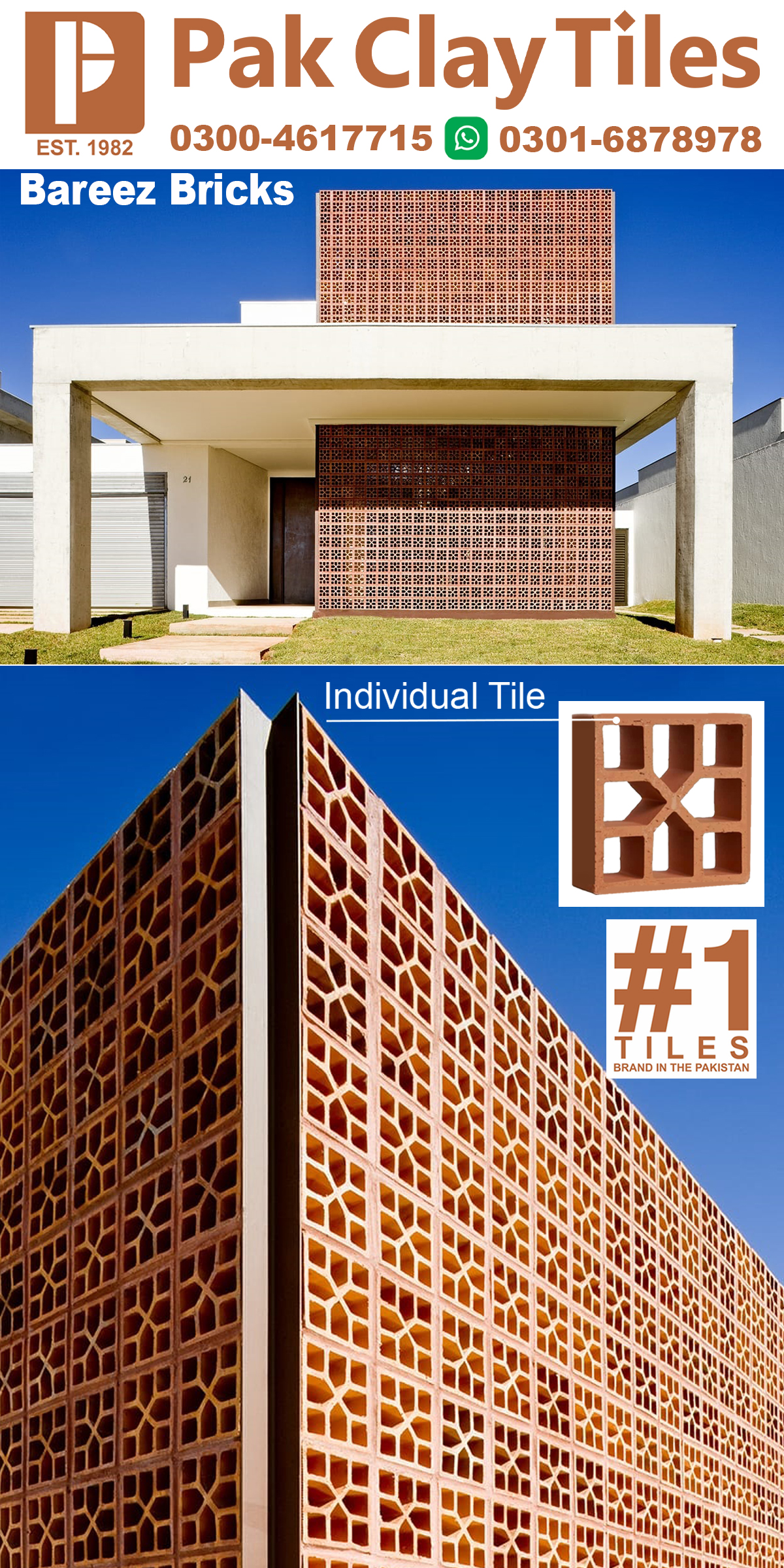
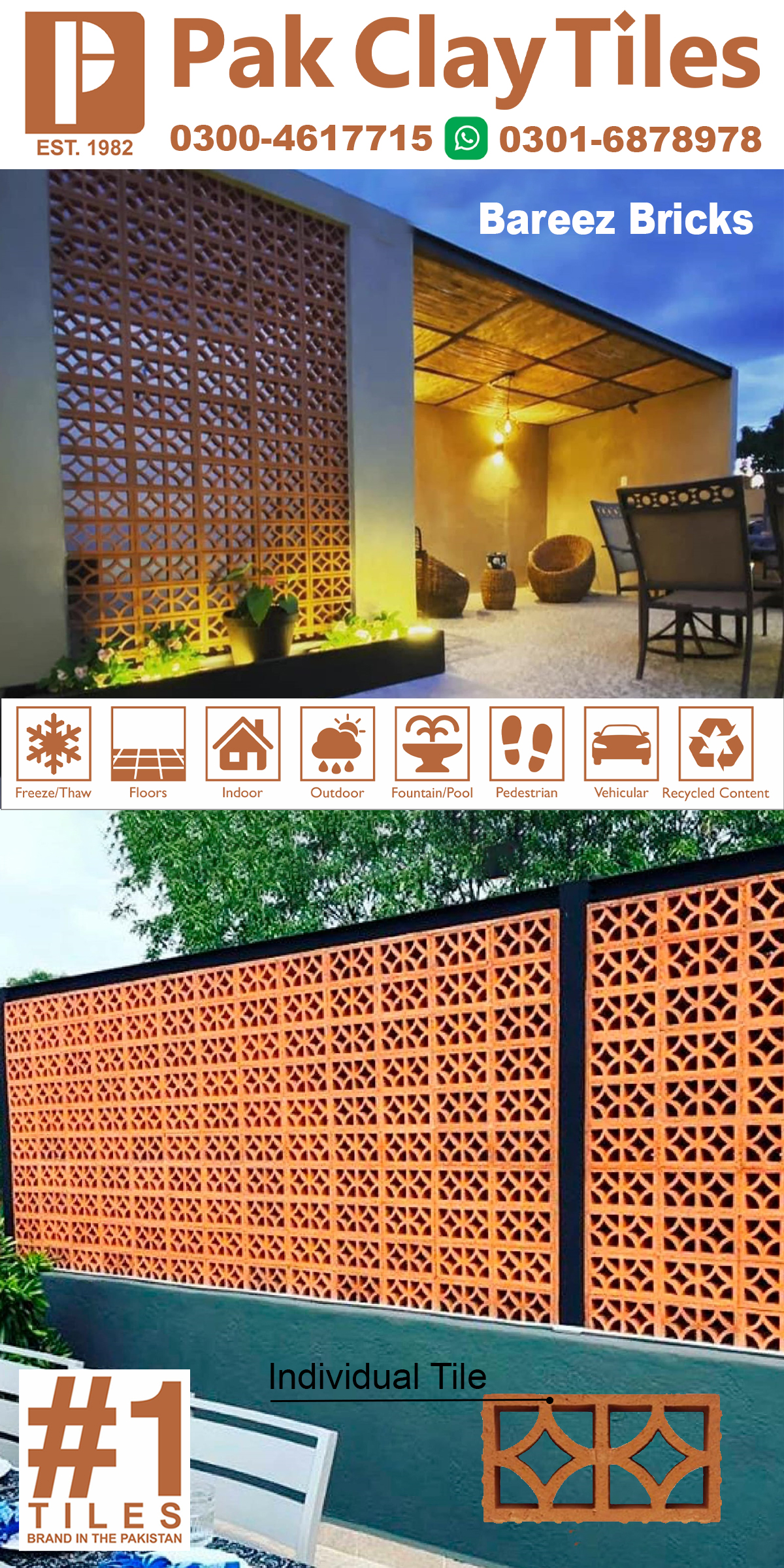
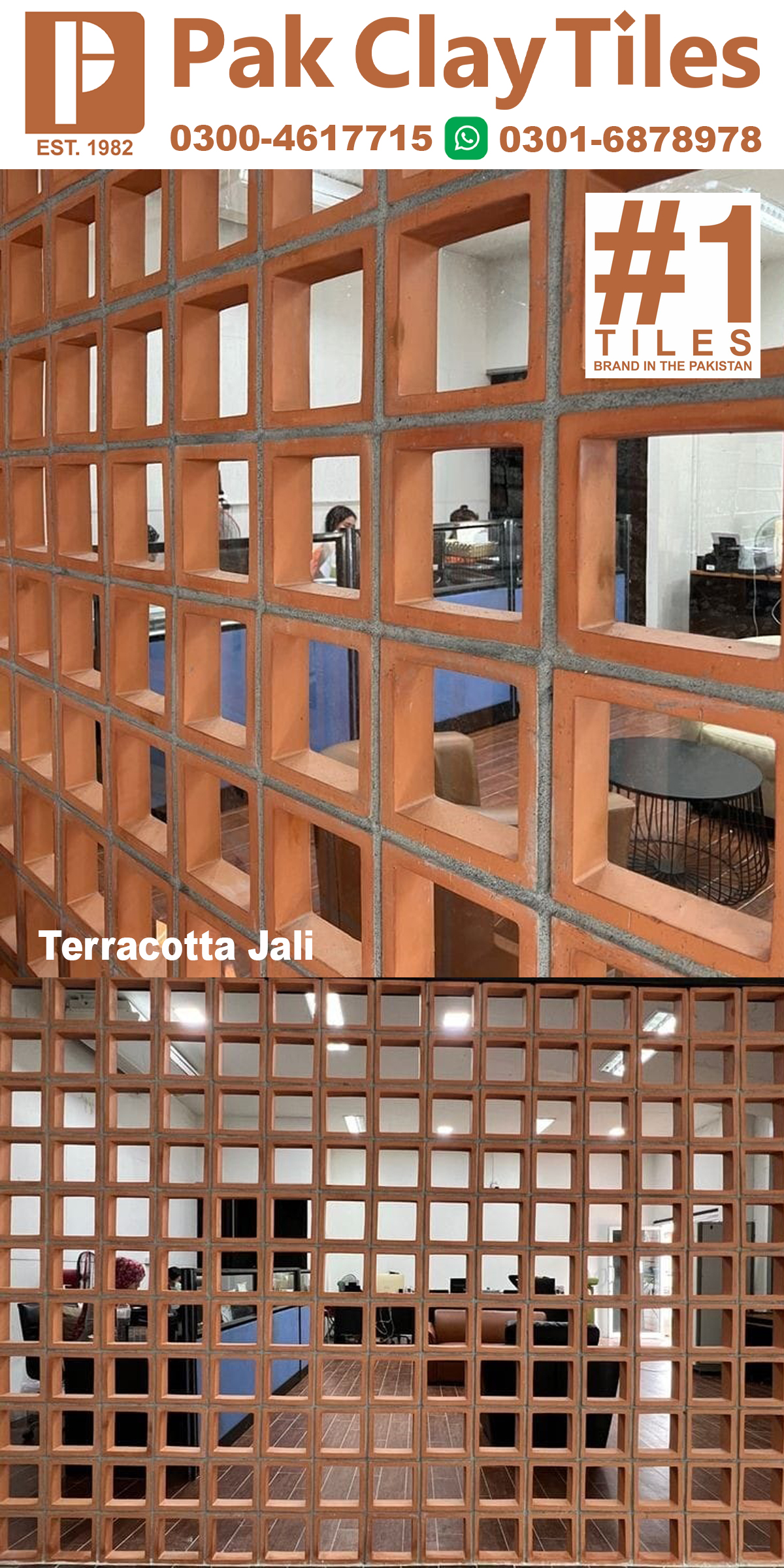
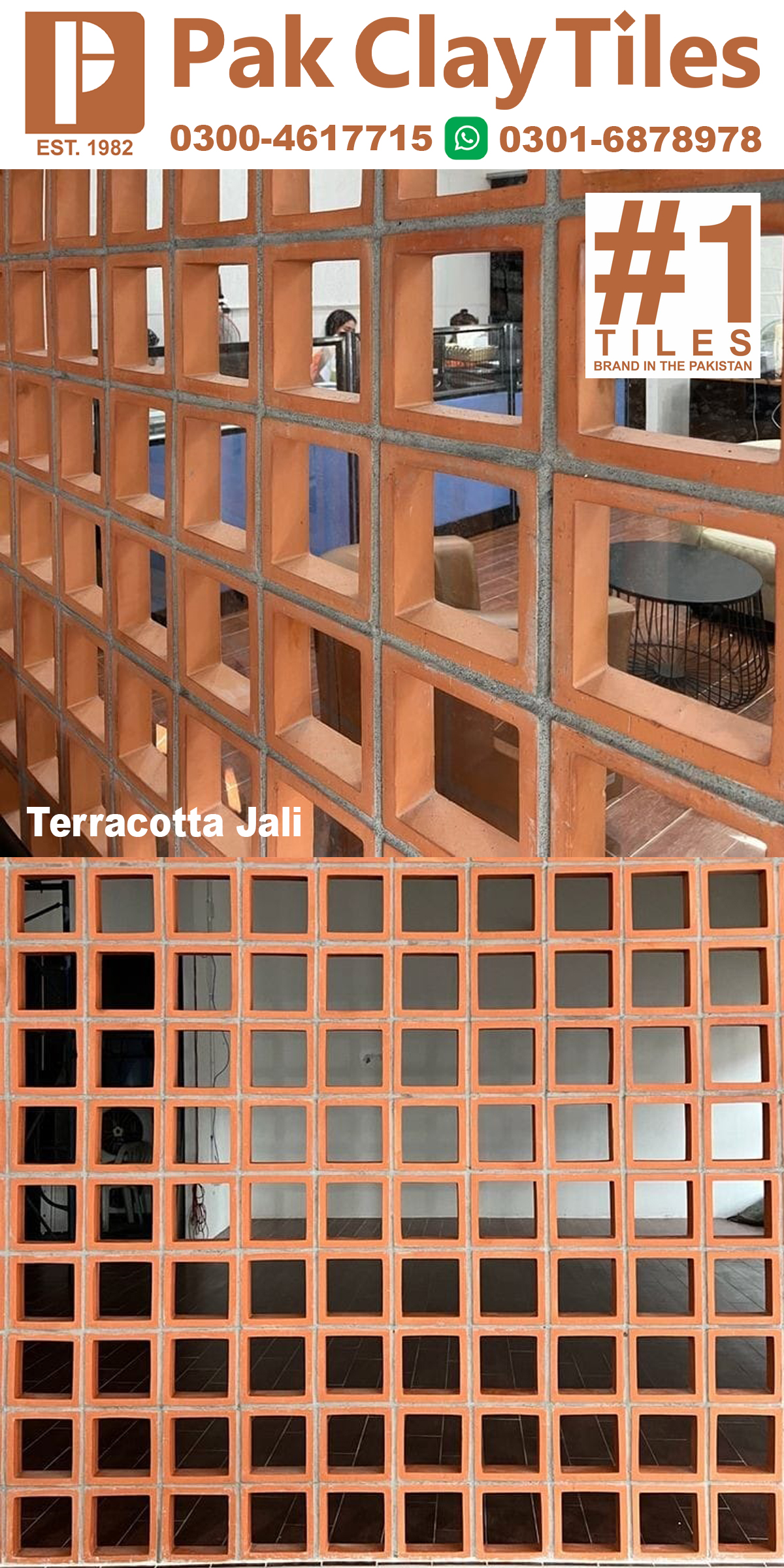
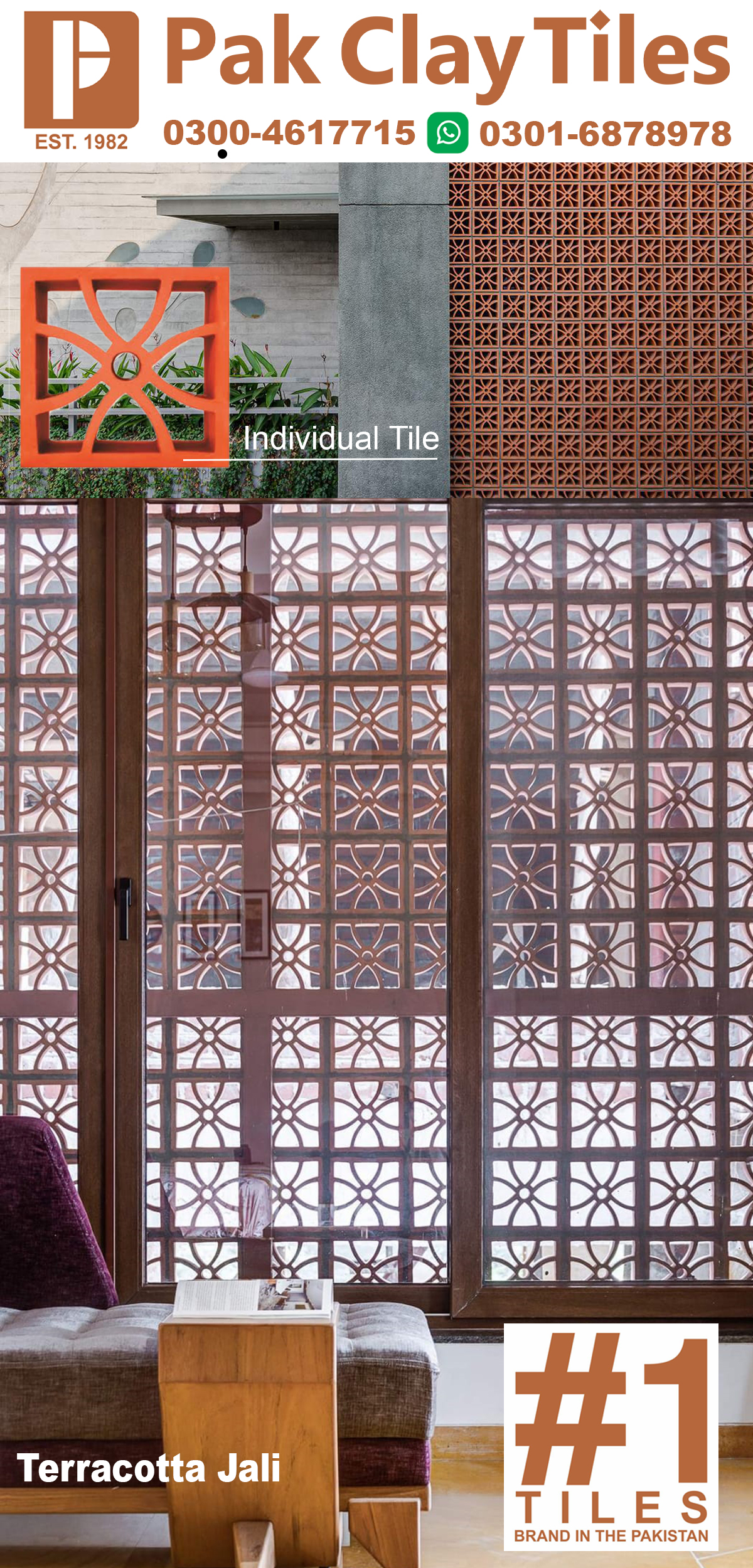
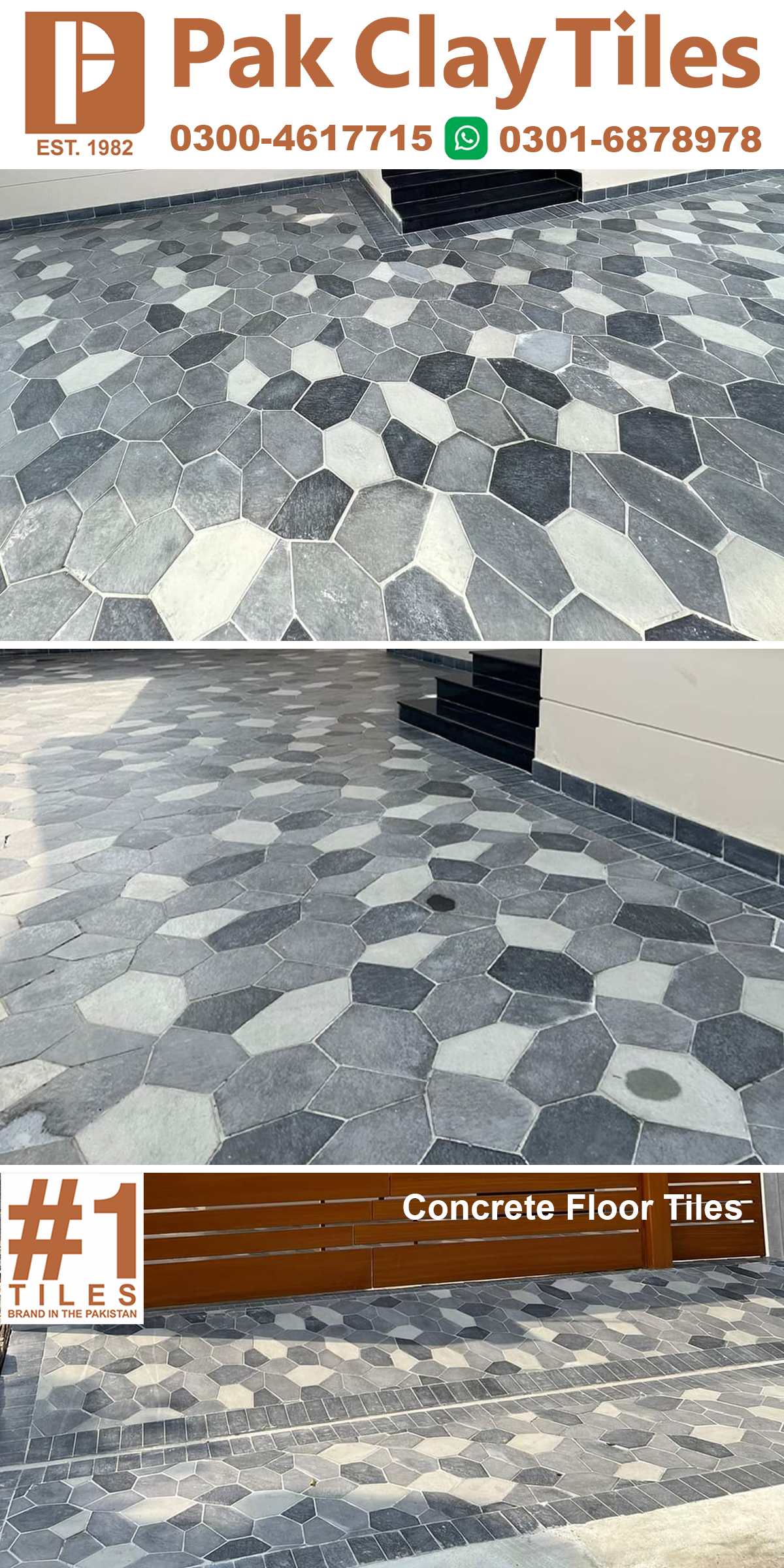
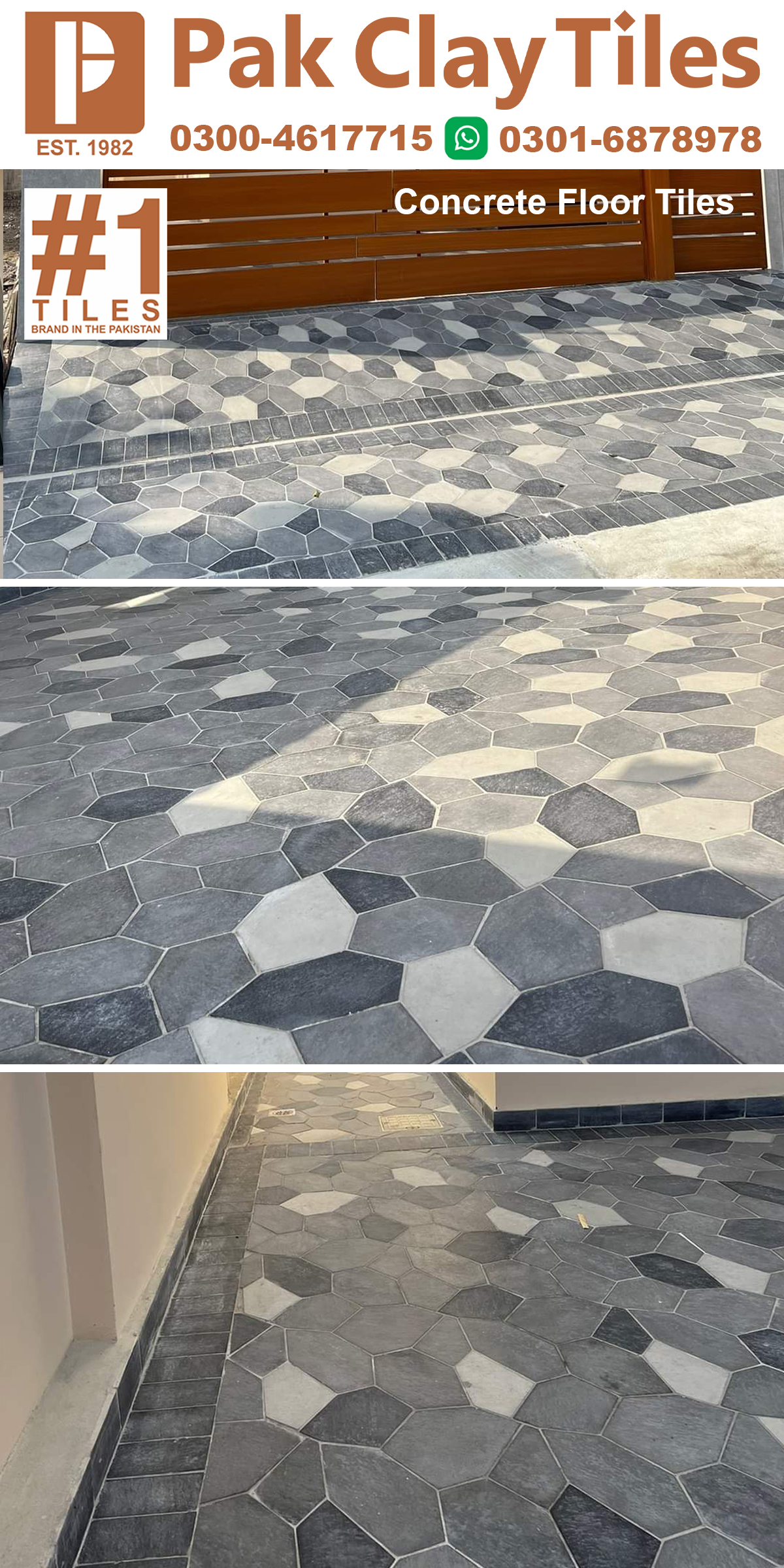
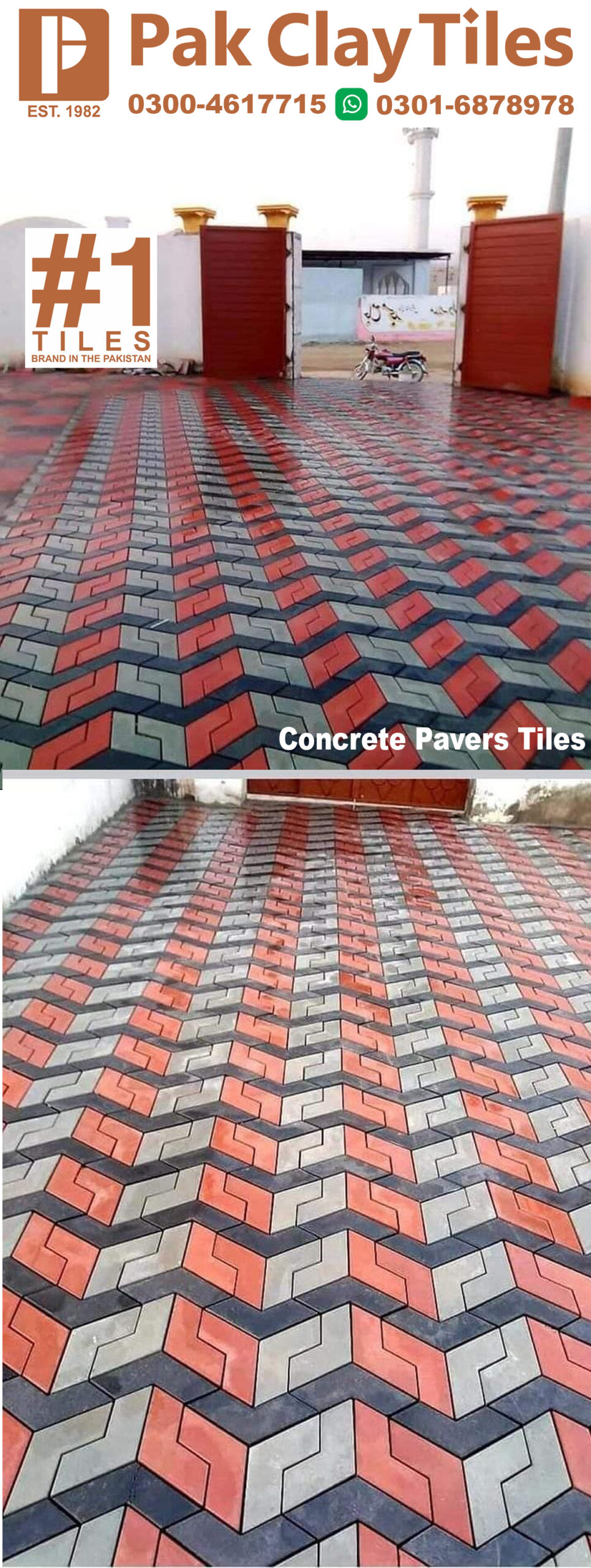
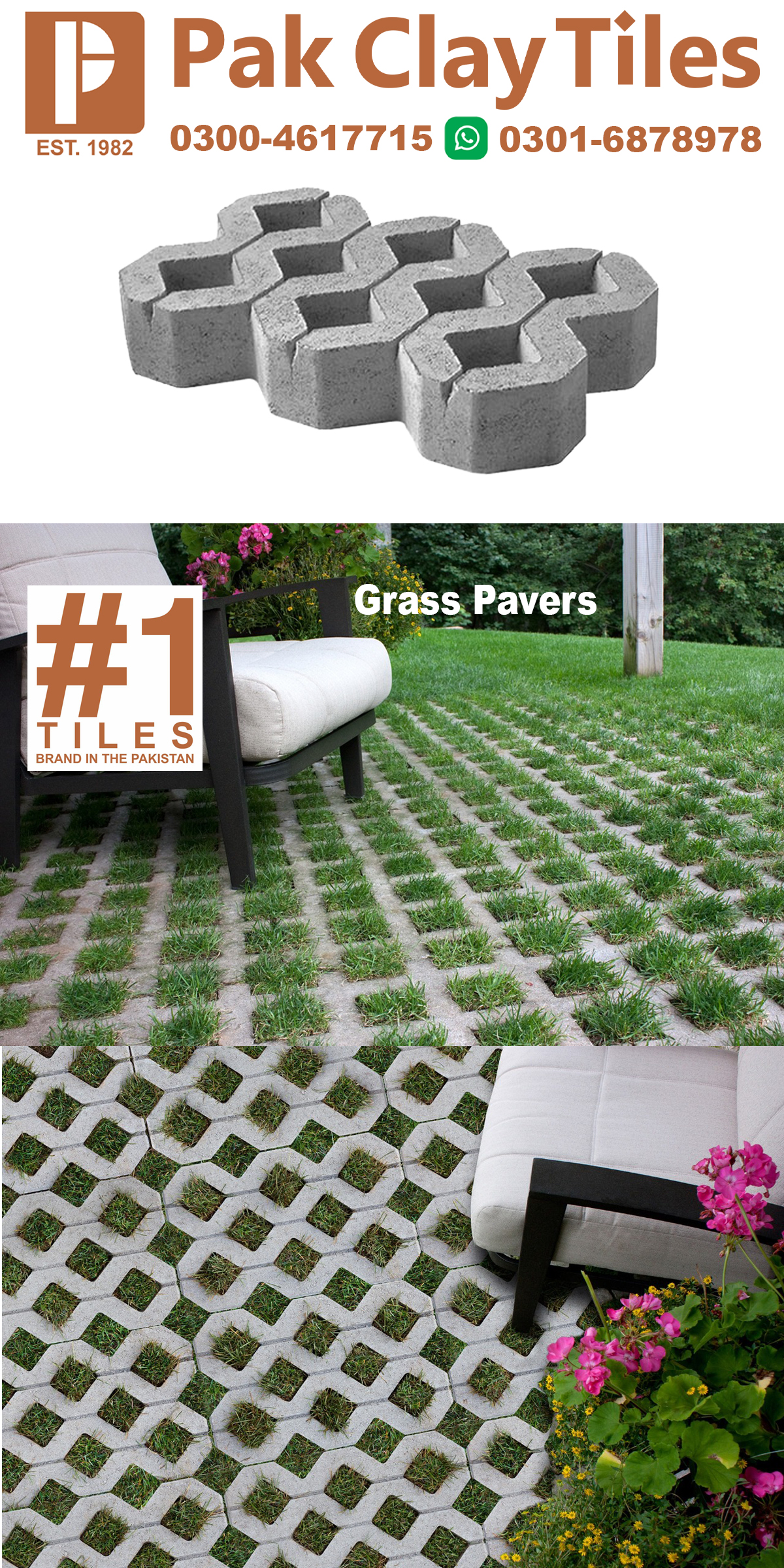
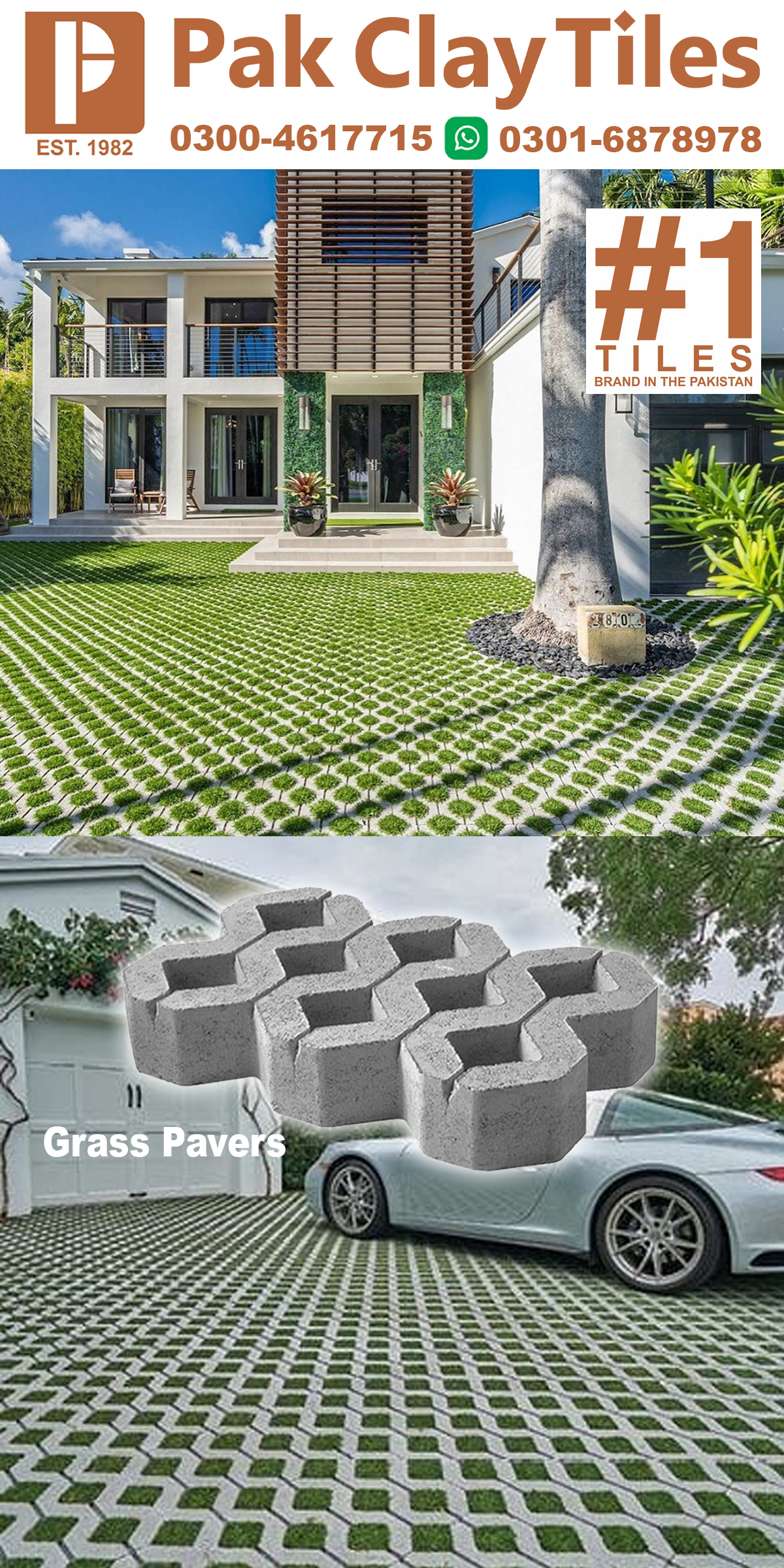
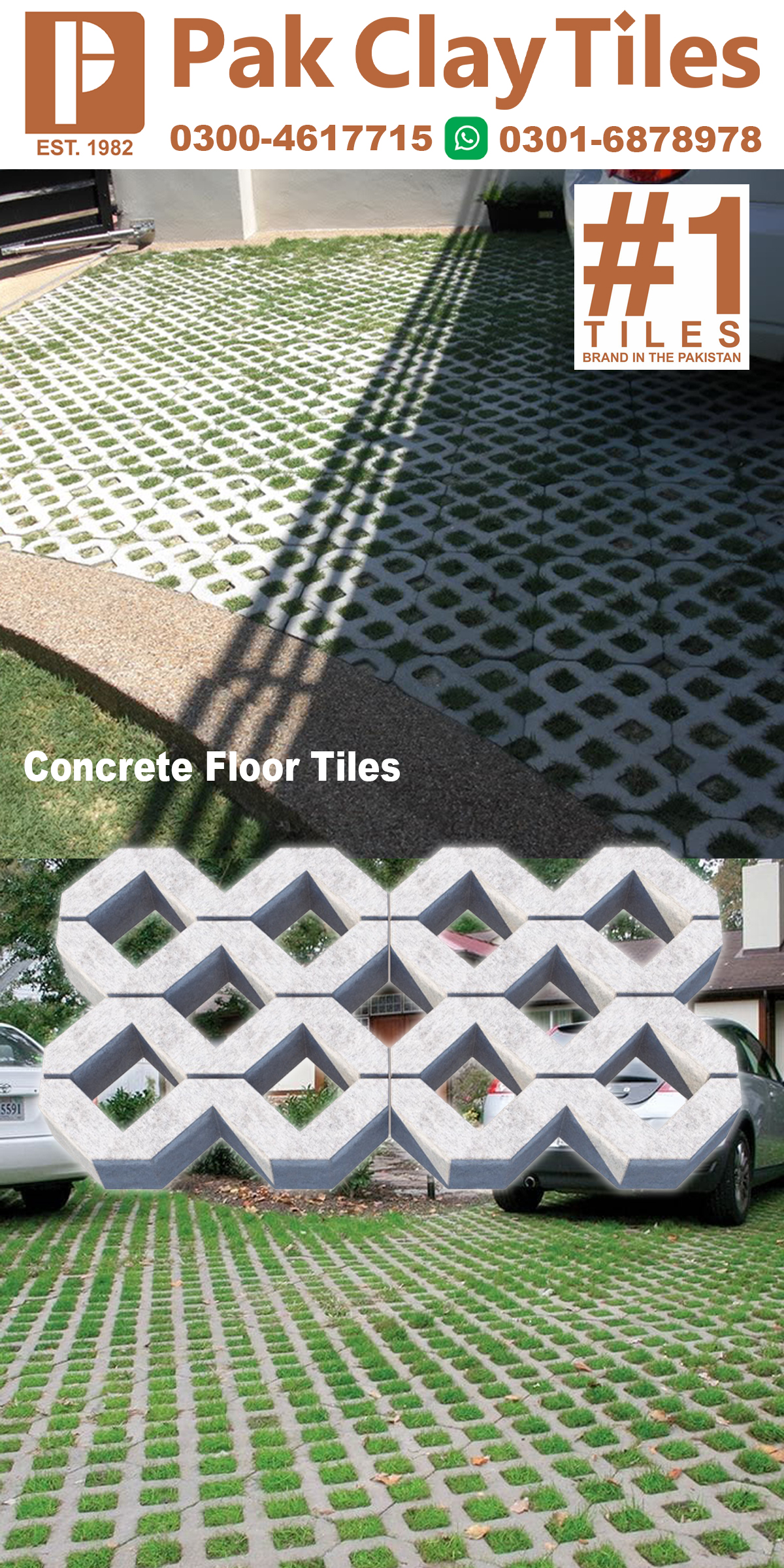
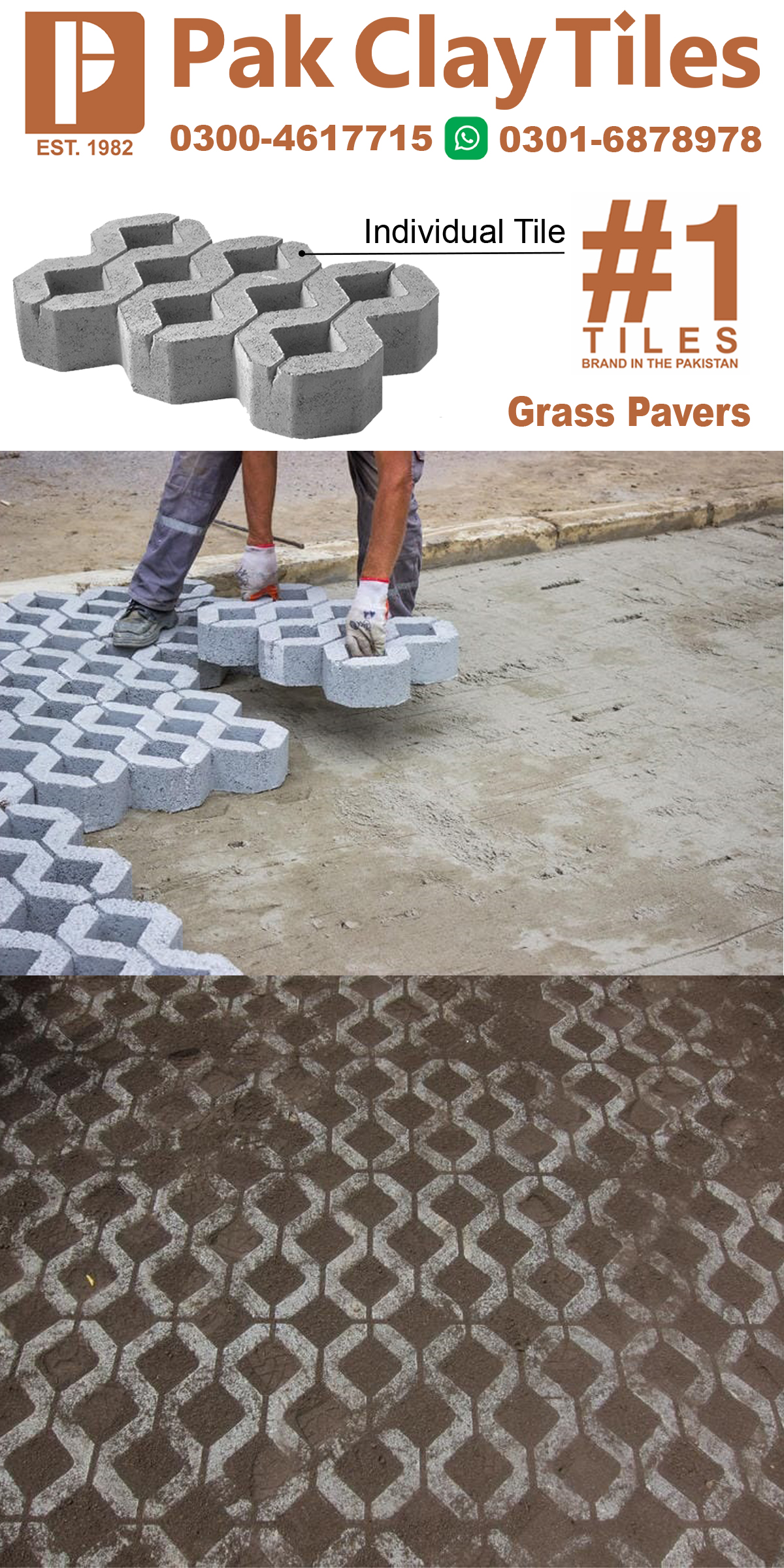
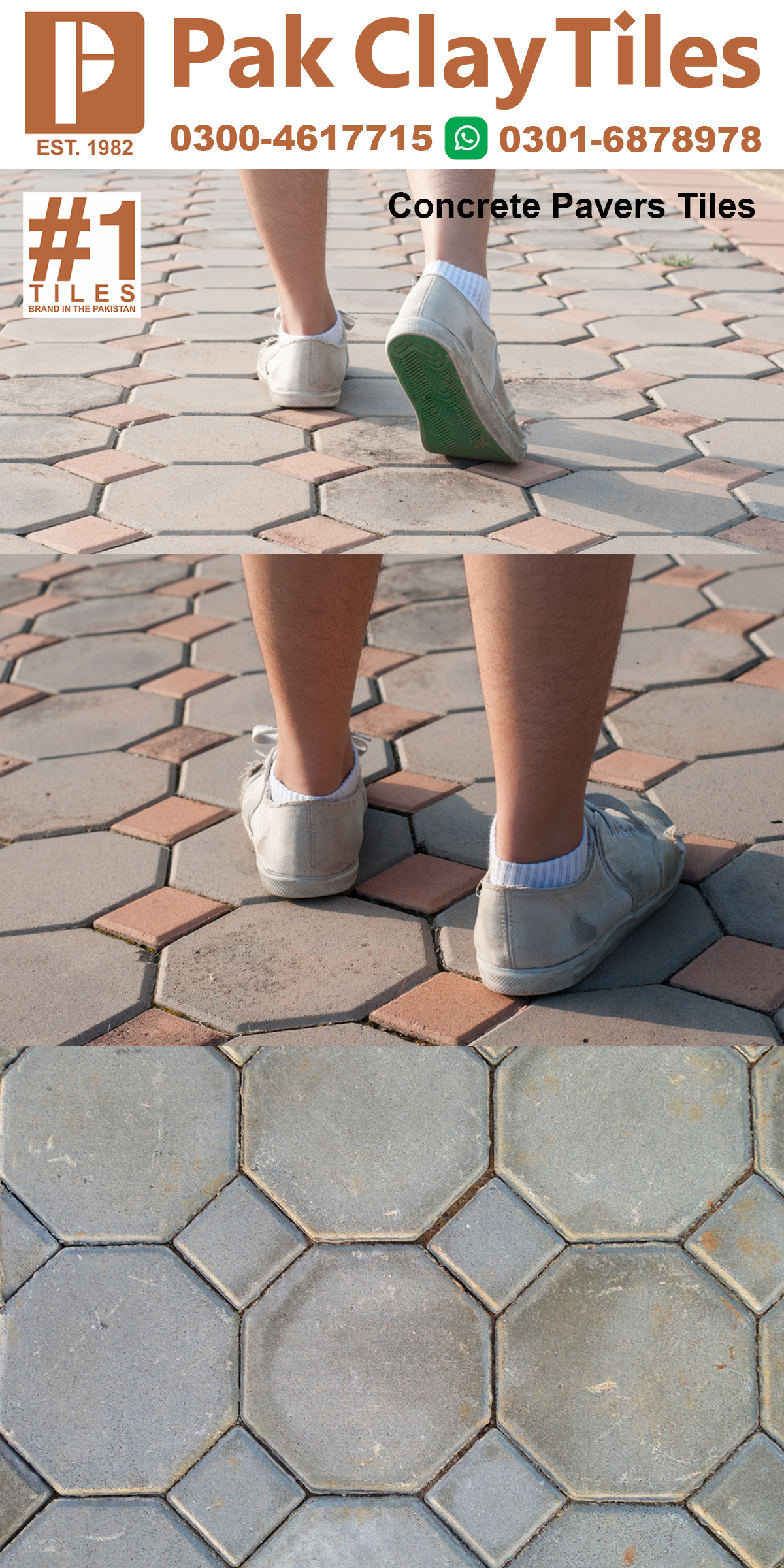
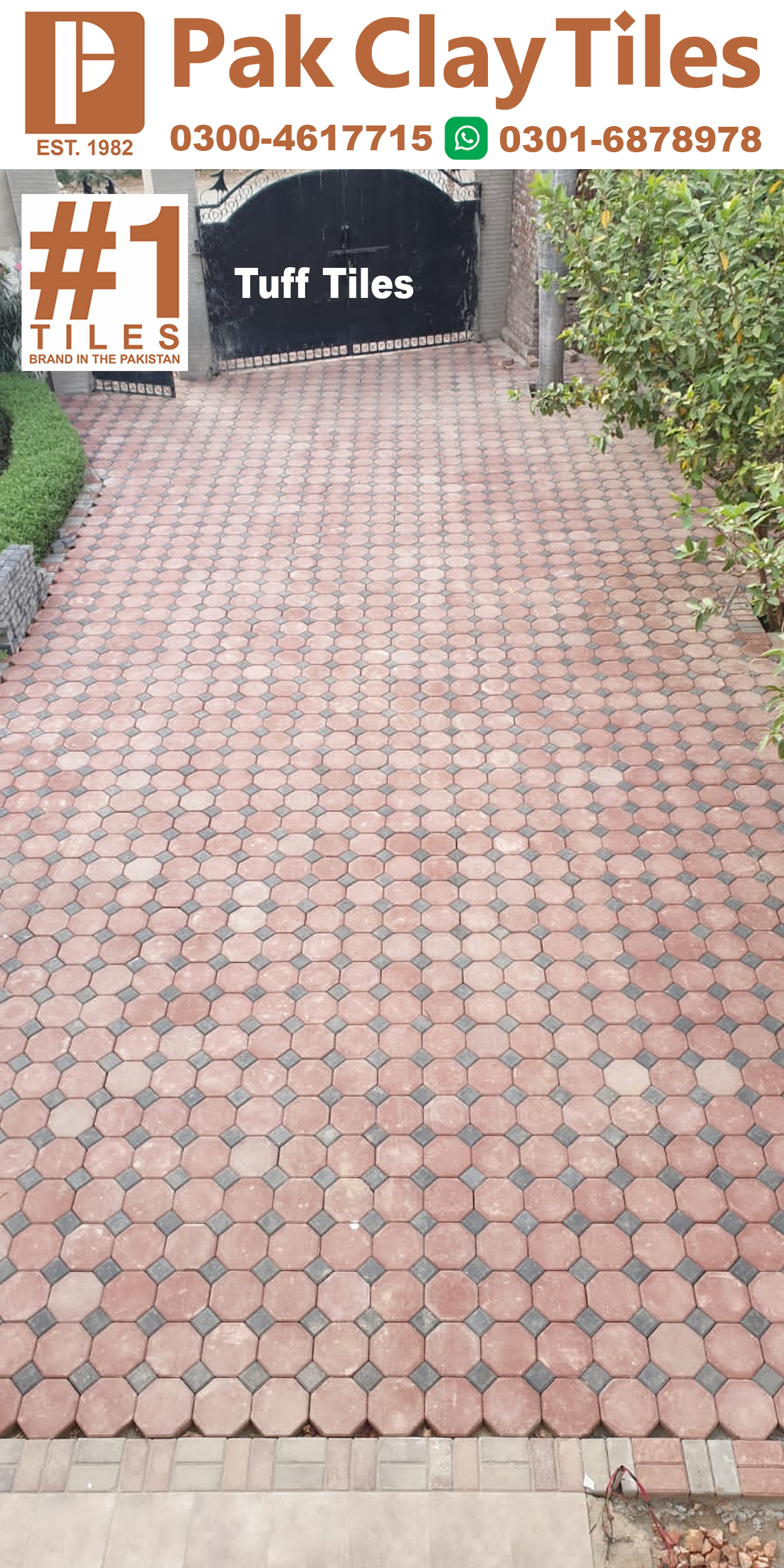
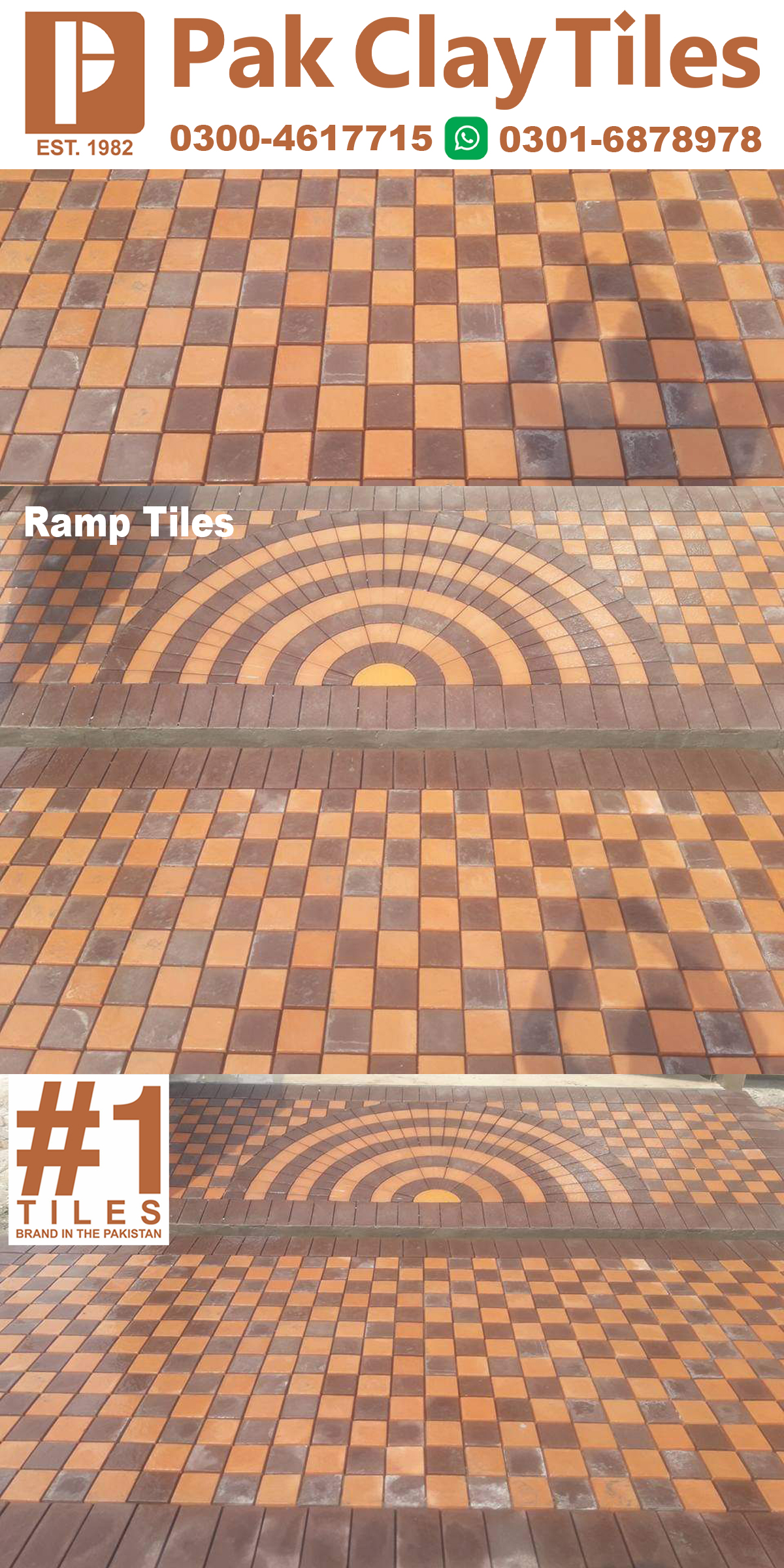
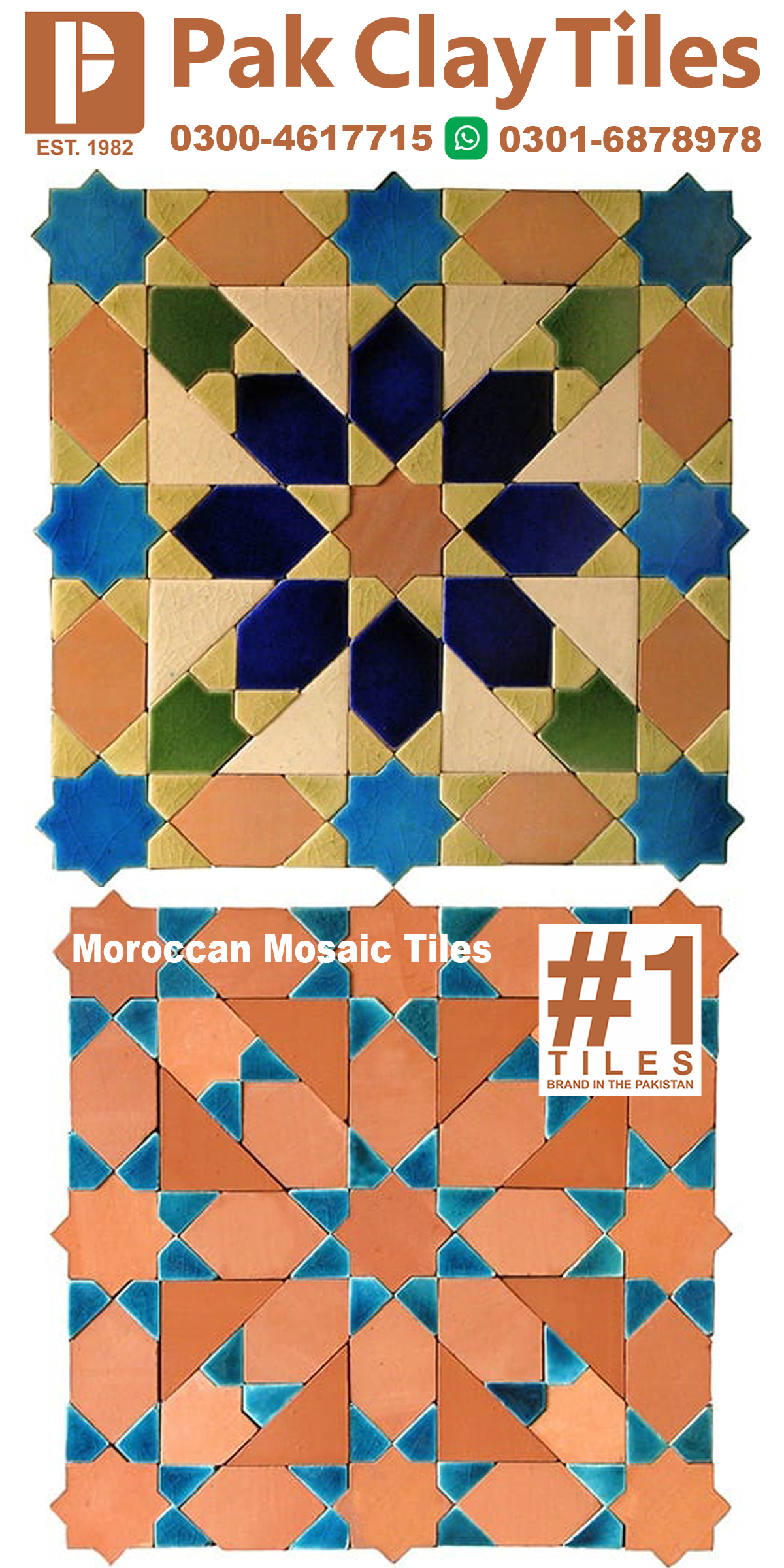
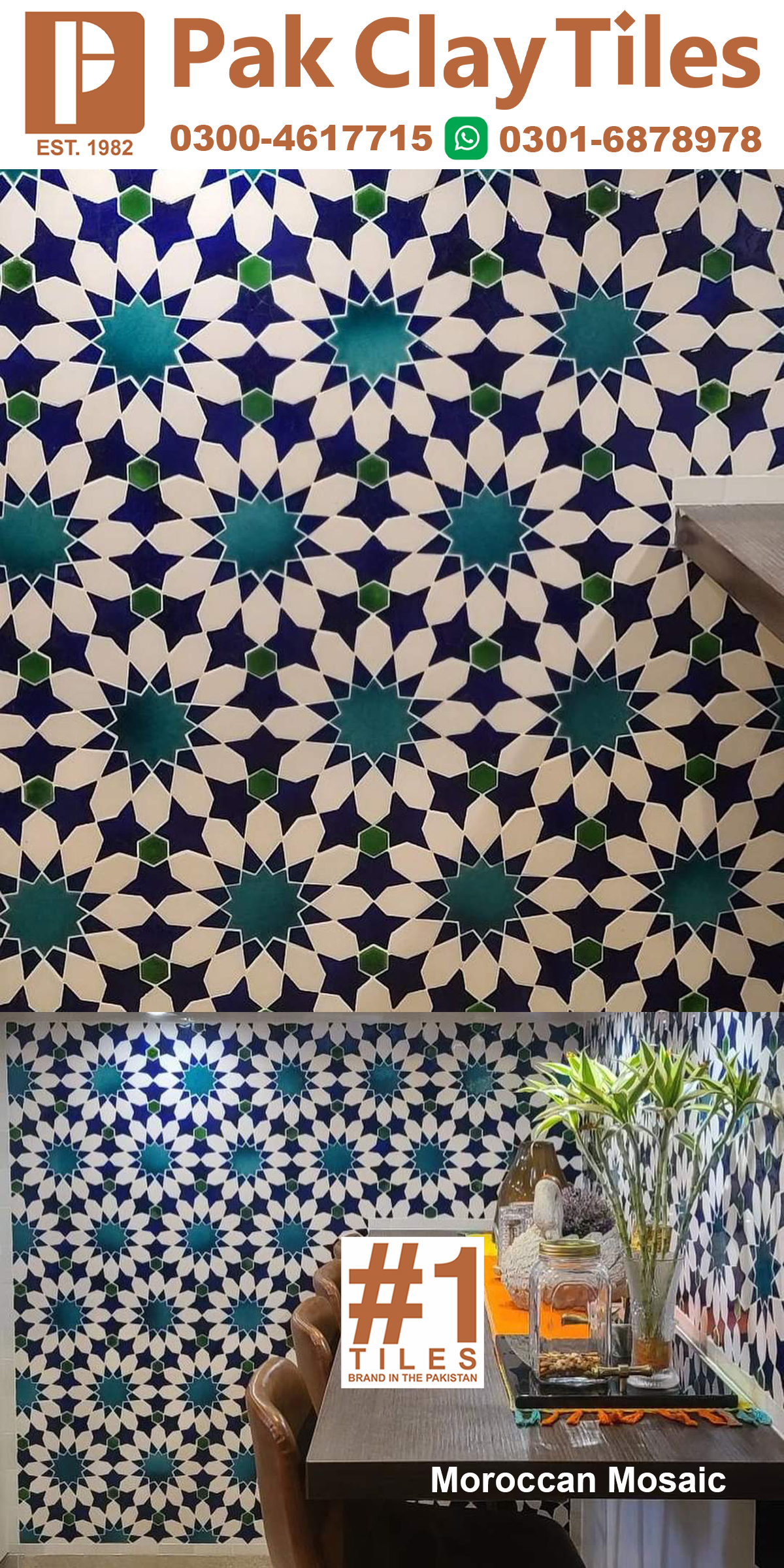
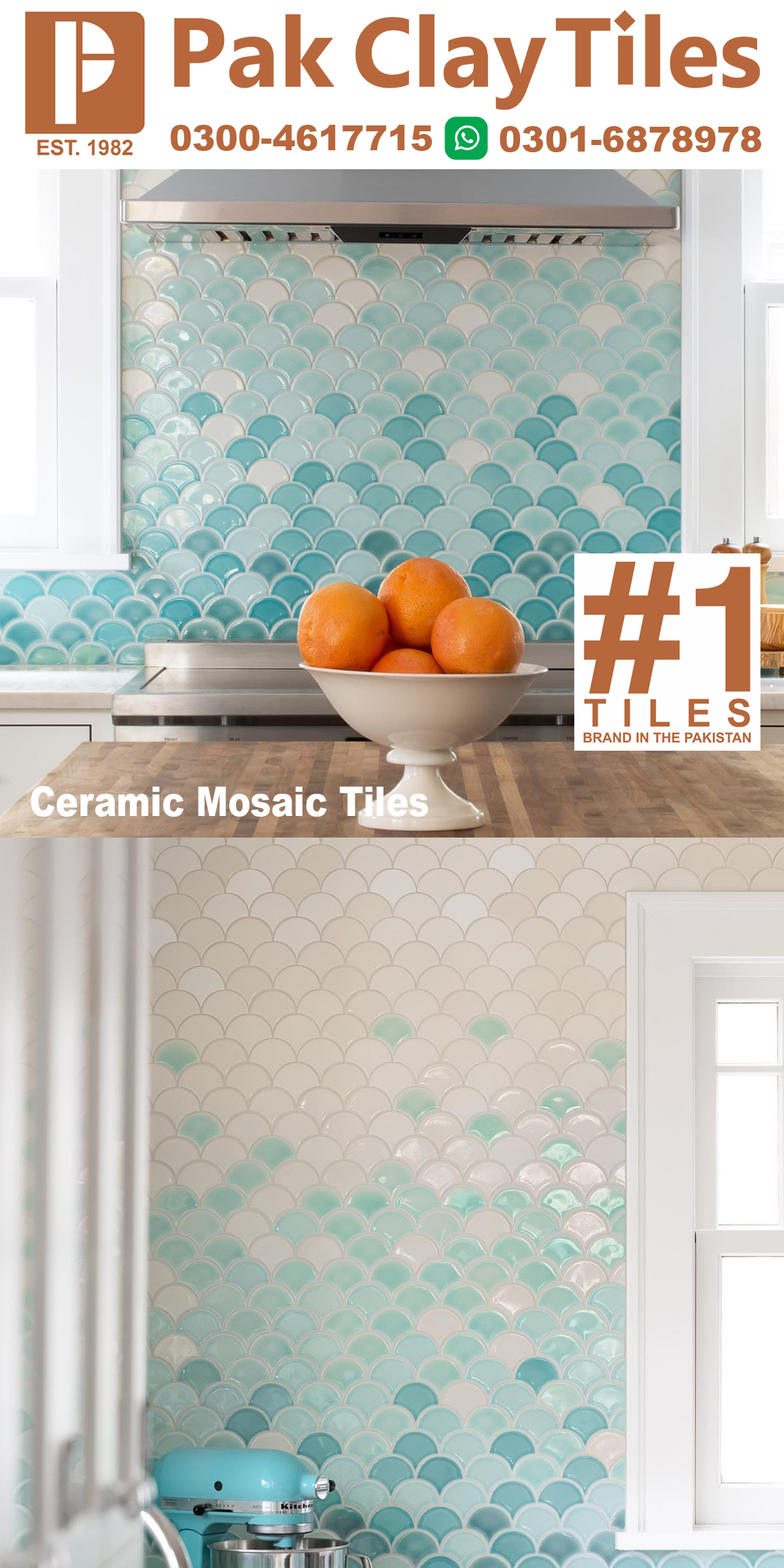
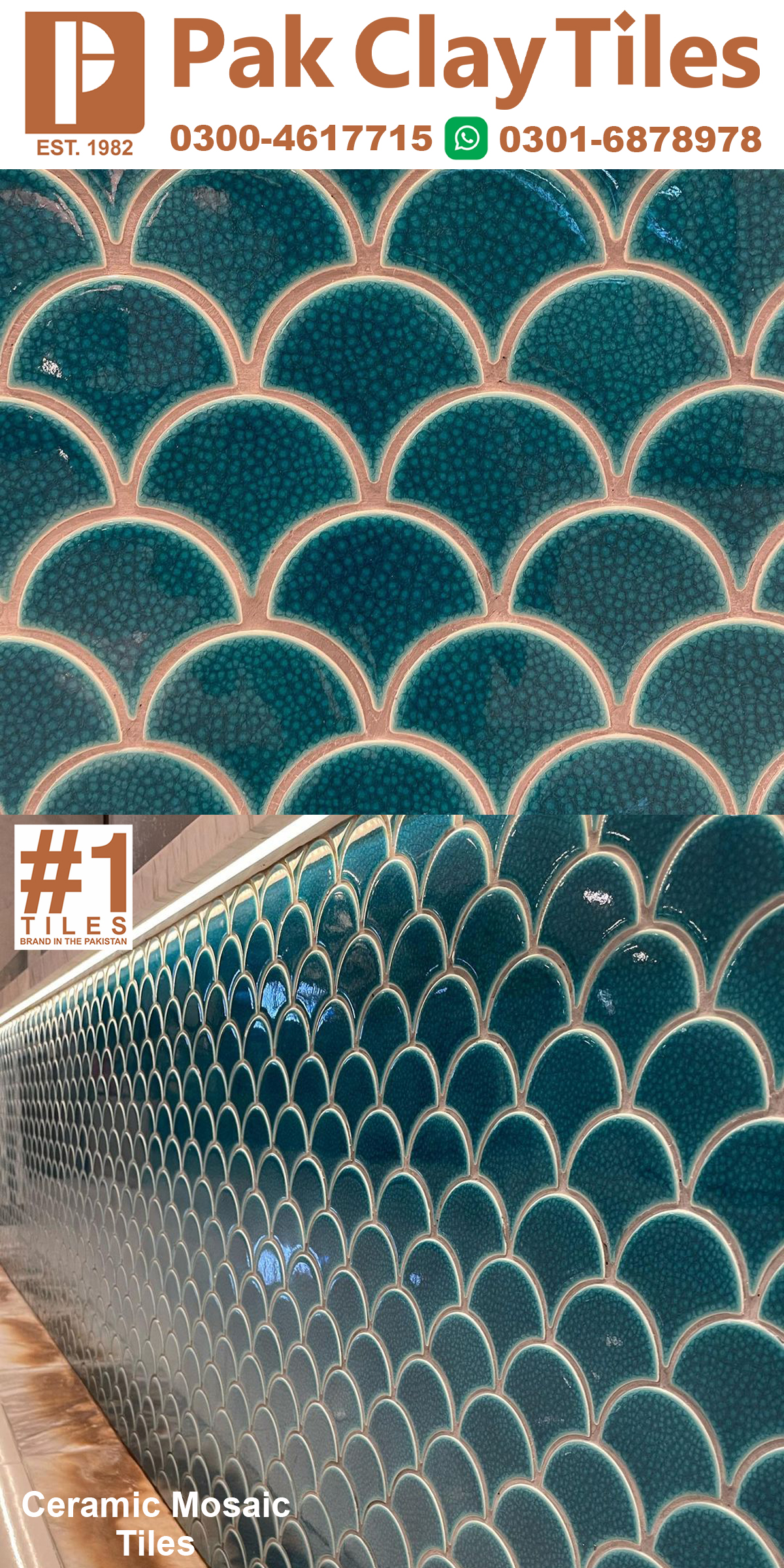
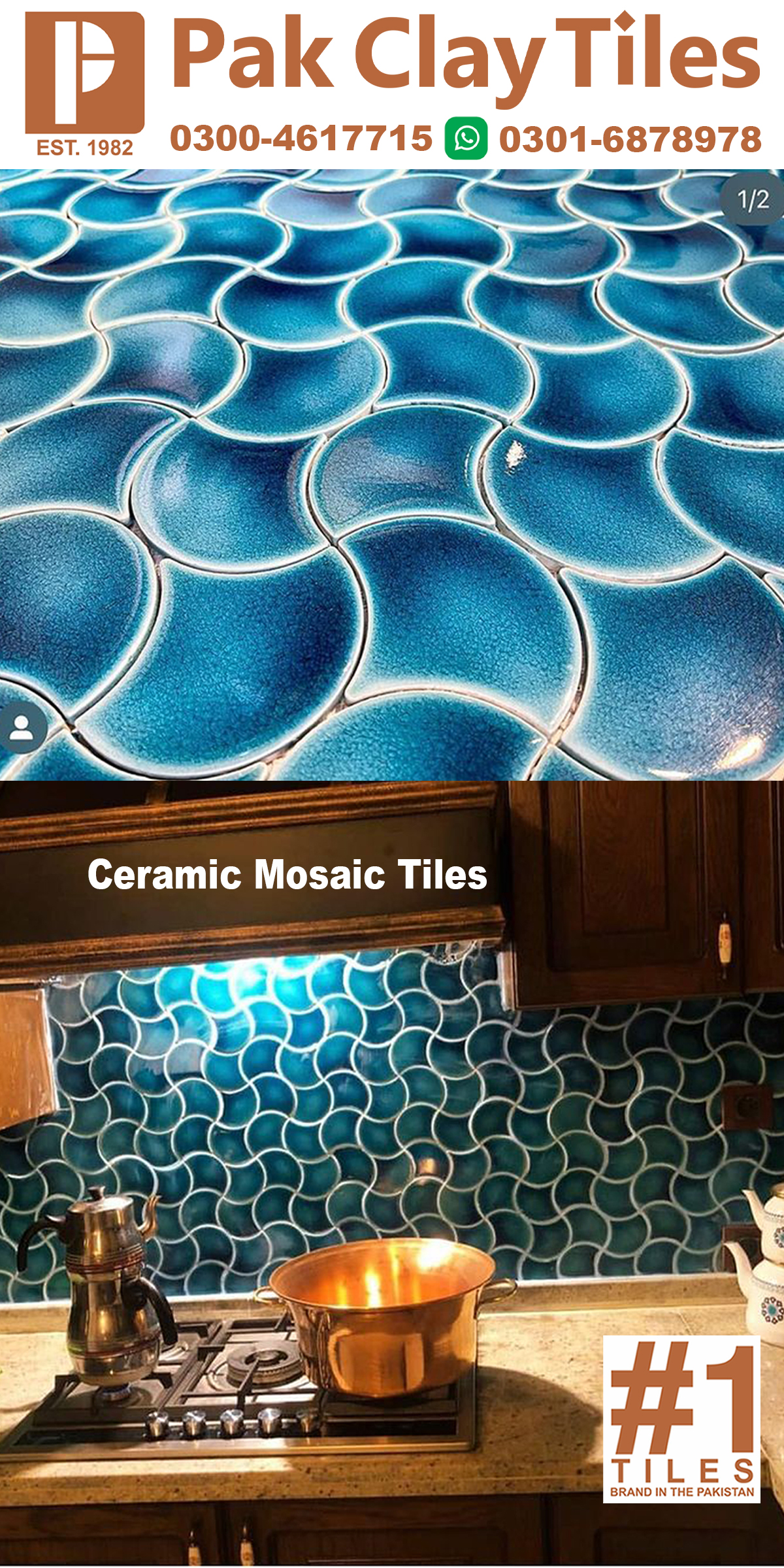
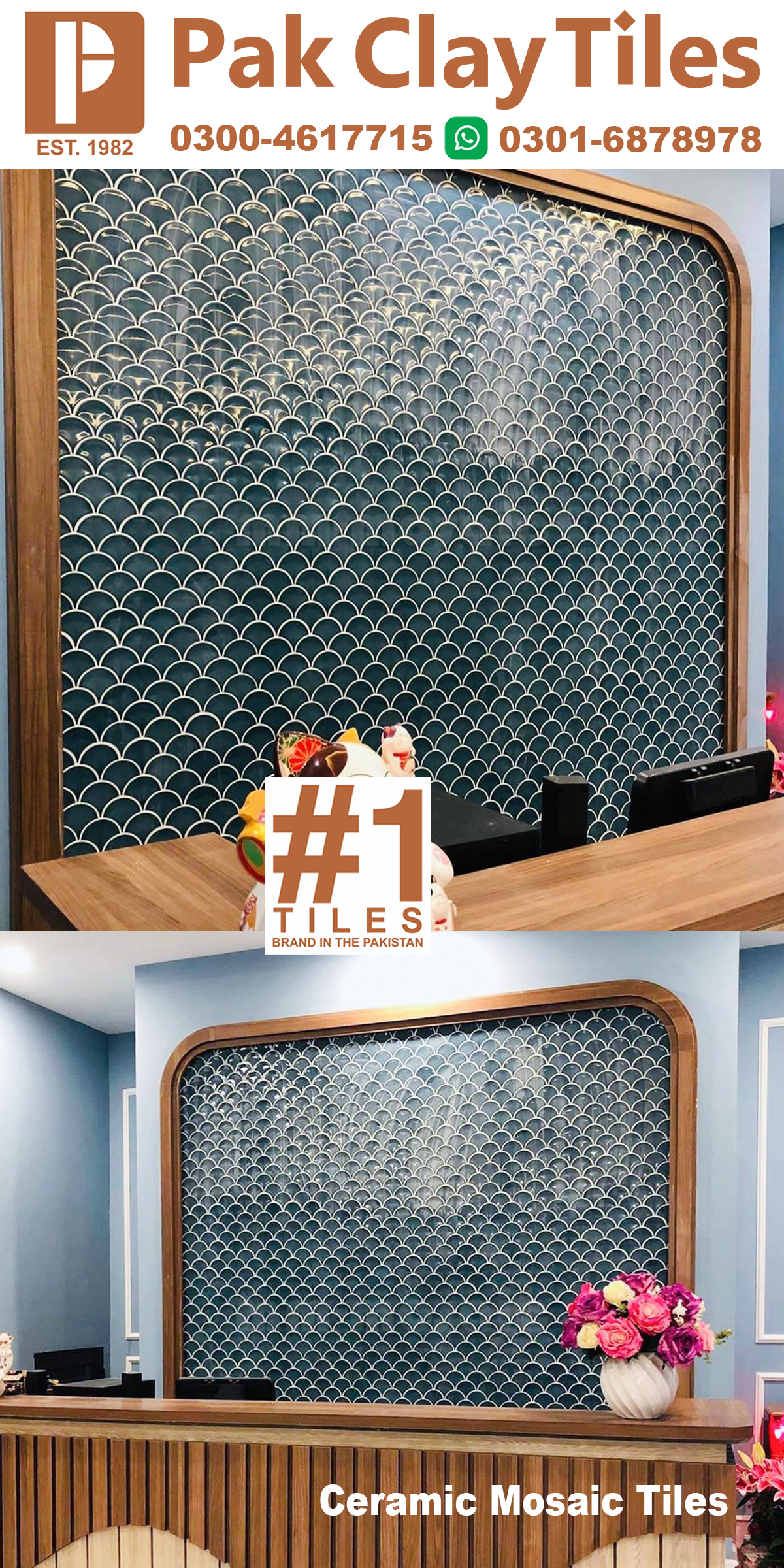
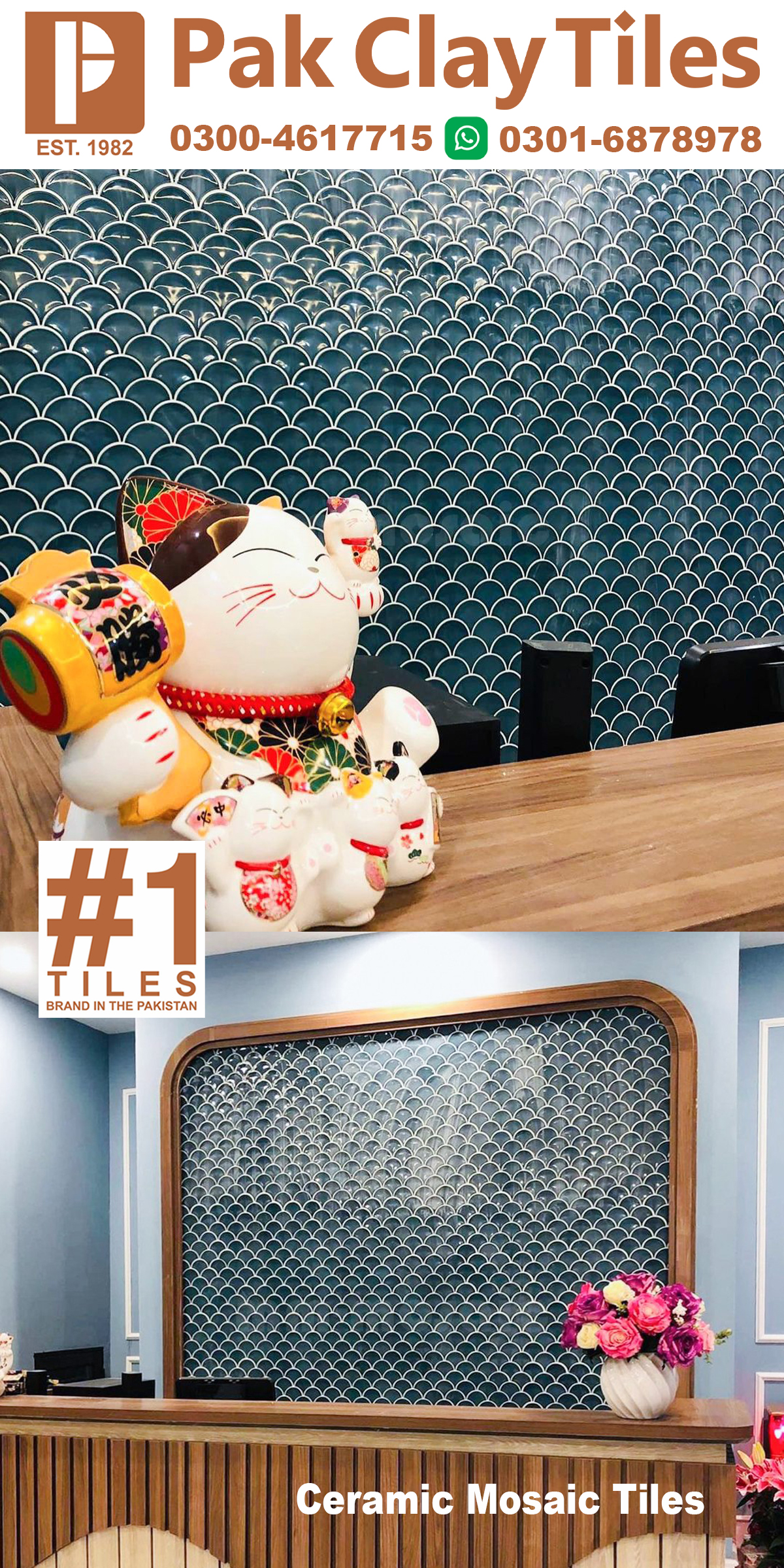
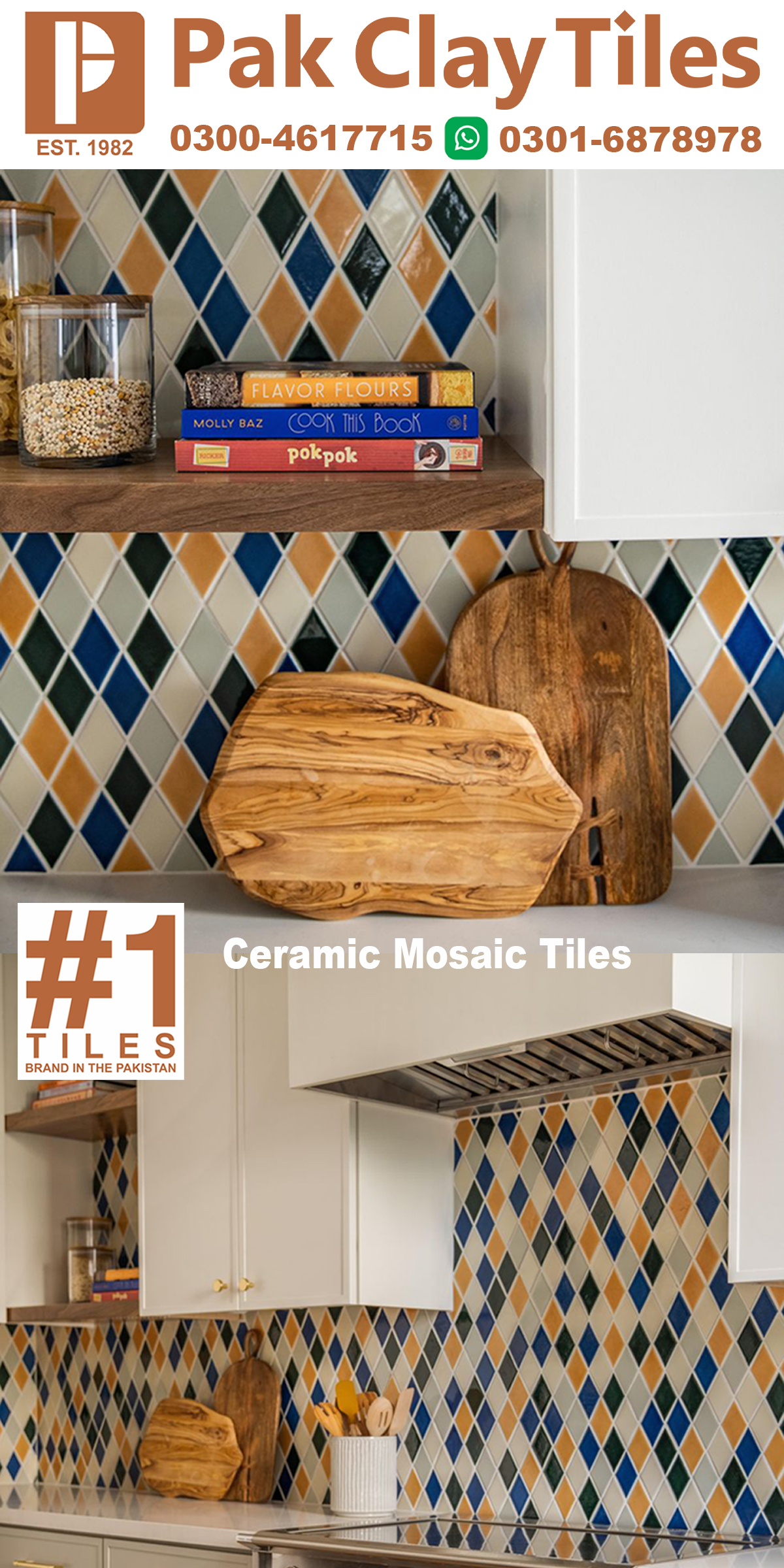
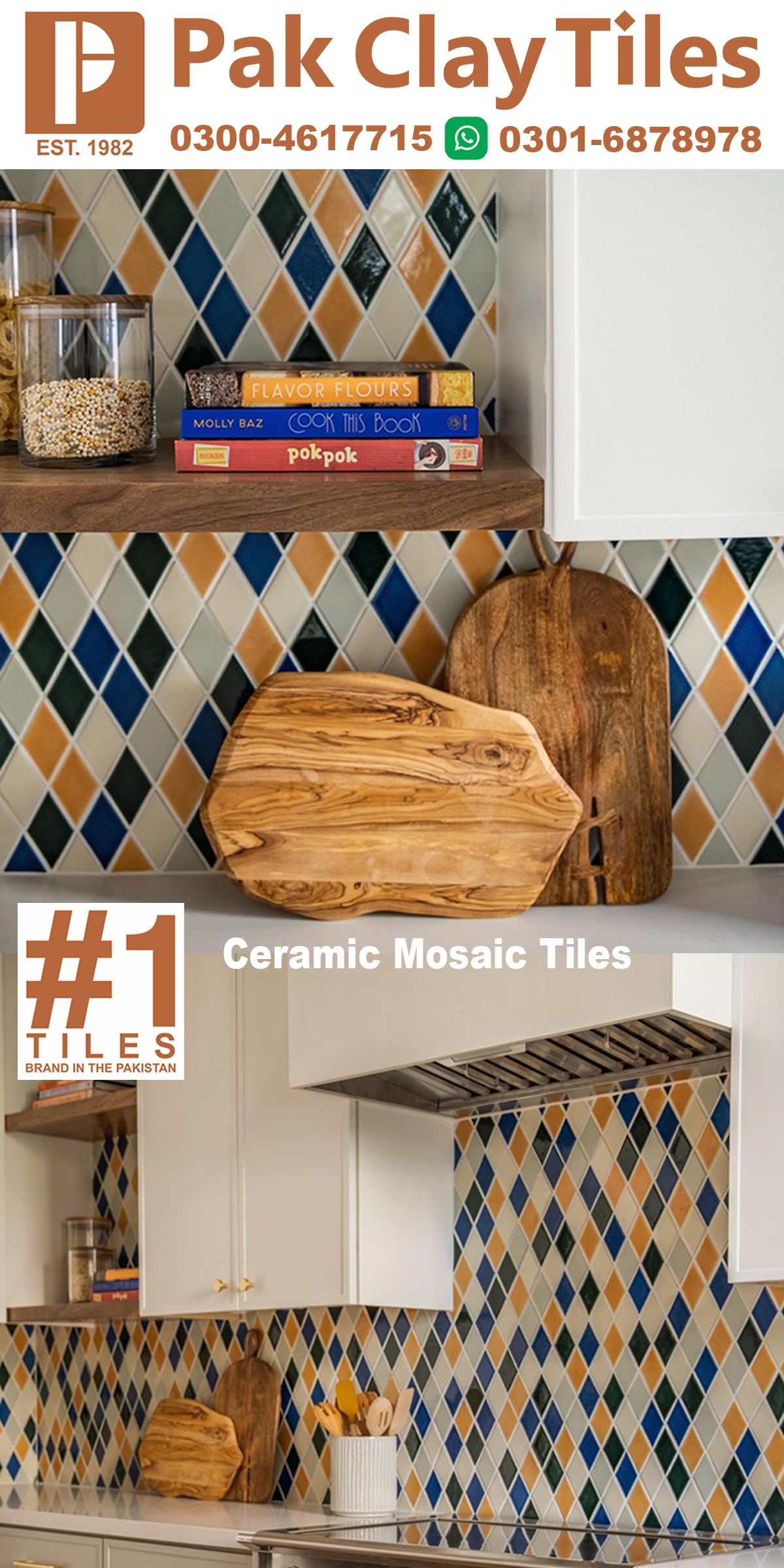
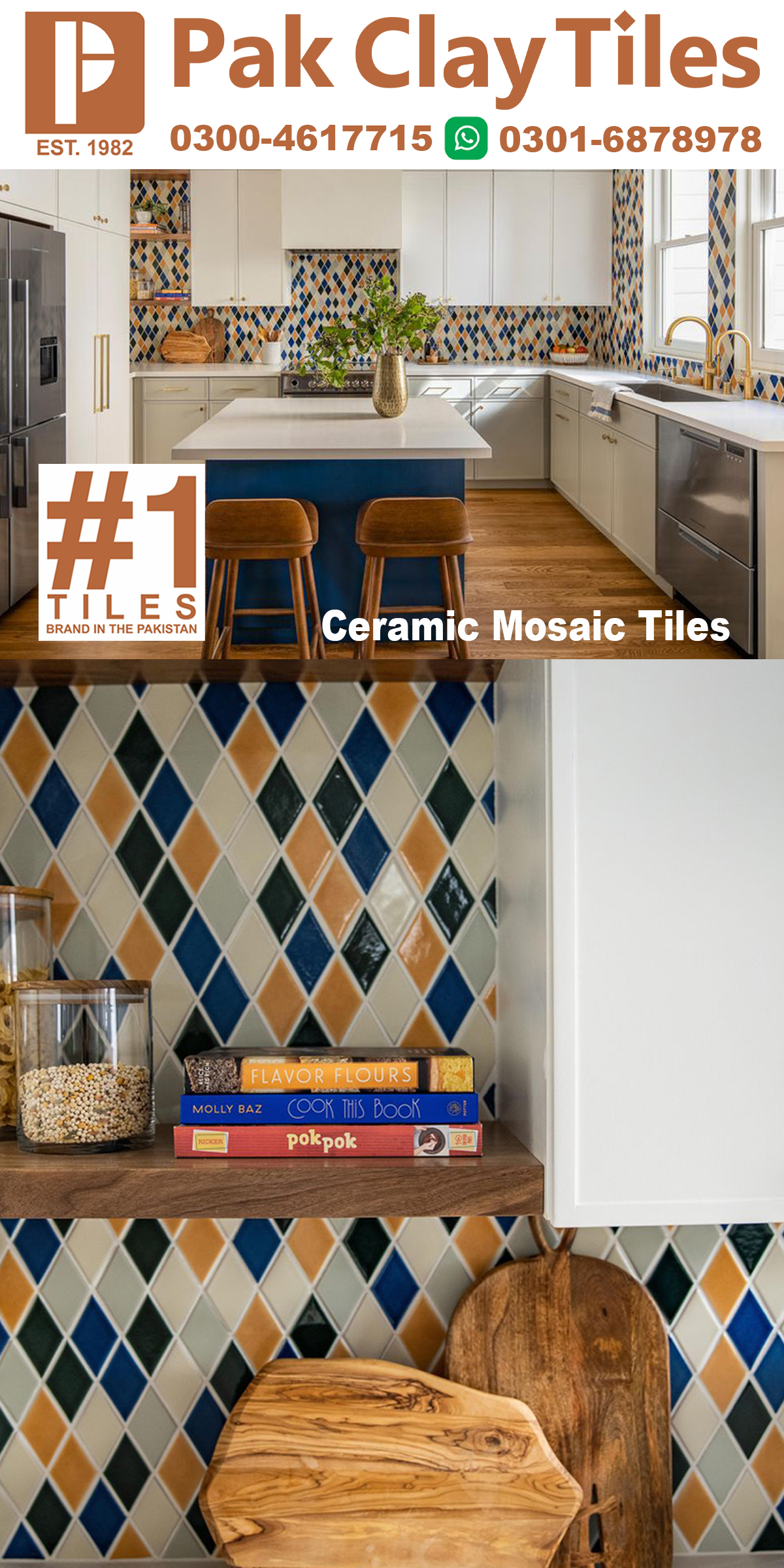
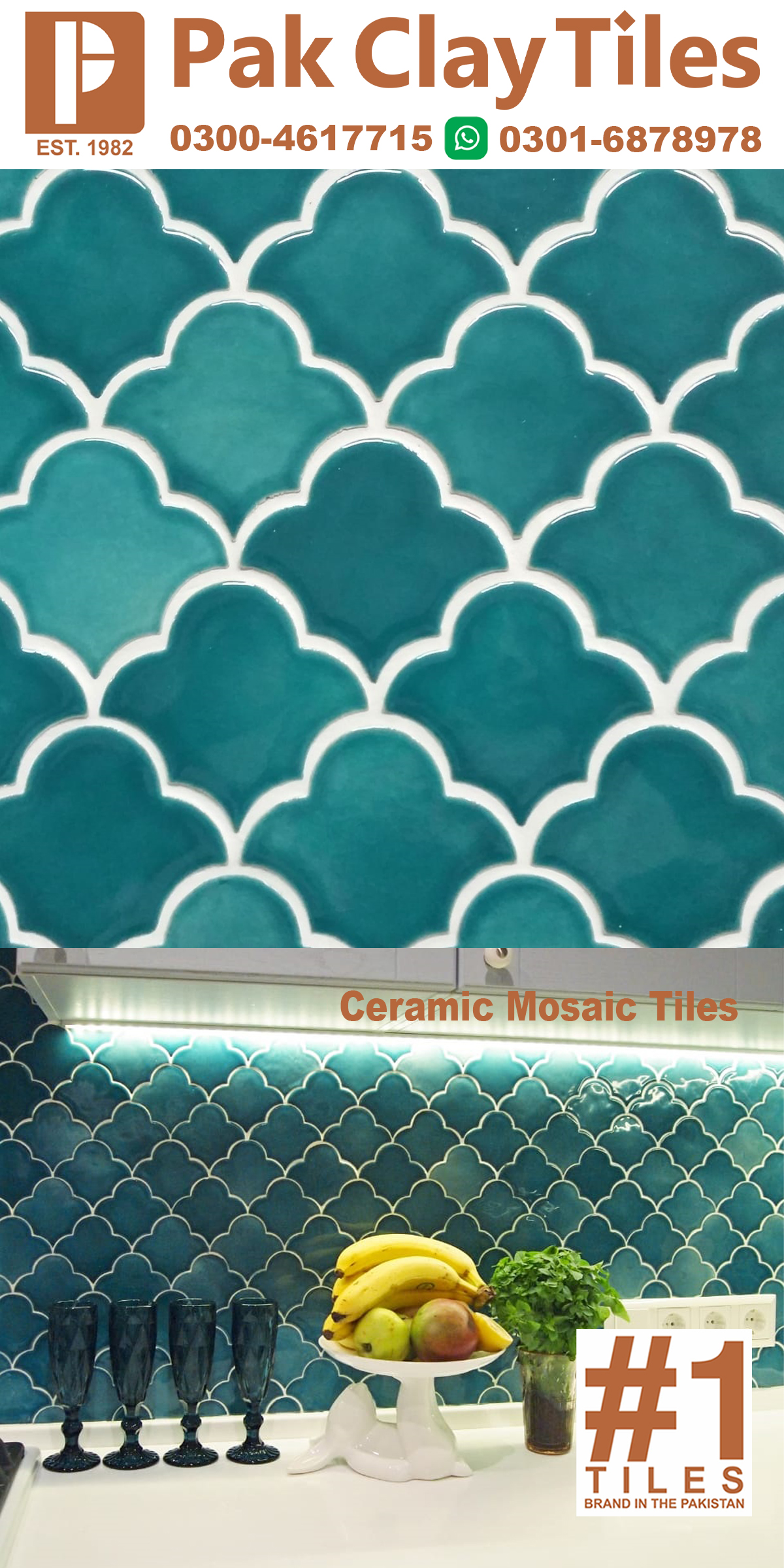
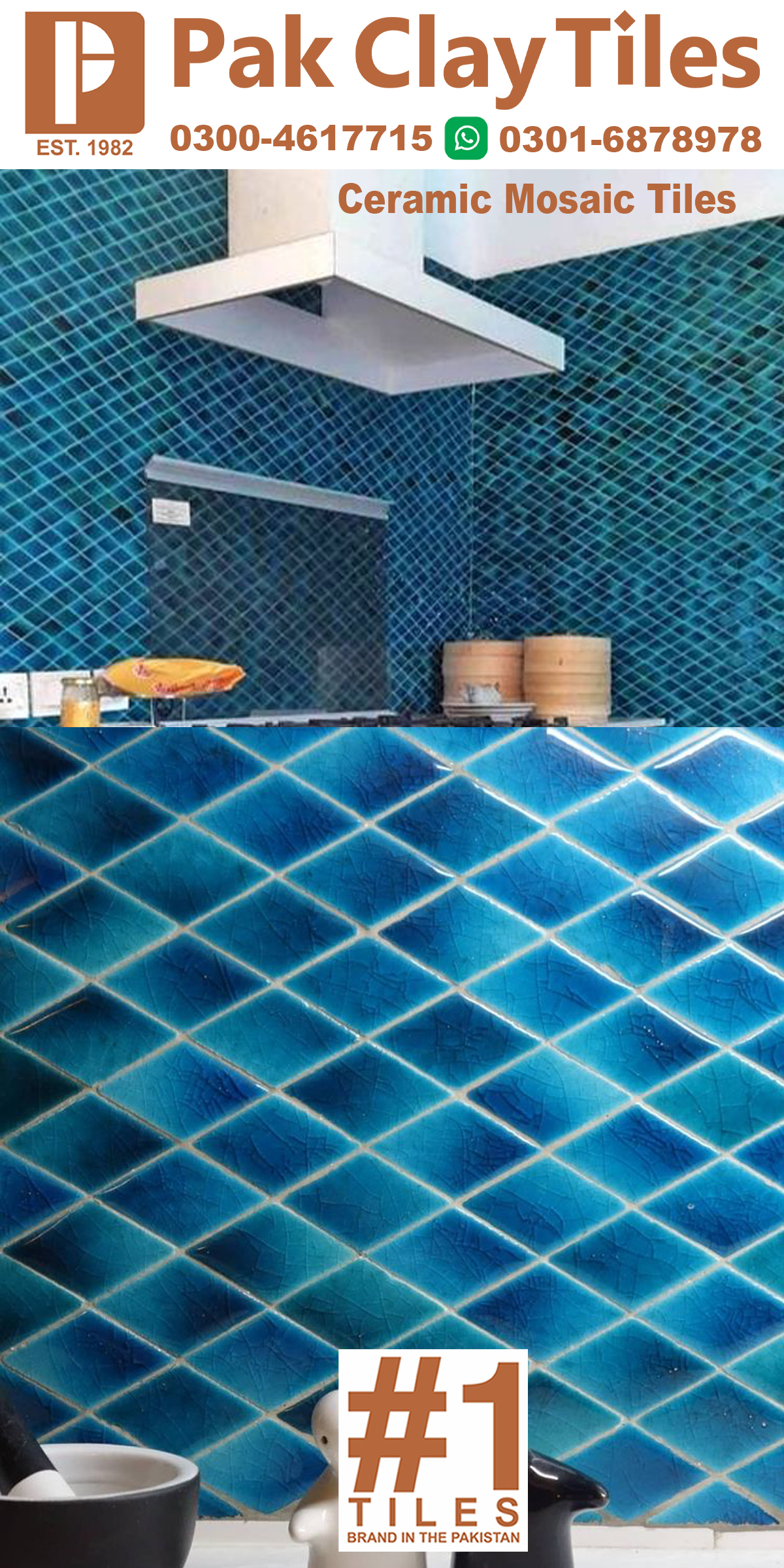
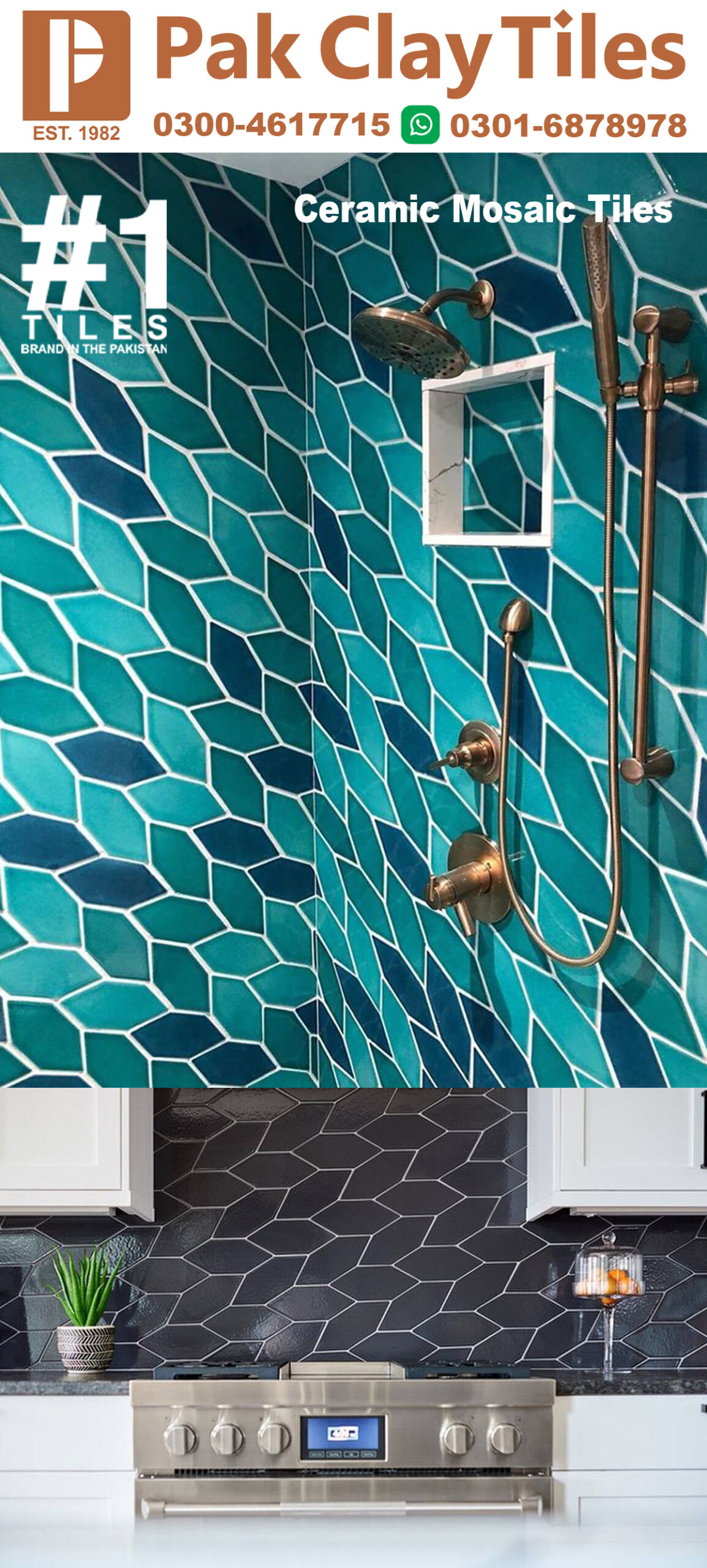
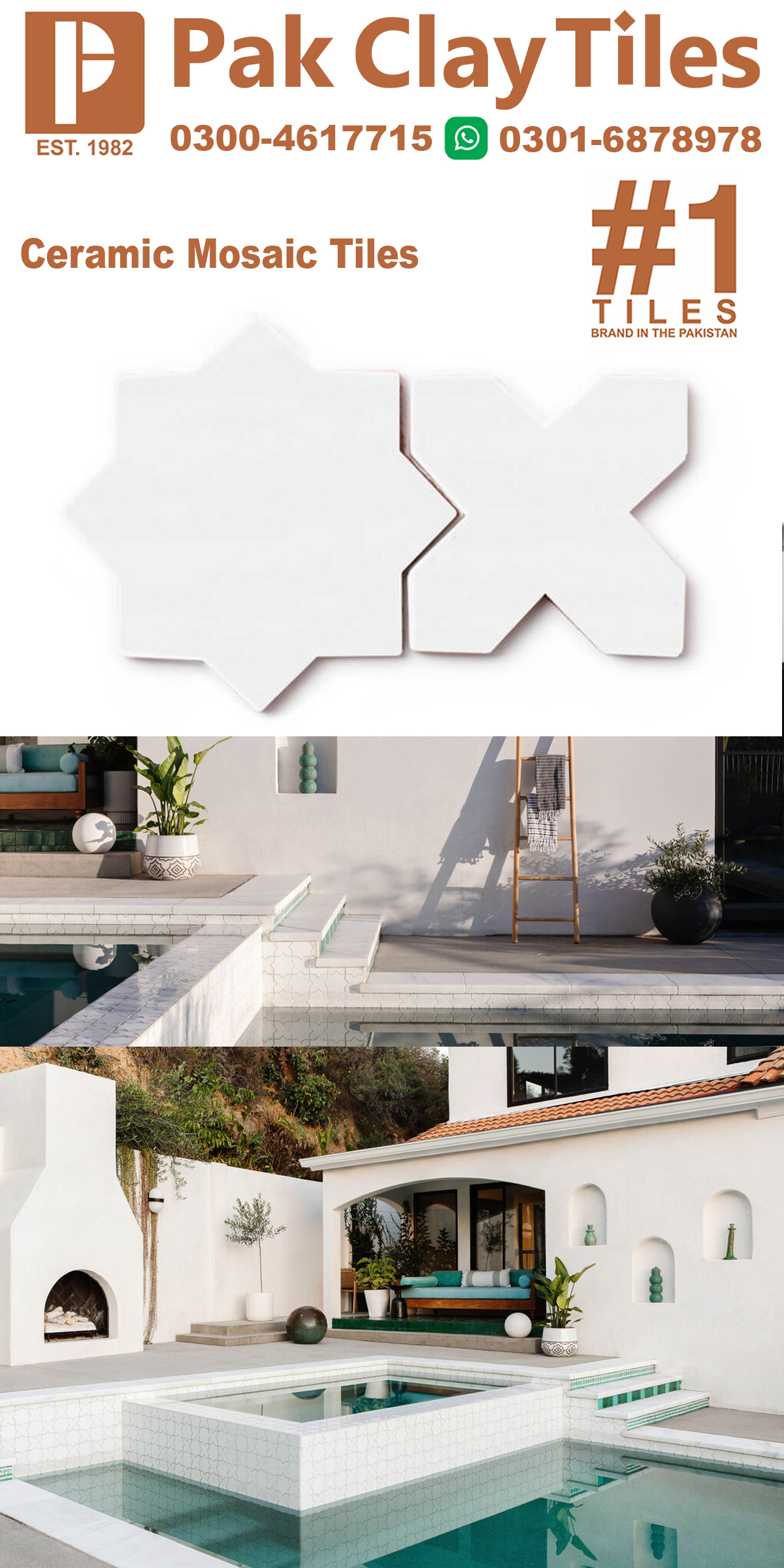
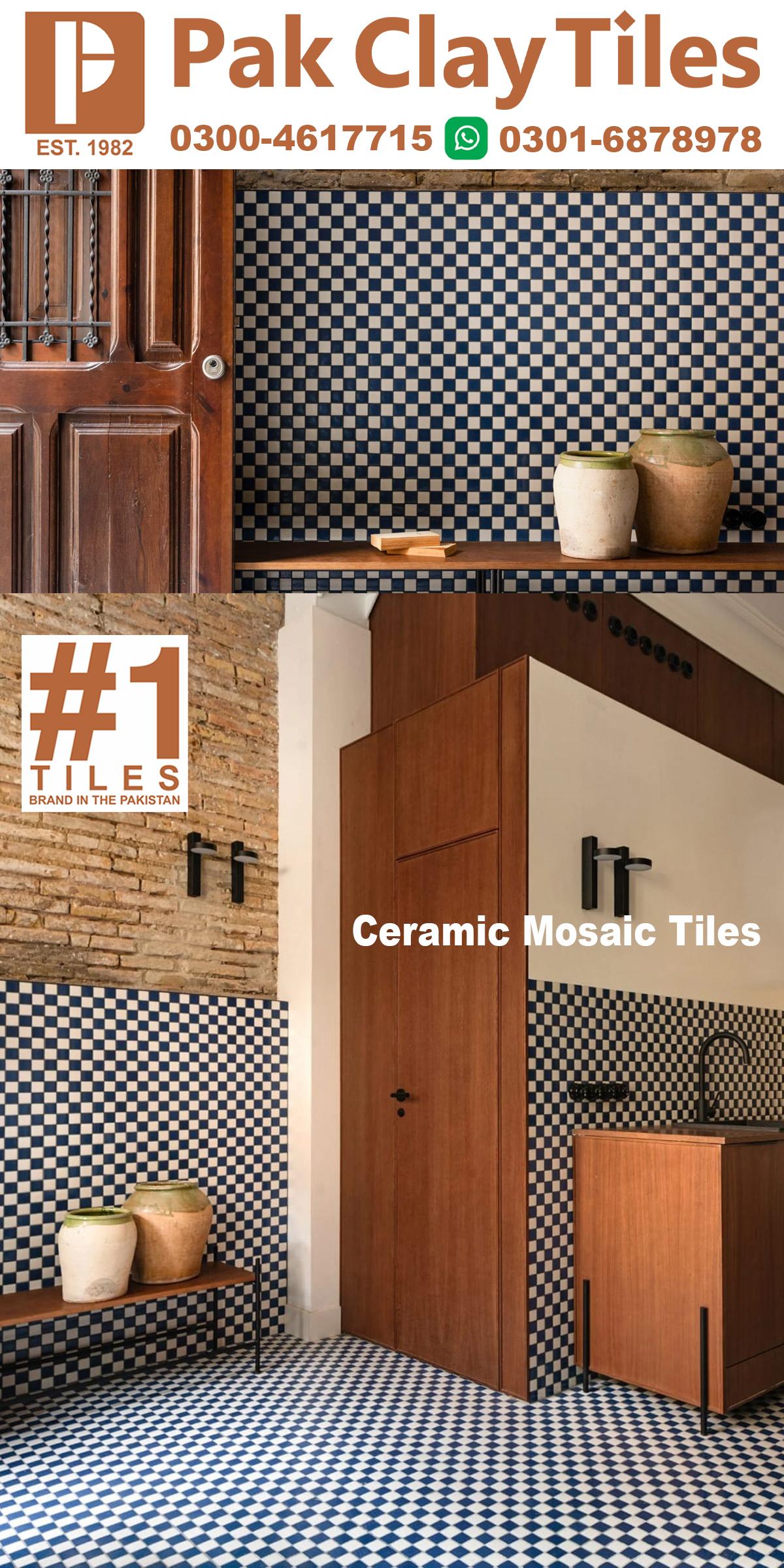
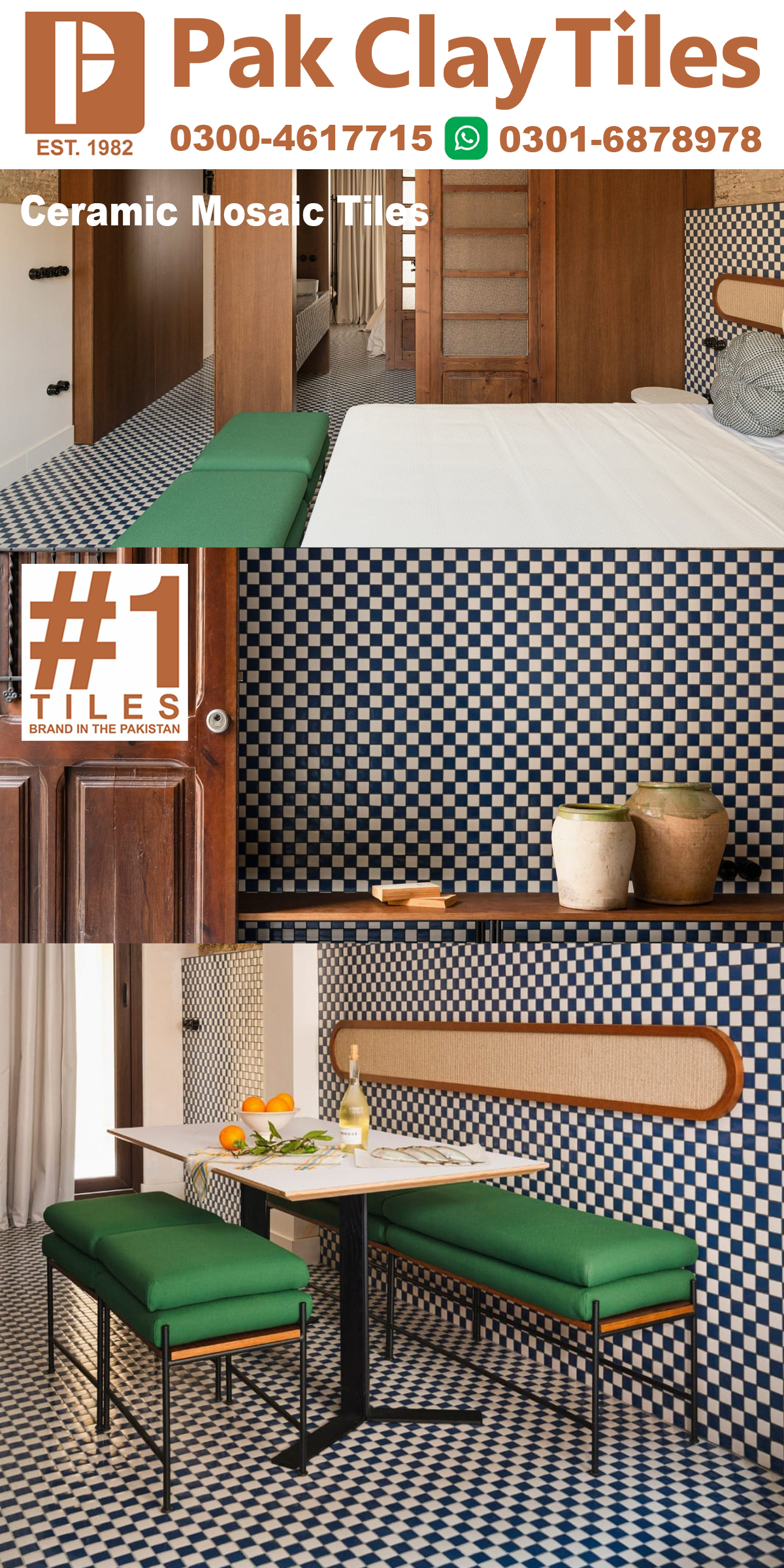
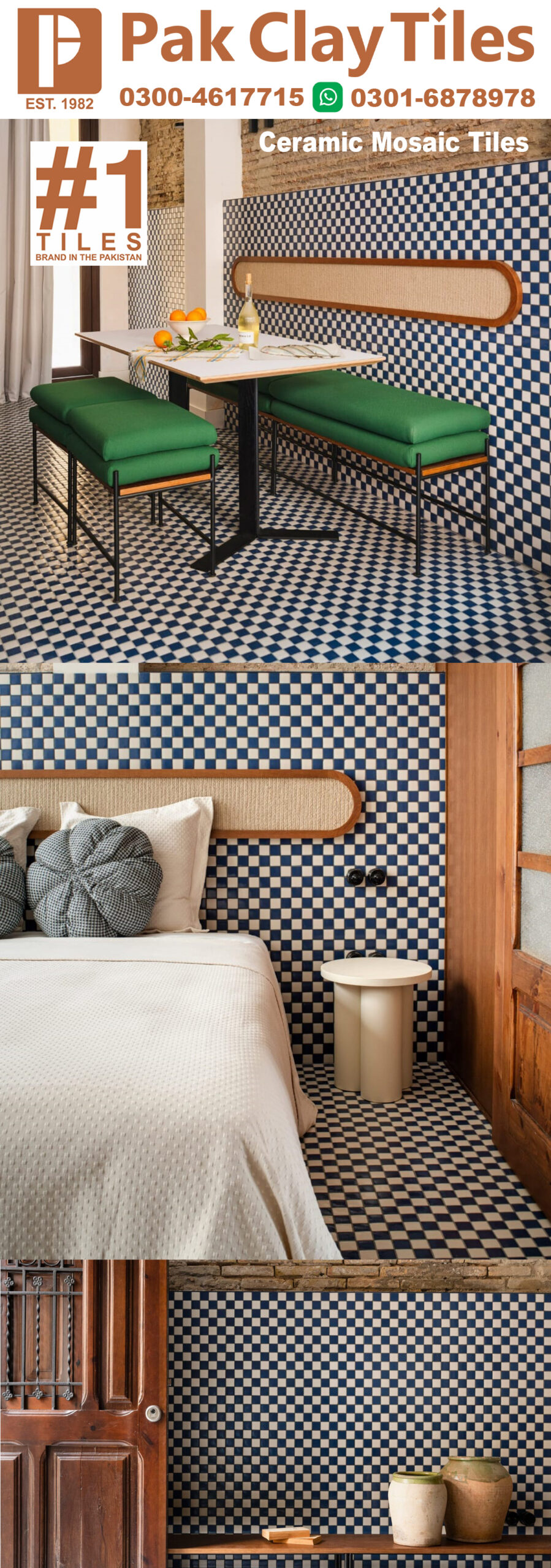
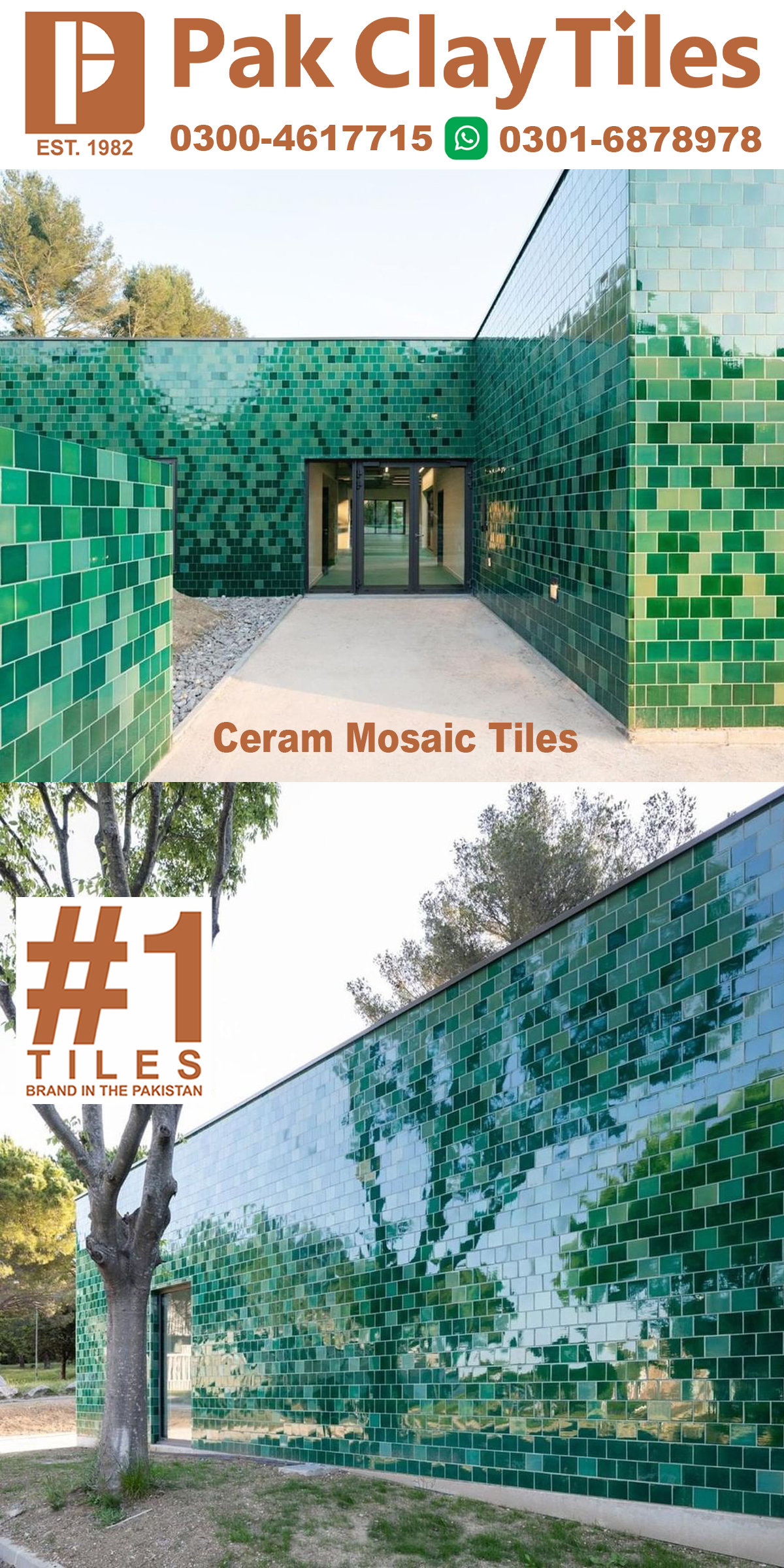
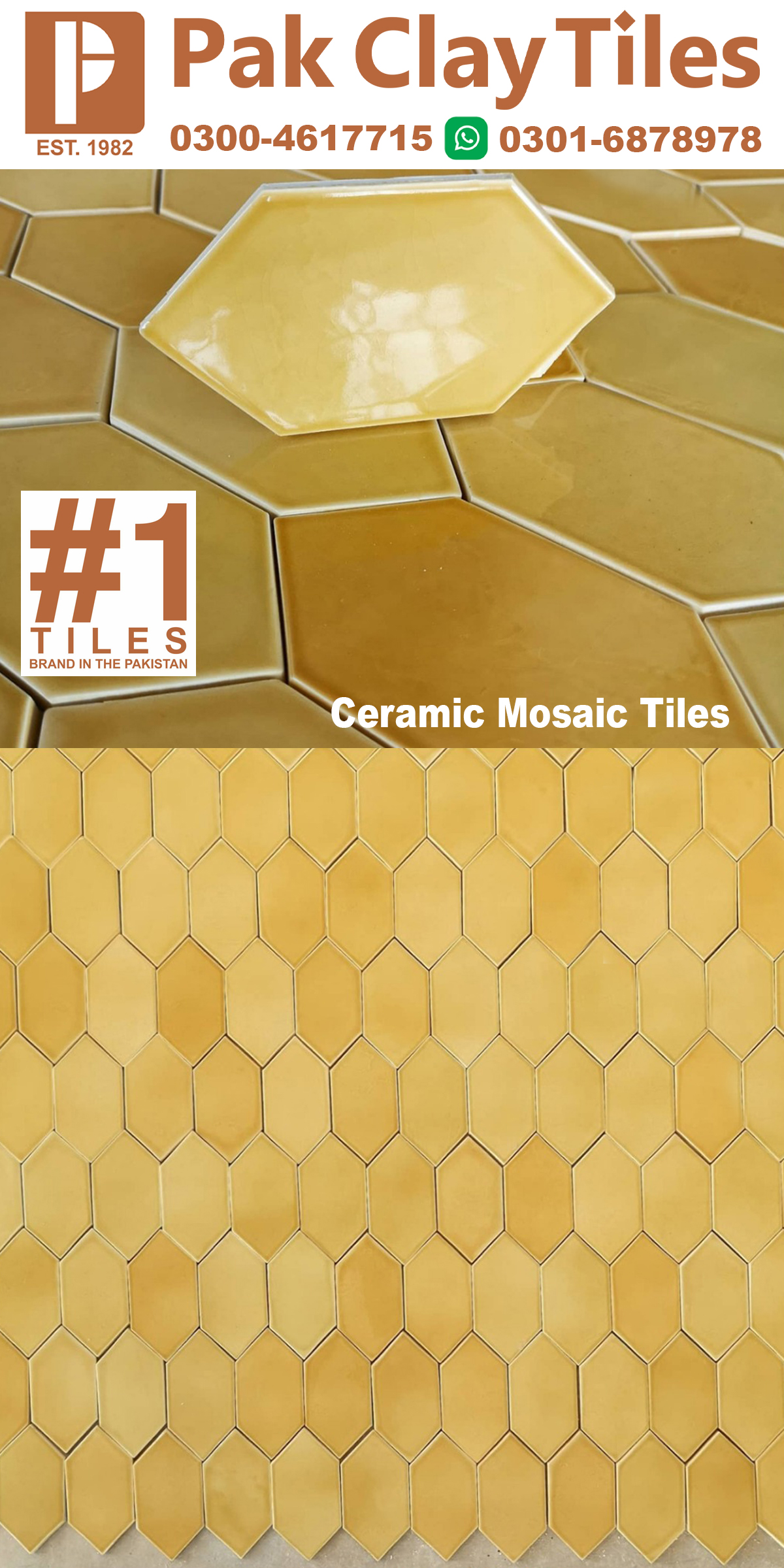
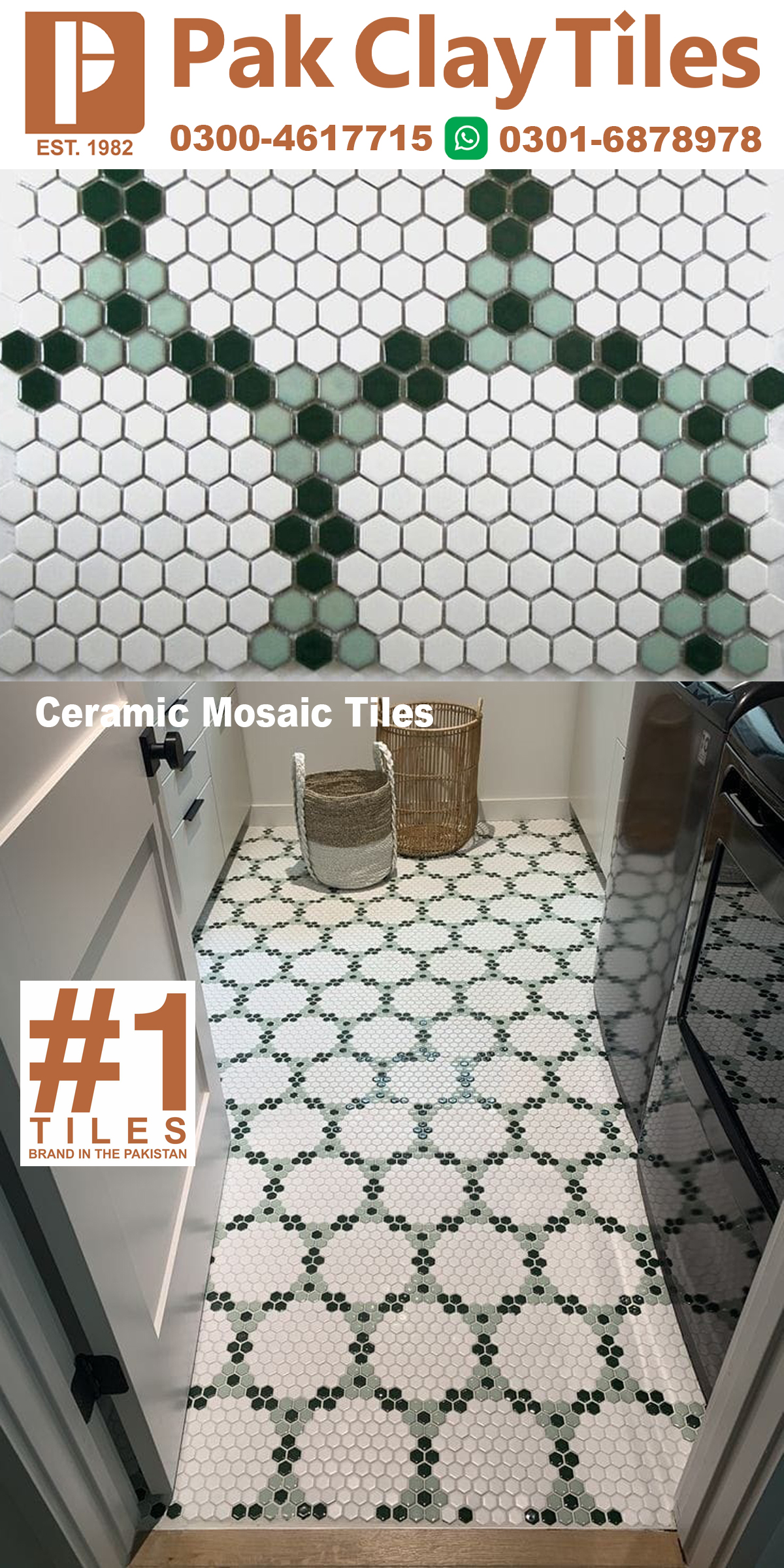
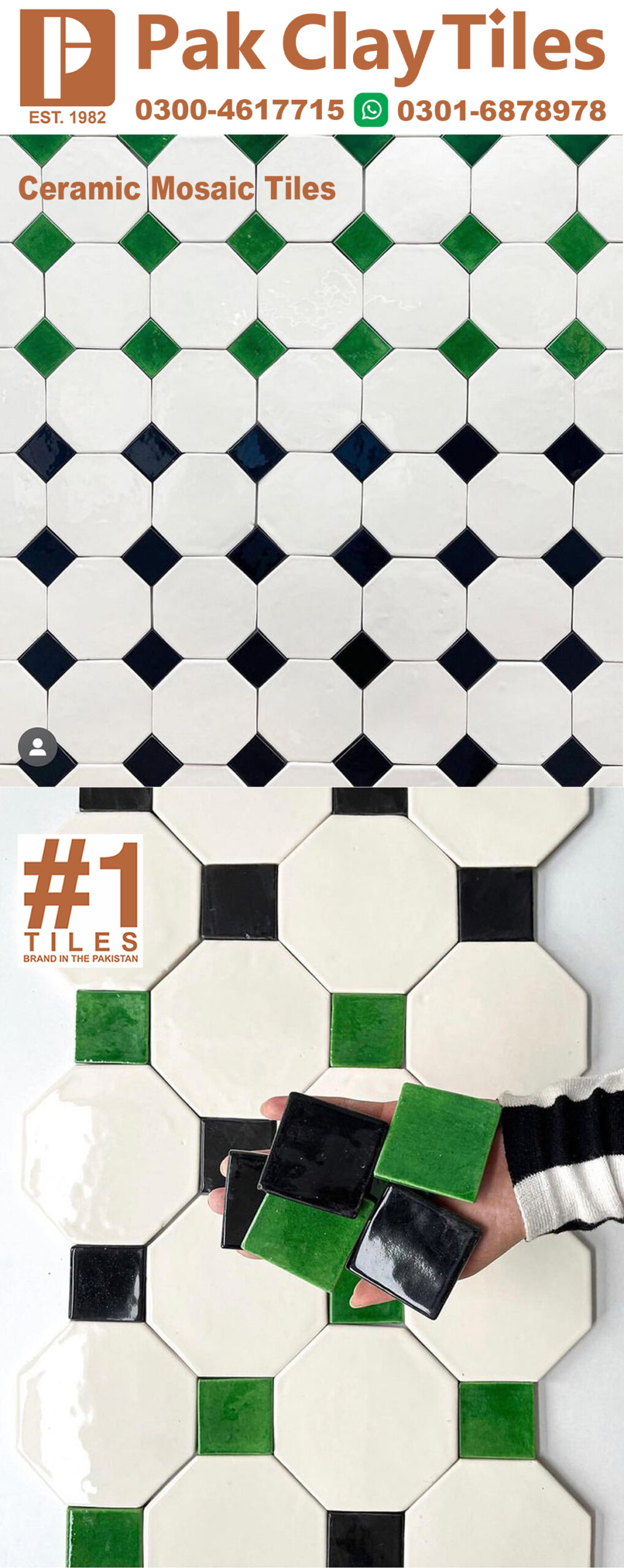
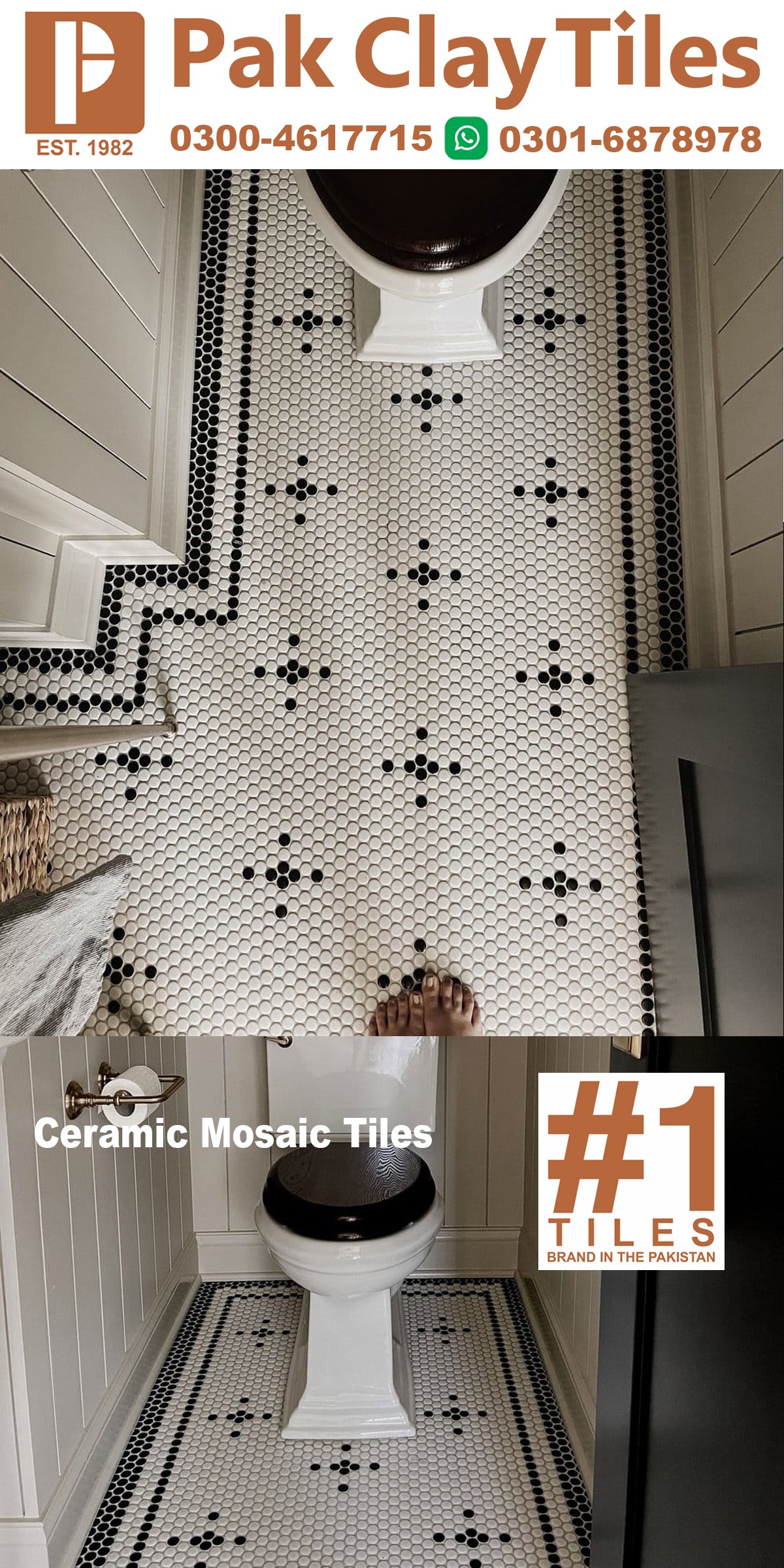
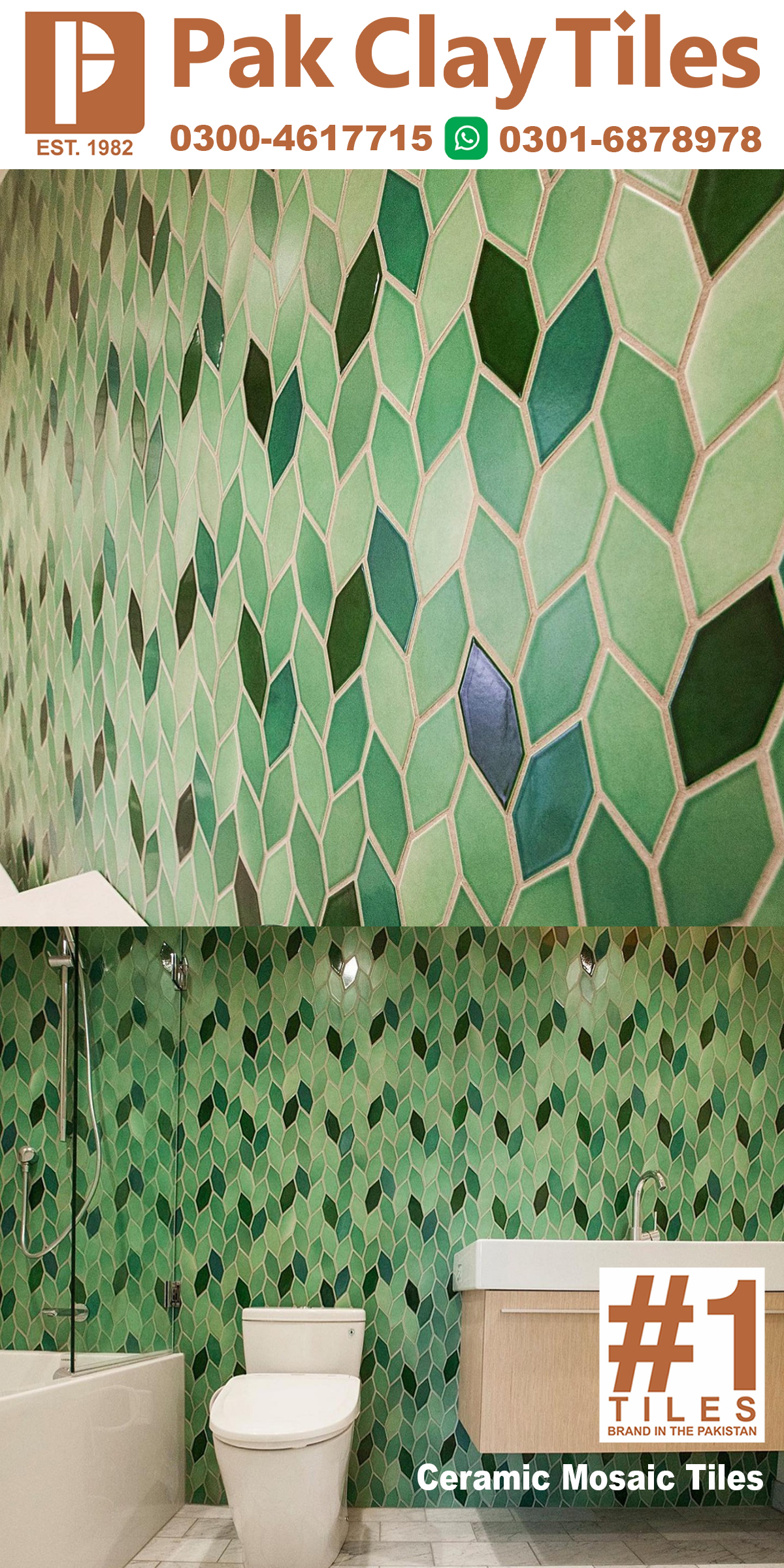
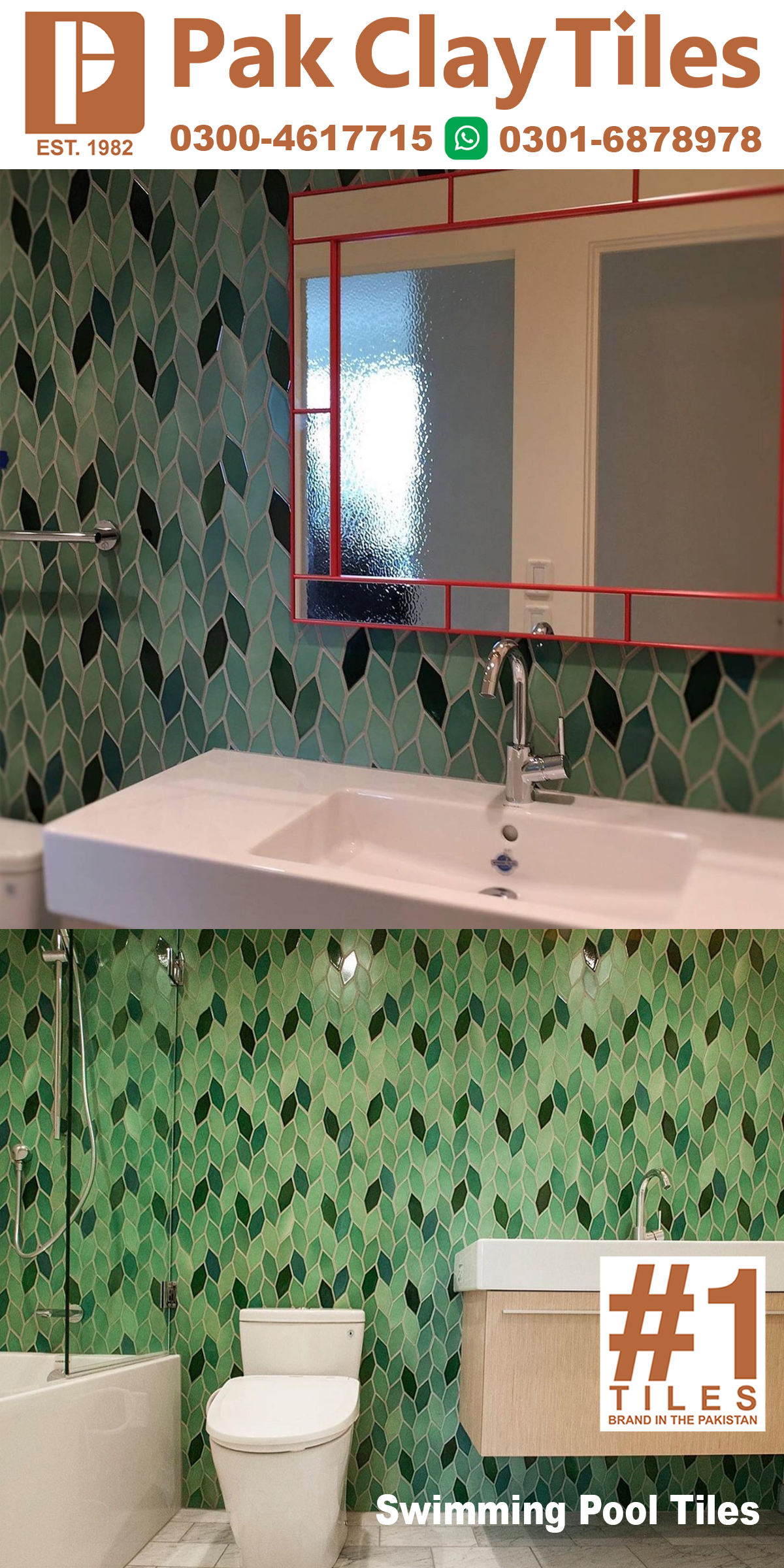
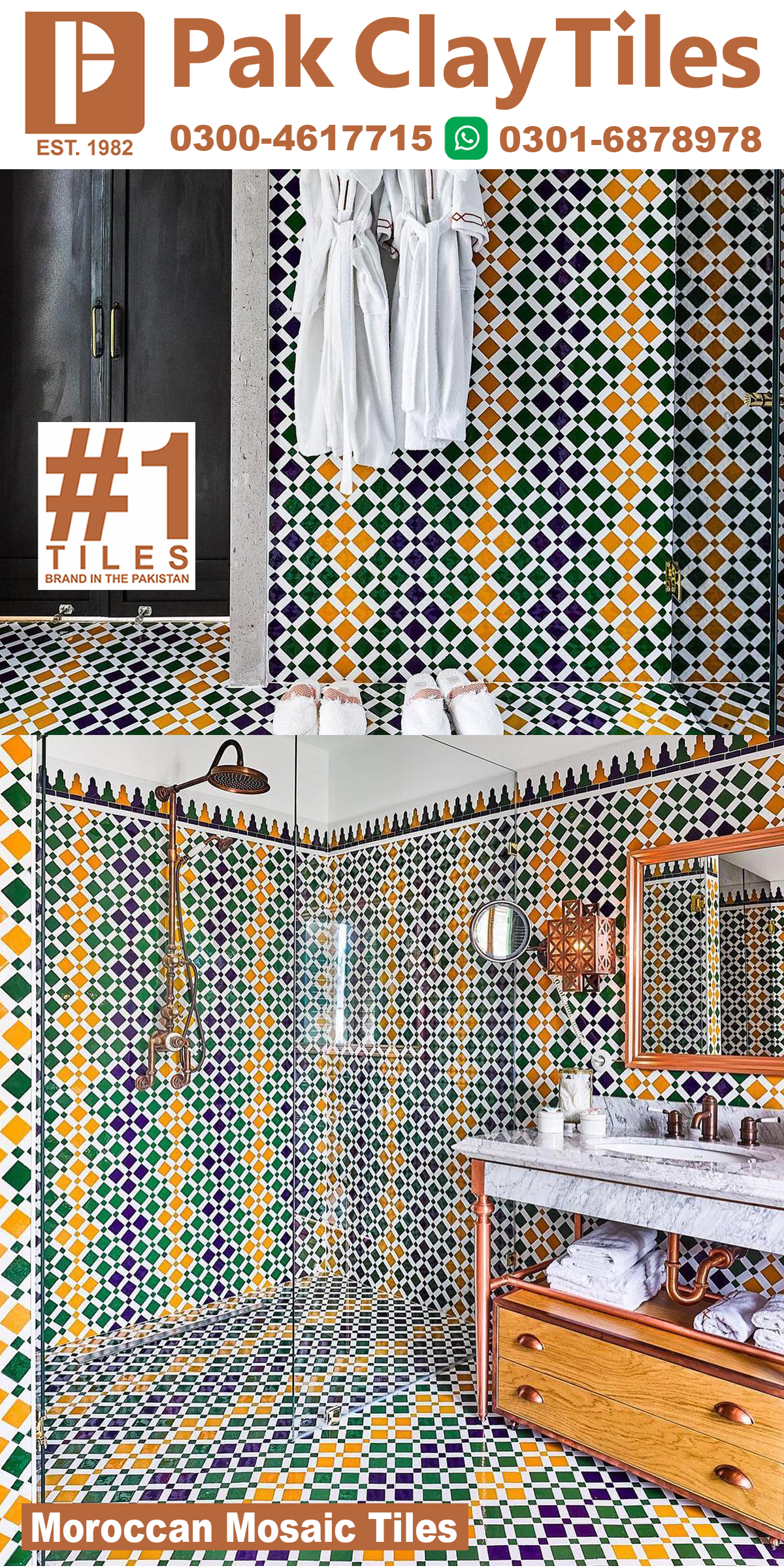
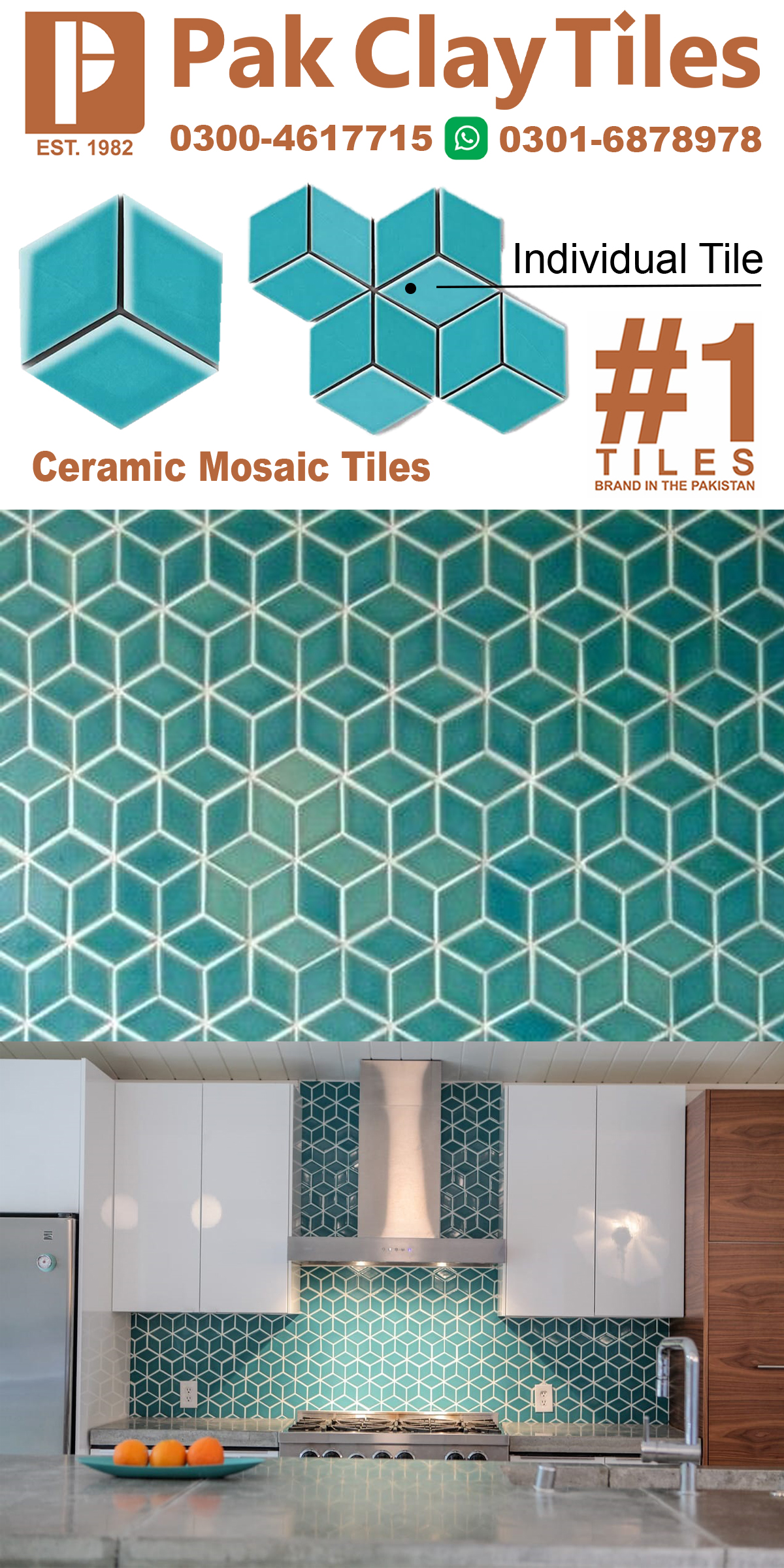
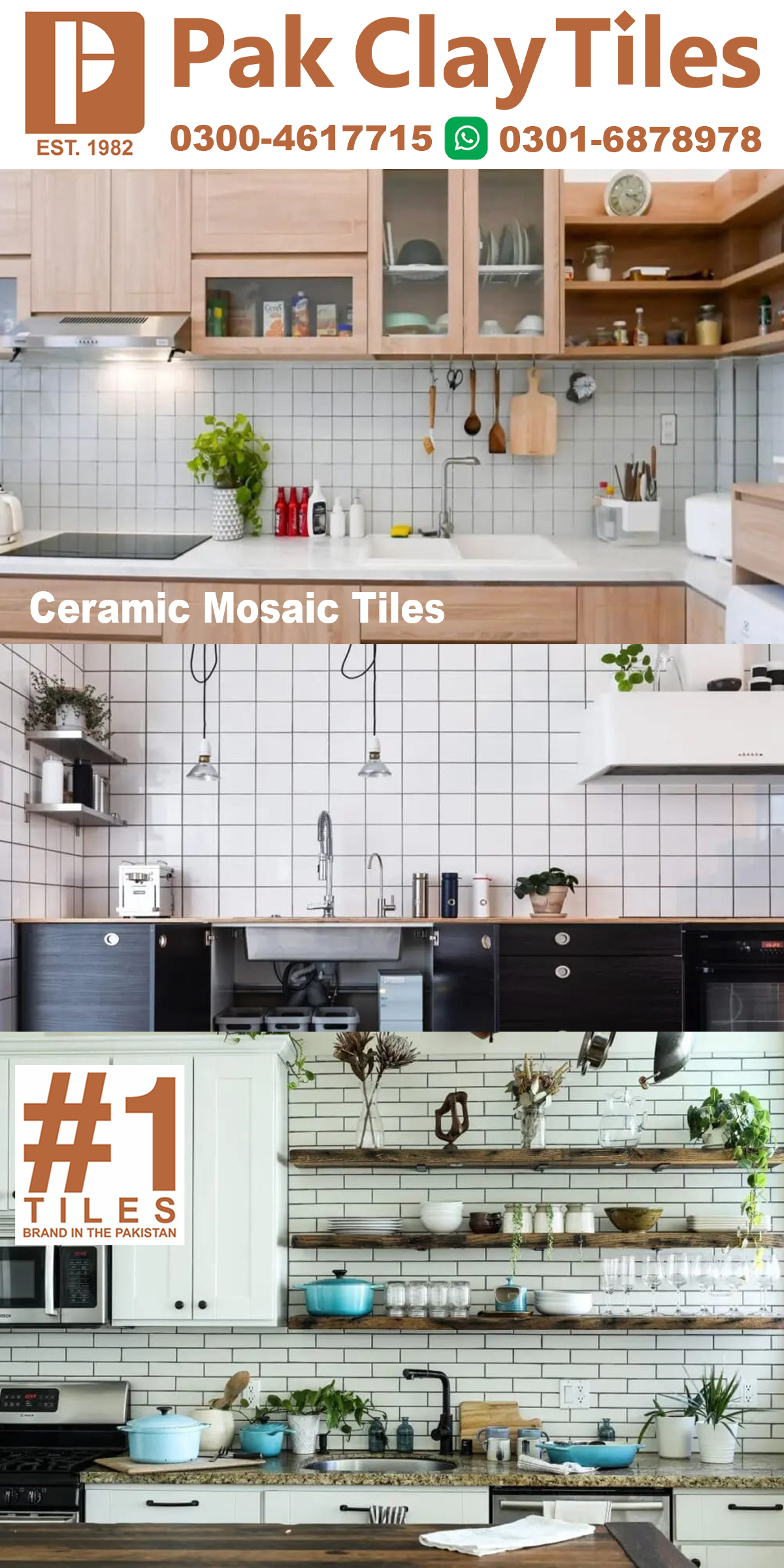
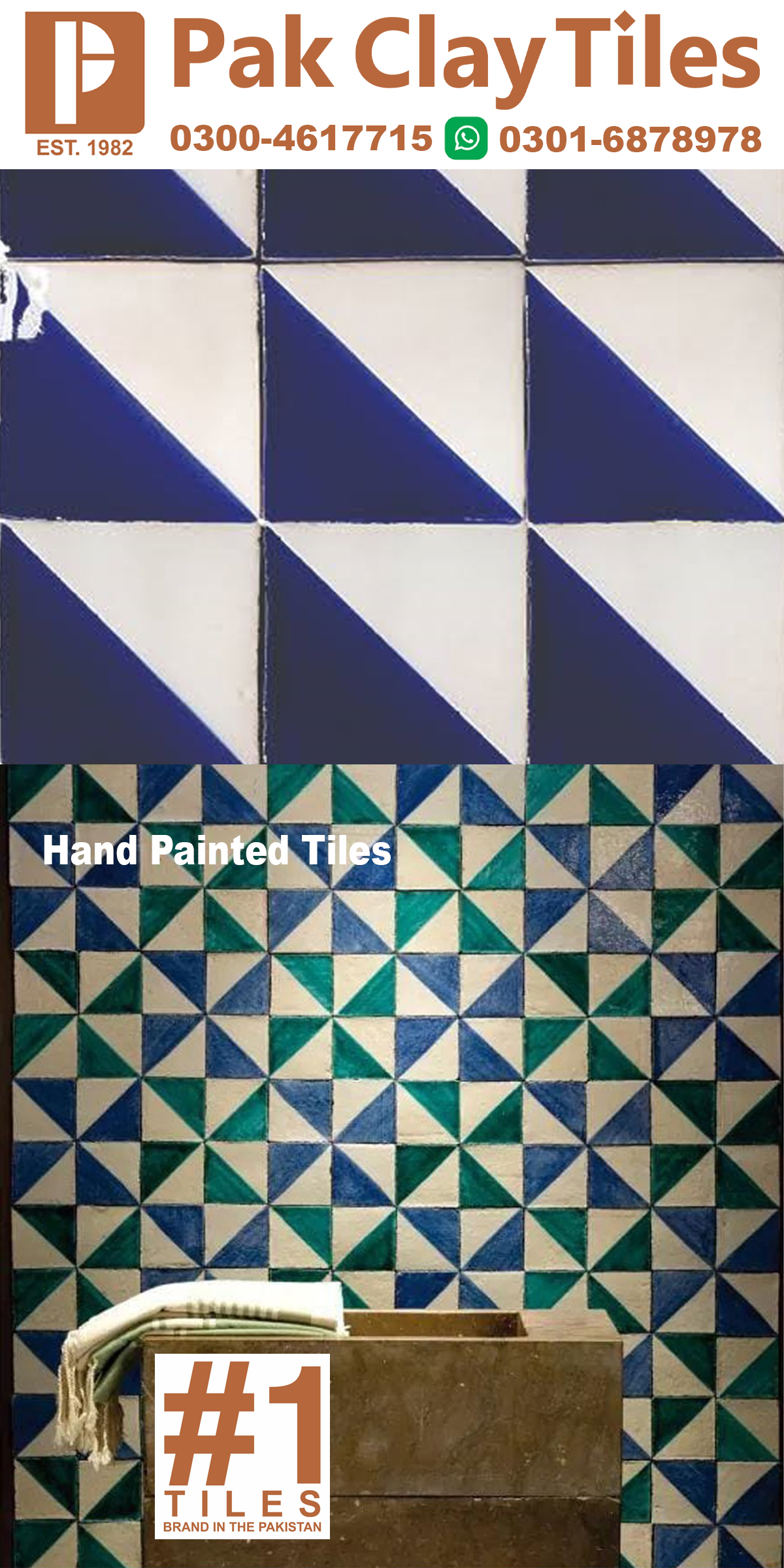
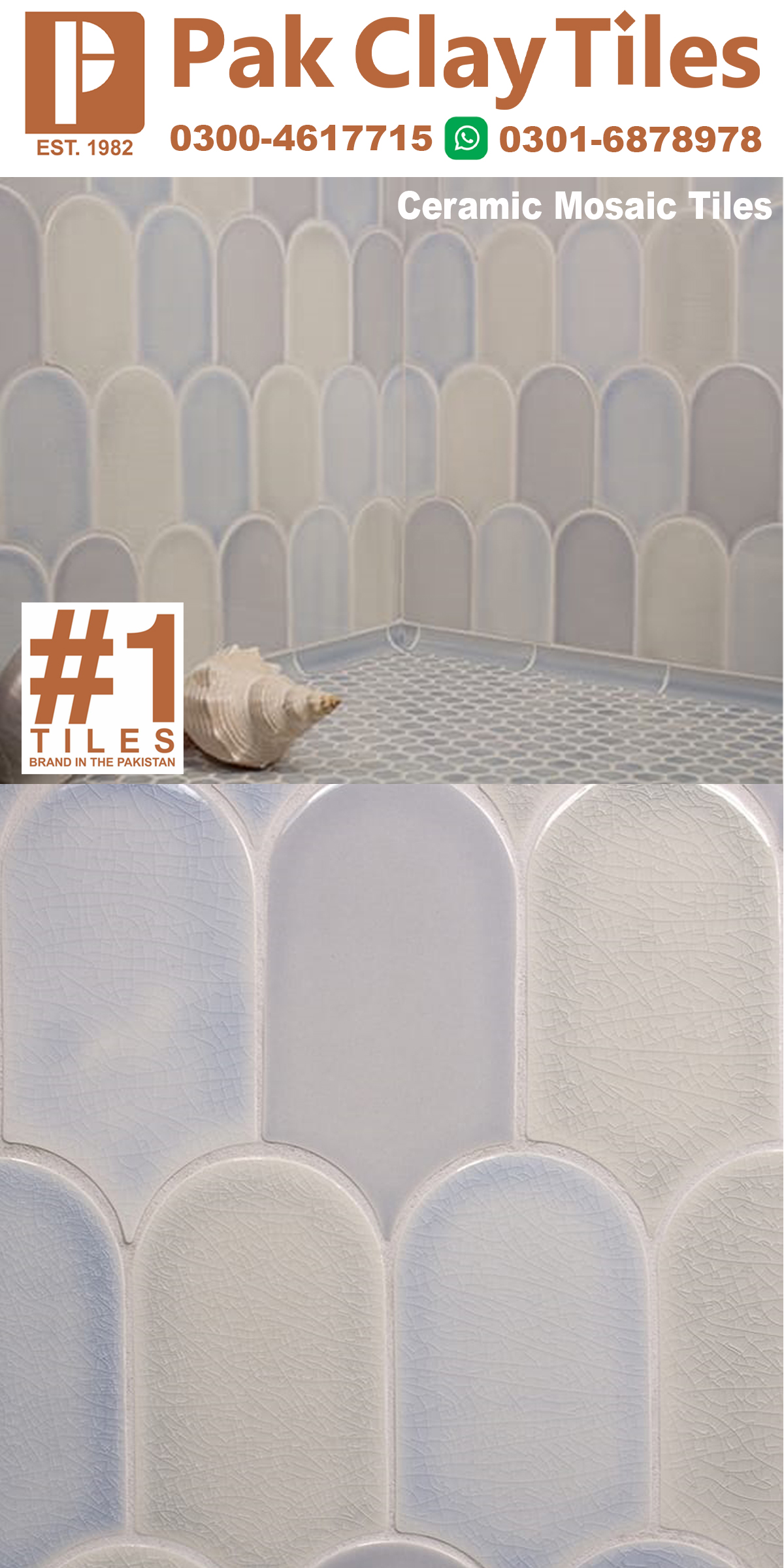
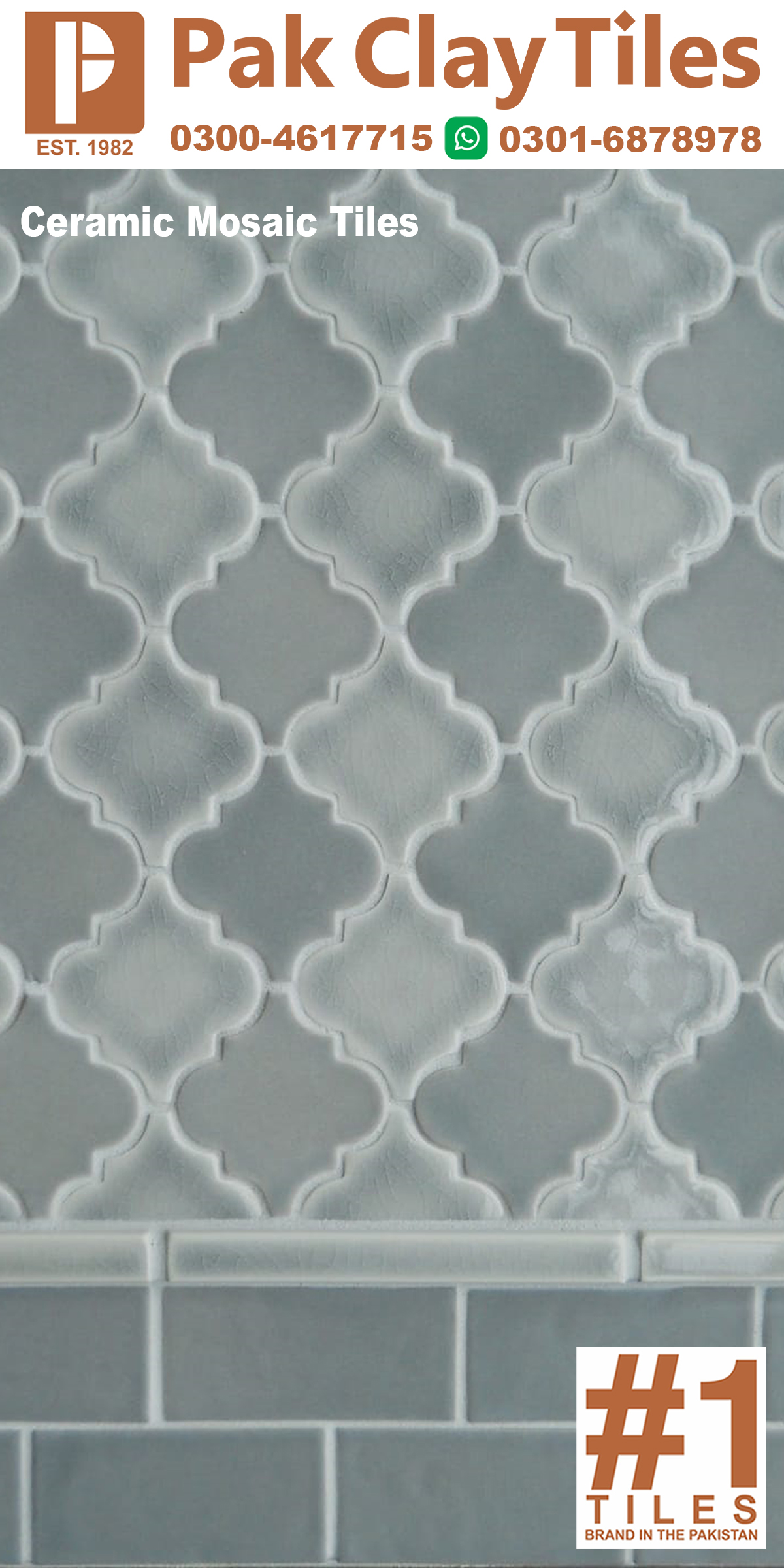
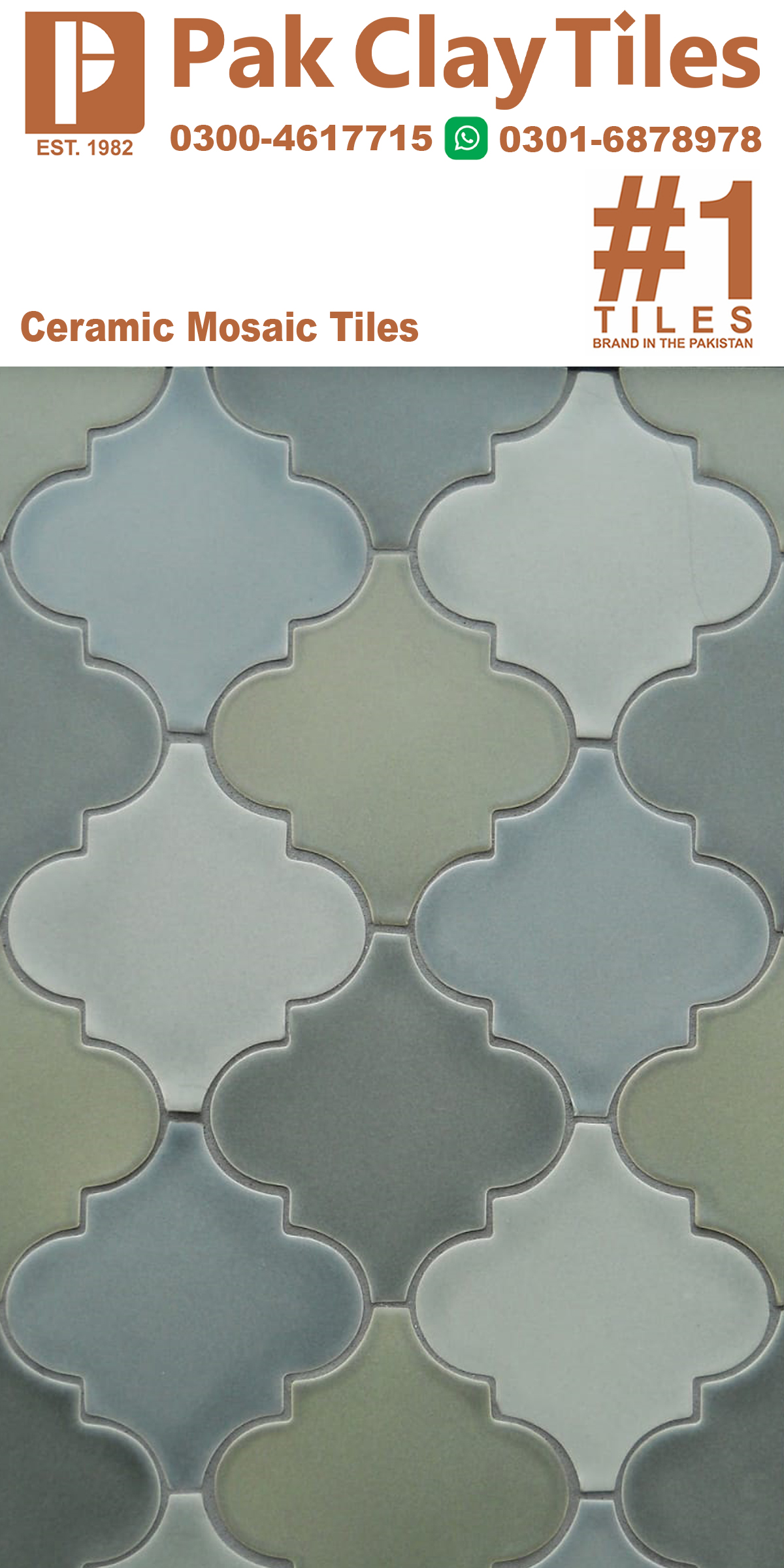
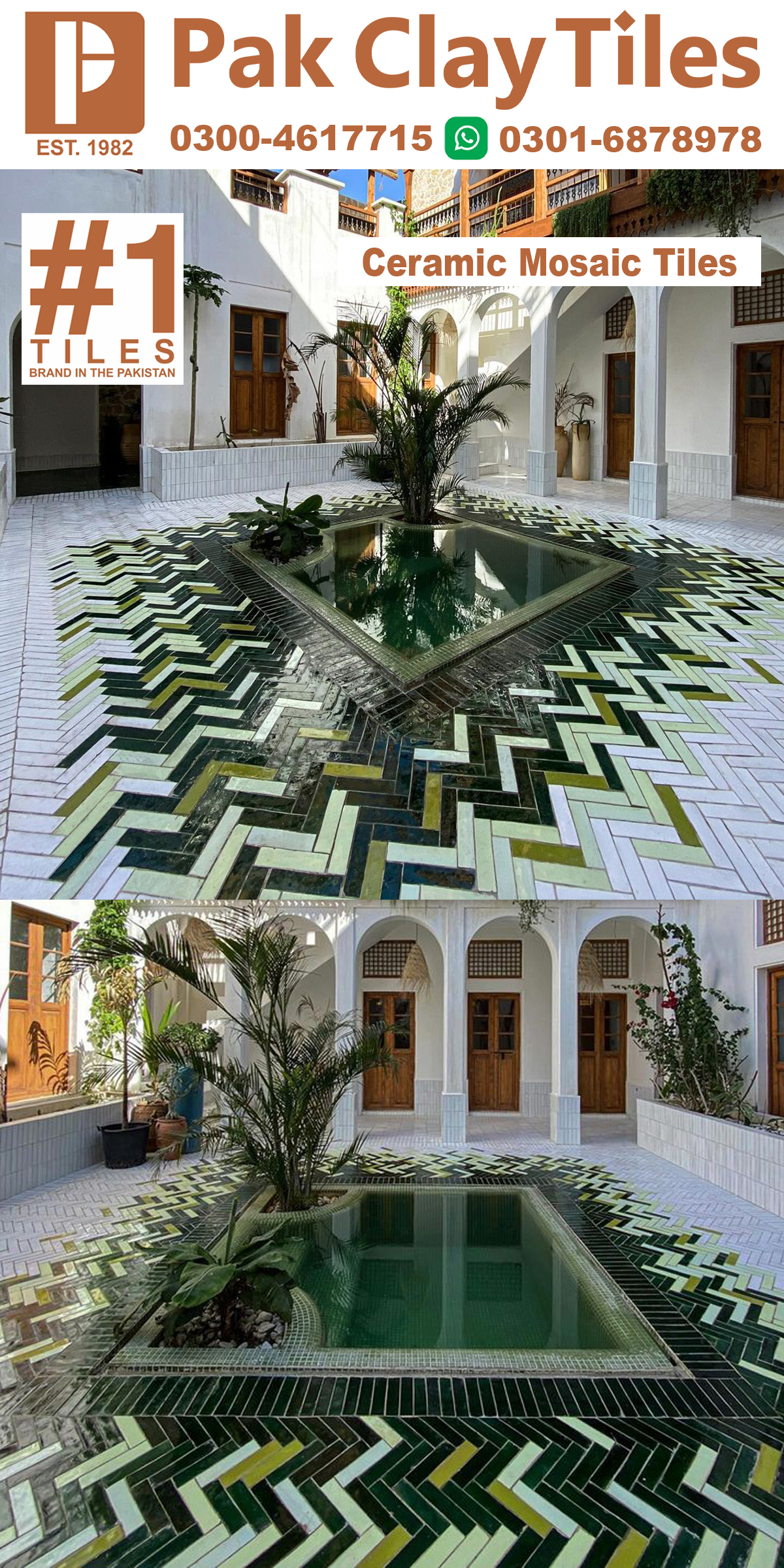
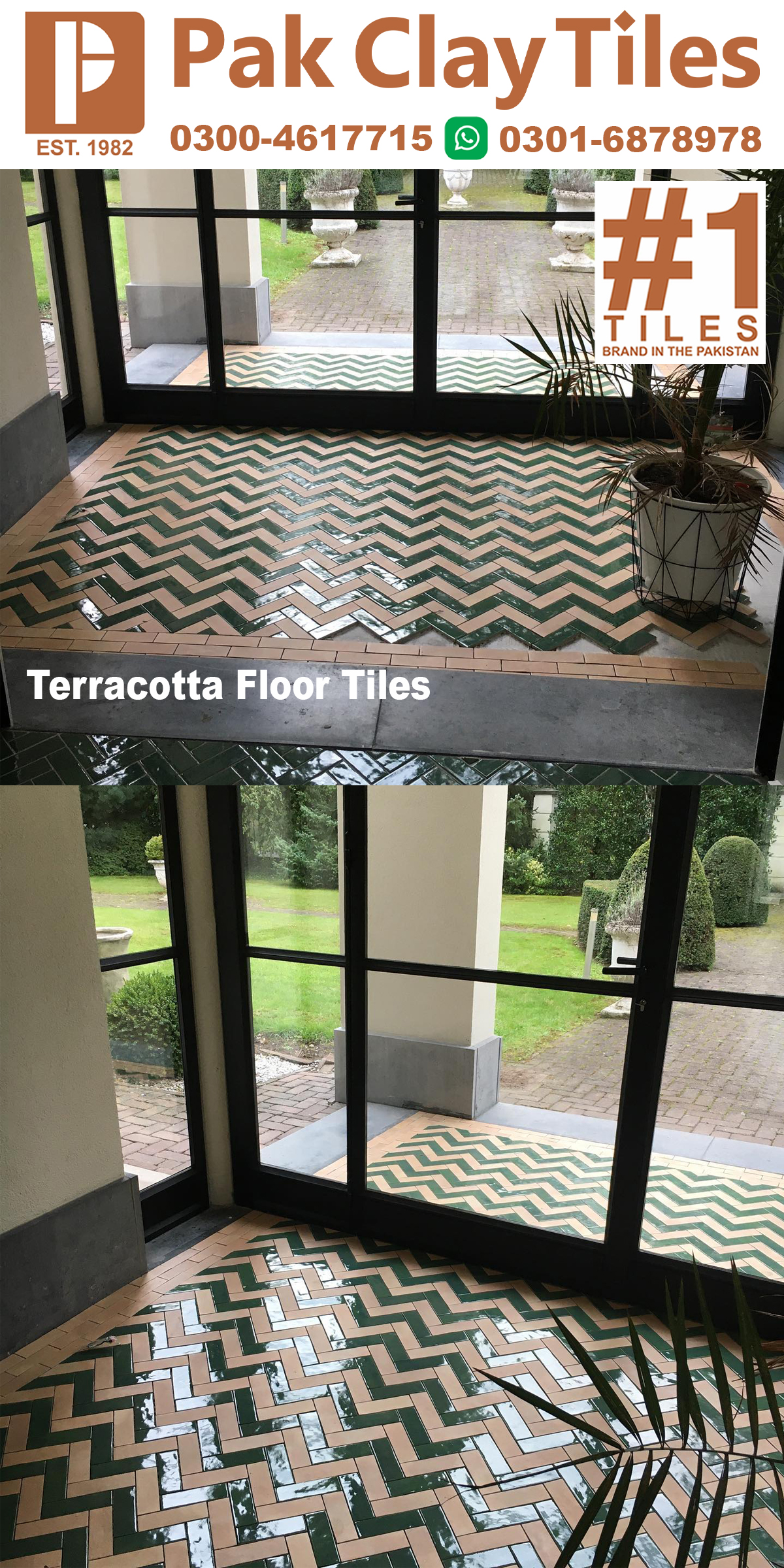
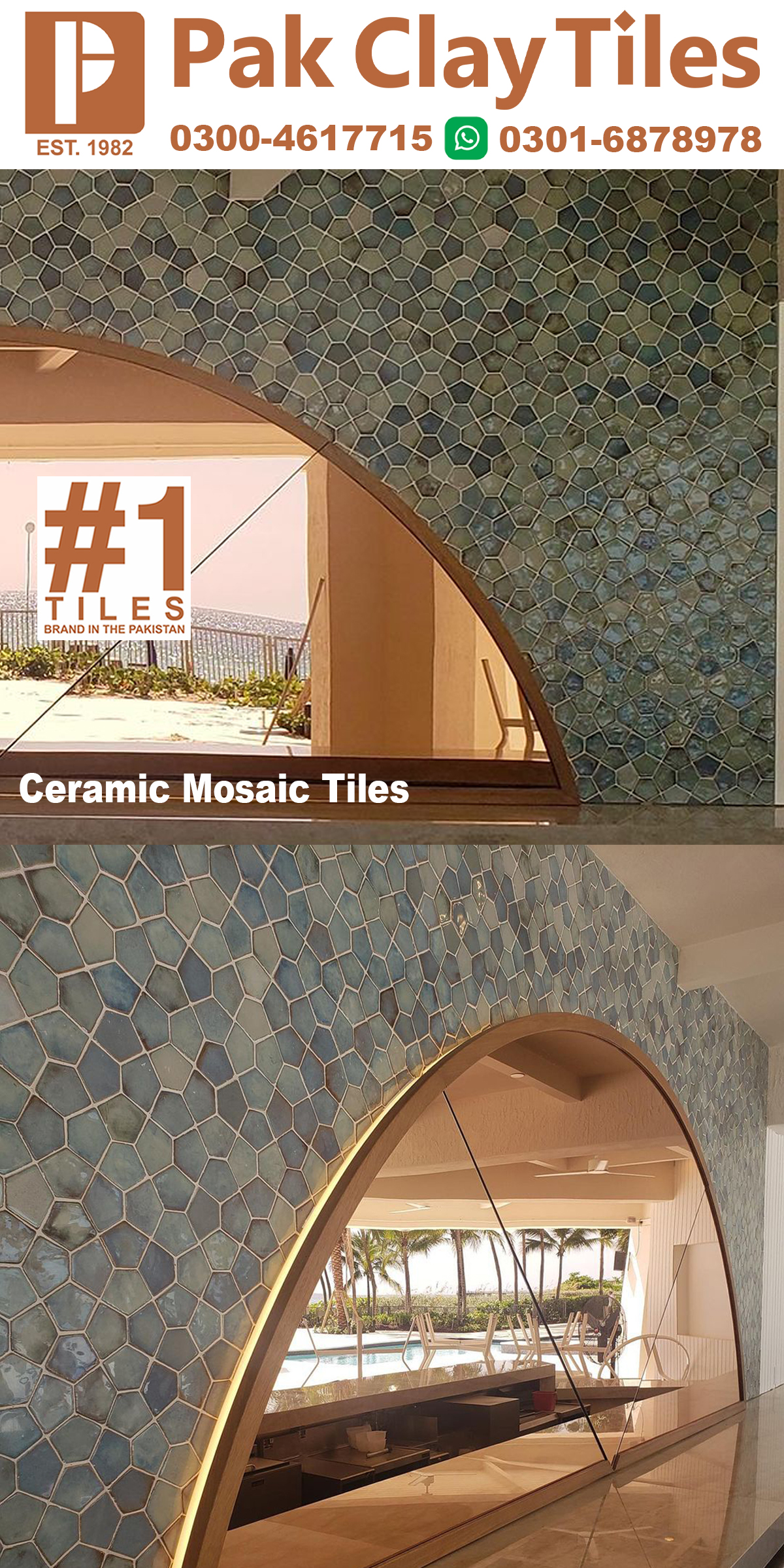


































































































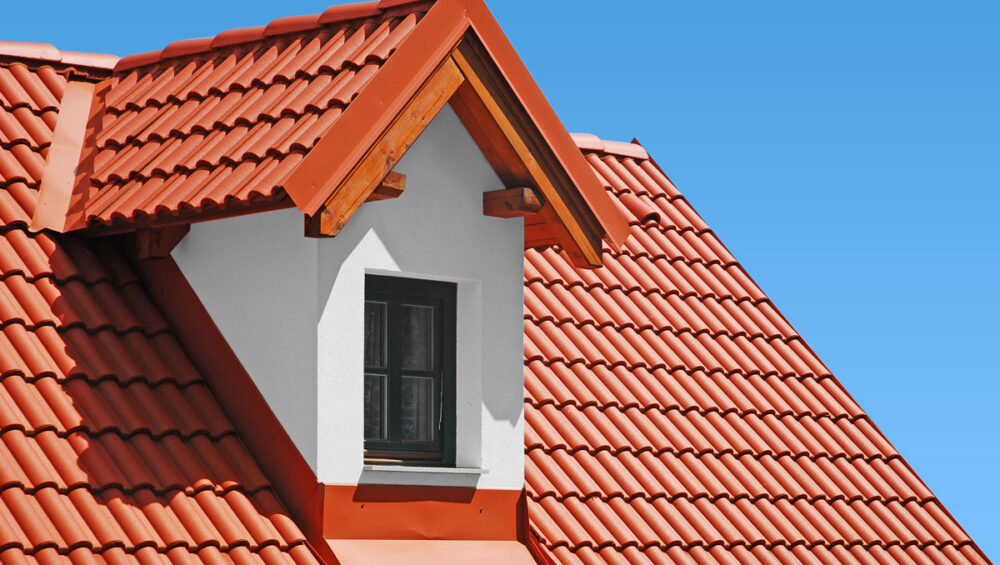 CategoriesInspirations
CategoriesInspirationsLooking to make a smart choice while building or renovating your home in Karachi? With the city’s mix of heat, humidity, and sea breeze, you need materials that offer both strength and style. That’s where clay tiles come in. From long-term durability to money-saving benefits, Clay Tiles Karachi homeowners are investing in aren’t just beautiful—they’re smart. Let’s explore why they make perfect sense for your next project.
Clay tiles are made by molding and firing natural clay, resulting in tiles that are not only strong but also rich in natural color. They’re known for their earthy beauty and durability.
Once installed, clay tiles can last 50 years or more—some even centuries. Karachi’s shifting climate doesn’t faze them. Unlike plastic or vinyl tiles, clay holds its ground.
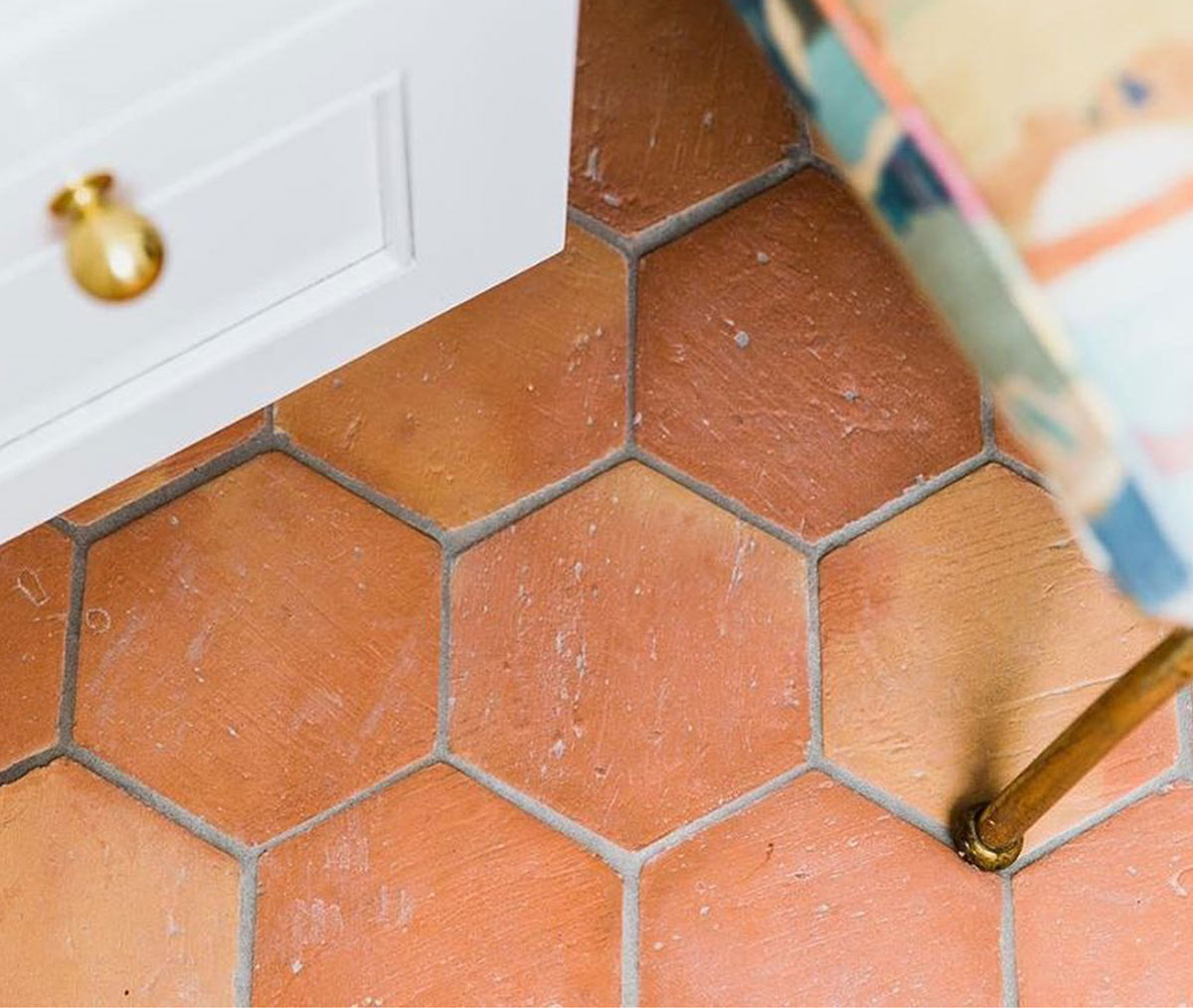
Clay tiles require little care. A regular sweep and occasional mopping are enough. Forget expensive polish, treatments, or constant replacements.
Karachi’s salty air and fluctuating humidity can ruin synthetic materials. Clay tiles resist salt damage, heat, and moisture, making them ideal for coastal living.

Clay tiles naturally keep interiors cooler. In Karachi’s blazing summers, that means less need for fans and air conditioning—lower energy bills too.
Clay tiles add a premium, timeless feel to your property. If you plan to sell or rent later, this boosts appeal and increases real estate value.
Styles change—but earthy, terracotta tones and rustic finishes never go out of fashion. Whether your home is modern or traditional, clay tiles match effortlessly.
Unlike synthetic or polished tiles, clay tiles age gracefully. They resist UV damage, cracks, and even heavy foot traffic.
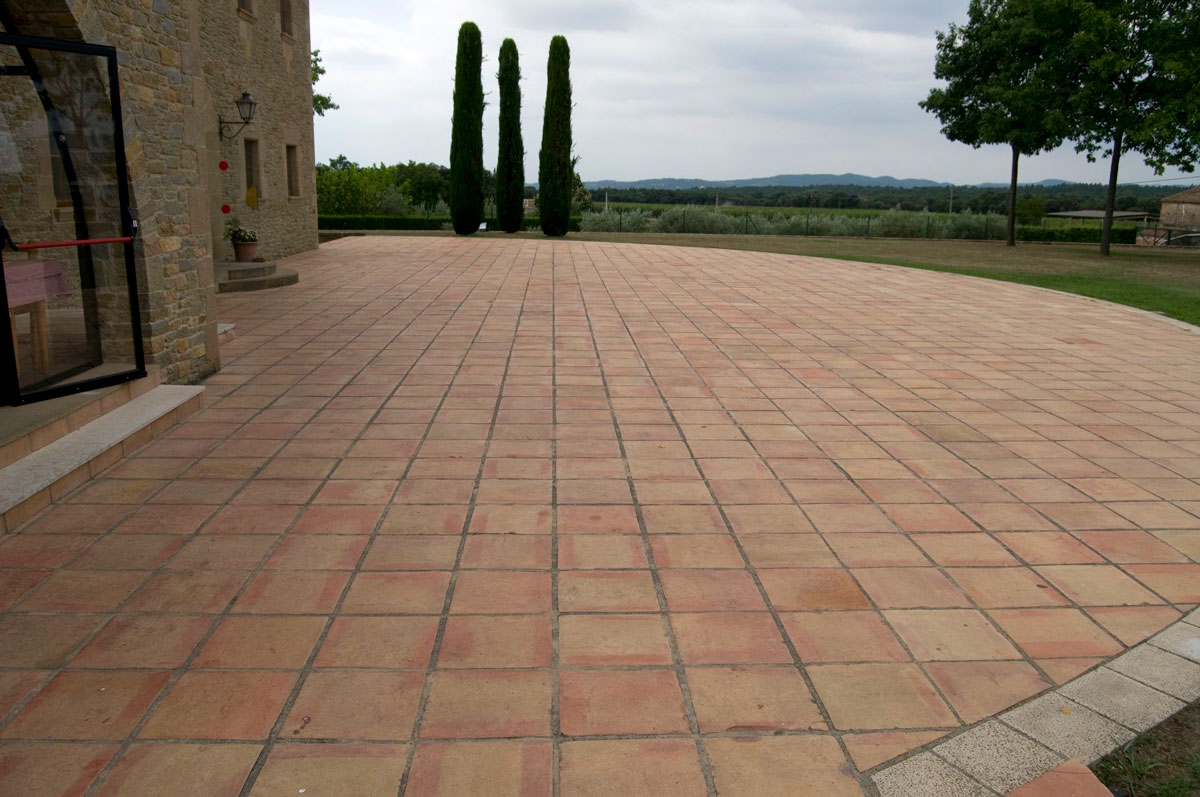
Clay tiles are eco-friendly, made from natural materials with no toxic chemicals. They’re also recyclable, reducing your home’s environmental footprint.
| Tile Type | Avg. Lifespan | Maintenance Cost | Suitability for Karachi |
|---|---|---|---|
| Clay Tiles | 50+ years | Low | Excellent |
| Ceramic | 15–20 years | Moderate | Moderate |
| Vinyl | 10 years | High | Poor |
In the long run, clay tiles save you more.
Although clay tiles might have a slightly higher upfront cost, installation is a once-in-decades job. No need to redo your floors or roof every few years.
Look for:
Local suppliers with kiln-fired tiles
Khaprail roof tiles for exteriors
Terracotta or glazed tiles for indoor floors
Don’t forget to ask for anti-slip options for wet areas like patios and bathrooms.
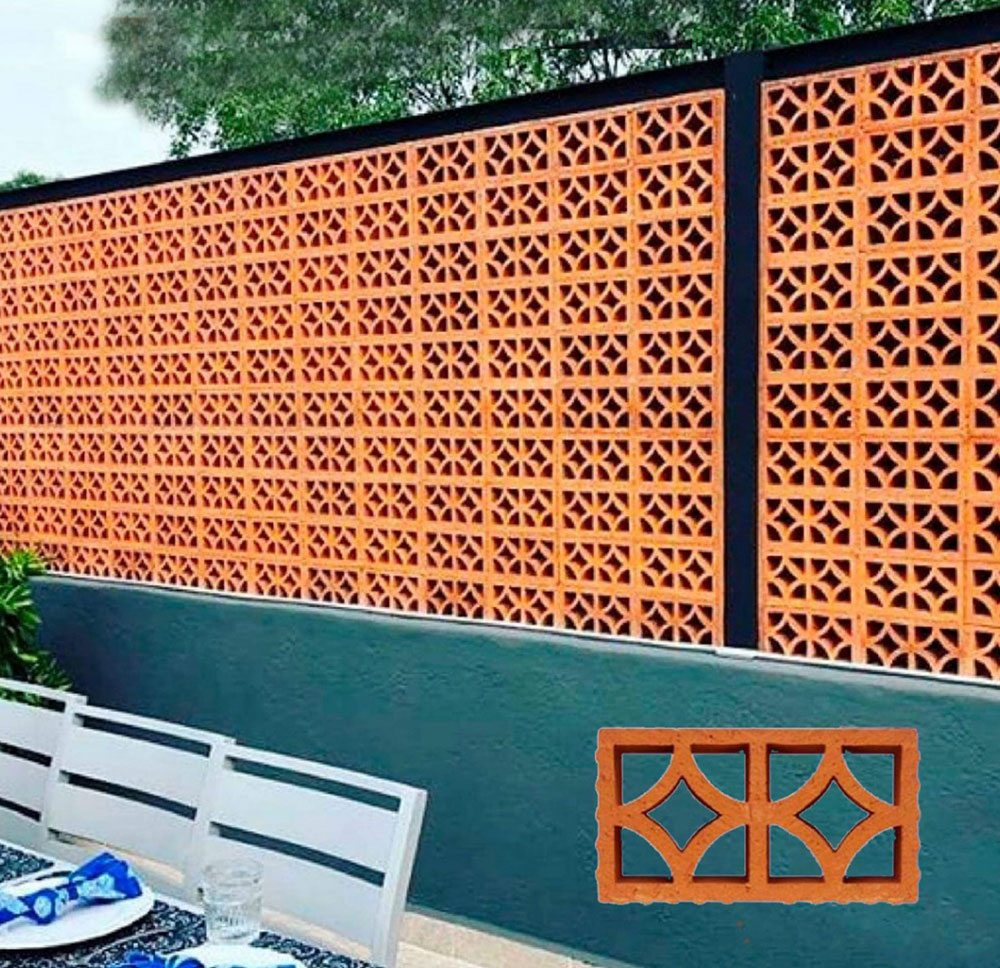
For Karachi homeowners, clay tiles tick every box: they’re beautiful, functional, long-lasting, and budget-friendly in the long run. If you’re looking to make a smart investment, go with nature—go with clay tiles.
1. Do clay tiles handle Karachi’s salty sea breeze?
Yes, clay tiles resist salt damage better than many synthetic options.
2. Are they more expensive than ceramic tiles?
Slightly upfront—but cheaper in the long run due to durability and low maintenance.
3. Do clay tiles stay cool in summer?
Yes, they naturally insulate and reduce indoor temperatures.
4. Can clay tiles be used in bathrooms or kitchens?
Absolutely. Glazed clay tiles are perfect for wet areas.
5. Where can I find quality clay tiles in Karachi?
Just drop a call at our given contact number and we’ll guide the procedure to get tiles of your choice at your doorstep.
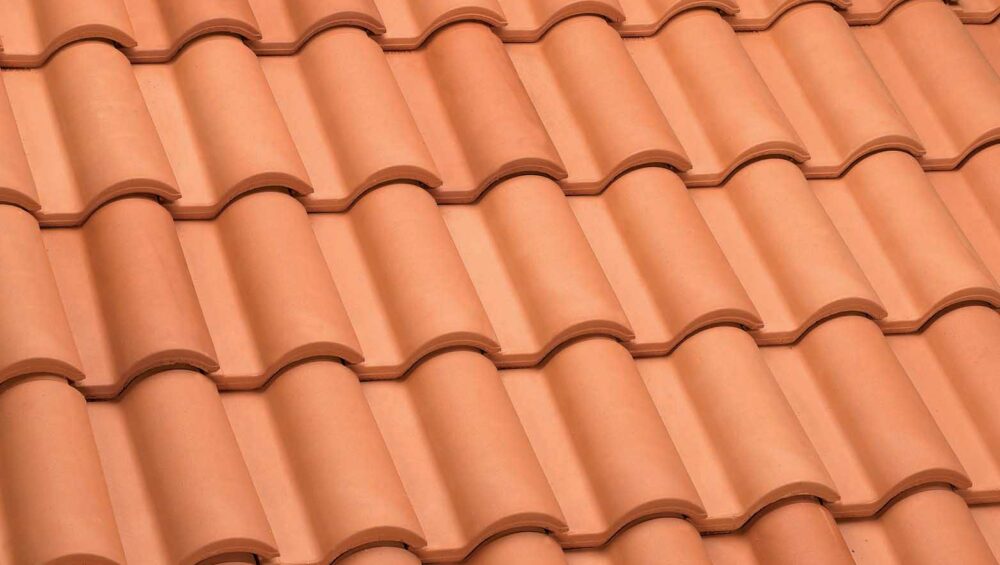 CategoriesInspirations
CategoriesInspirationsWhen you walk into a space that just feels right, chances are it’s the materials doing the talking. Clay tiles have that timeless charm—and in a city like Islamabad, where elegance meets calmness, they’re a perfect fit. Whether you’re building, renovating, or just curious, this guide will walk you through the benefits and types of clay tiles Islamabad residents are loving right now.
Clay tiles are made by shaping natural clay and baking it at high temperatures. The result? Beautiful, solid tiles that can be used for floors, roofs, and walls. Think of them as the bread and butter of timeless construction.
Islamabad’s blend of modern homes and nature-filled neighborhoods makes clay tiles a go-to. People here love earthy designs that stay cool in summer and look stylish all year round.

Let’s break it down:
Natural Appeal: Adds earthy warmth and elegance.
Thermal Insulation: Keeps interiors cooler.
Long Lifespan: They’re in it for the long haul.
Resistant to Weather: Perfect for Islamabad’s hot summers and rainy spells.
Islamabad’s summers can be intense. Clay tiles stay naturally cool and reduce the need for extra air conditioning—your electricity bill will thank you!
Good clay tiles can last 50+ years. In fact, some traditional homes in Pakistan still have original clay roofing that’s standing strong.
Unlike plastic or synthetic materials, clay tiles are biodegradable. They’re made from the earth—and when their time is up, they go right back to it.
Let’s explore the three main types of clay tiles in Islamabad.
Terracotta tiles are warm-toned, rustic, and full of charm. They’re great for indoor use—living rooms, hallways, or even kitchens.
Looking for a sleek, polished look? Glazed tiles are clay tiles with a shiny coating that resists stains and adds elegance.
These classic curved tiles are a staple in Pakistani architecture. Strong, weather-resistant, and beautiful, Khaprail tiles are ideal for Islamabad rooftops.
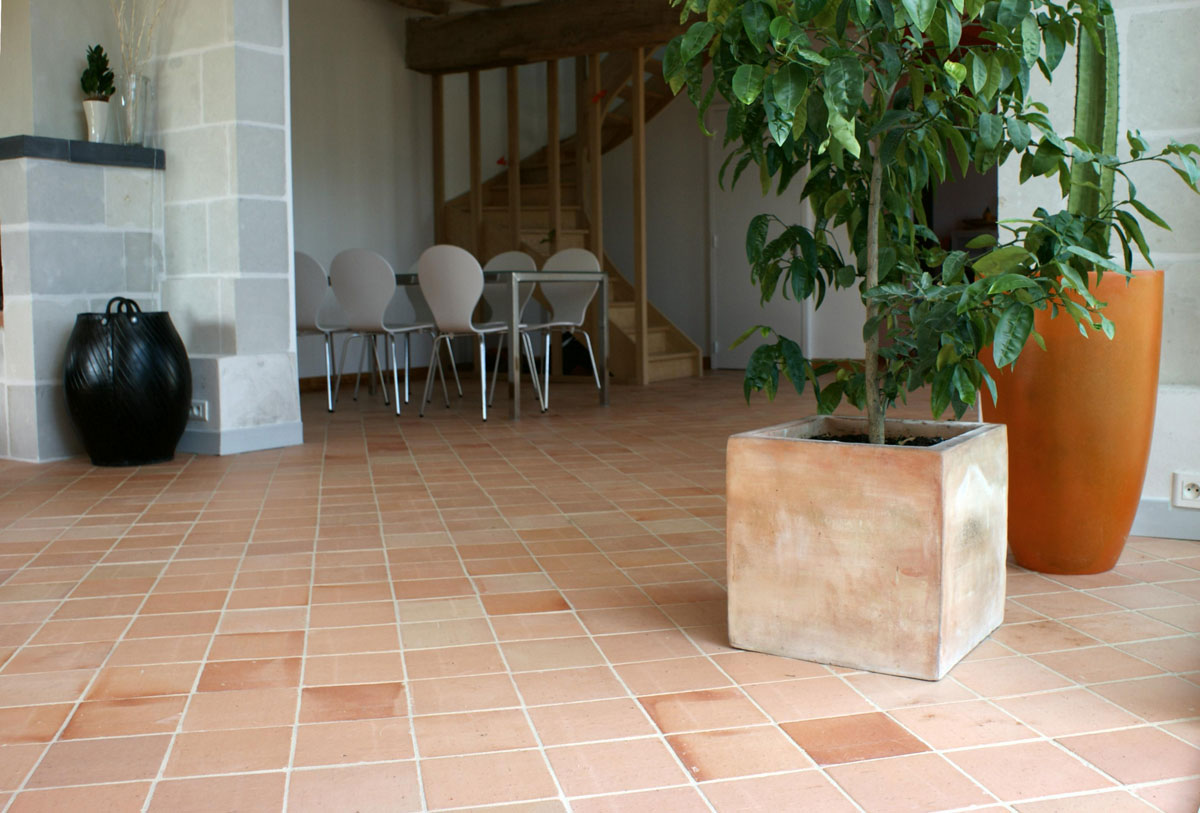
Indoor Use: Use smooth, terracotta or glazed tiles.
Outdoor Use: Choose rougher-textured clay tiles or Khaprail for non-slip safety.
Sweep or mop regularly
Avoid harsh chemicals
Reseal if needed every few years (especially outdoors)
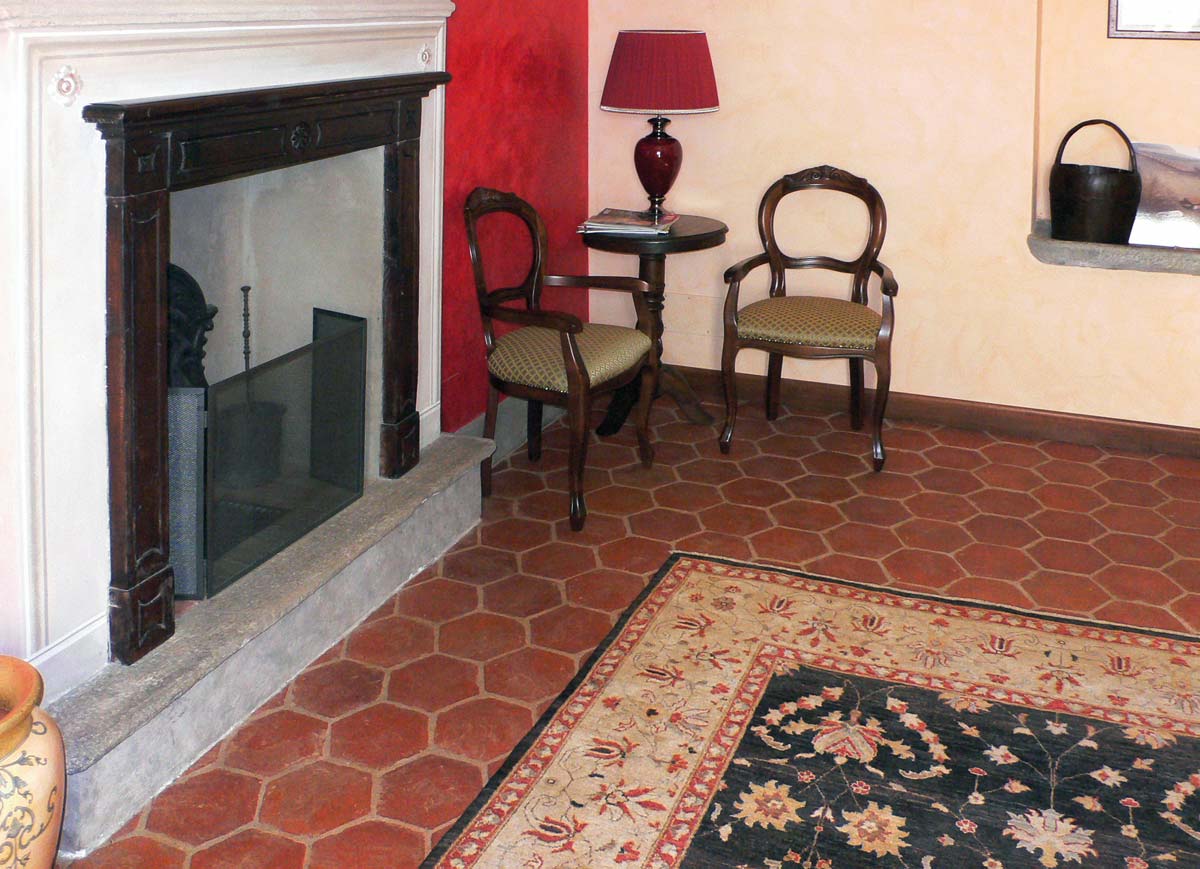
Pak Tiles are located in Gulberg Greens Islamabad, and we offer:
Sample tiles before purchase
Good customer support
Options for customized sizes or designs
Visit our showroom specialized in handcrafted and kiln-fired clay tiles.
Whether you’re going rustic or modern, clay tiles bring in the warmth, tradition, and durability you’re looking for. And in a stylish city like Islamabad, they’re a perfect match for the landscape and the lifestyle.
1. Are clay tiles suitable for Islamabad weather?
Yes, they handle heat and rain beautifully.
2. What’s the average cost of clay tiles in Islamabad?
Anywhere between PKR 80–250 per square foot, depending on the type.
3. Are Khaprail tiles good for modern homes?
Absolutely! They mix tradition with a bold architectural statement.
4. Can clay tiles be used in bathrooms?
Yes—just use glazed or sealed options for better water resistance.
5. Do clay tiles need a lot of maintenance?
Not really. Regular cleaning and sealing (if needed) keep them looking great.
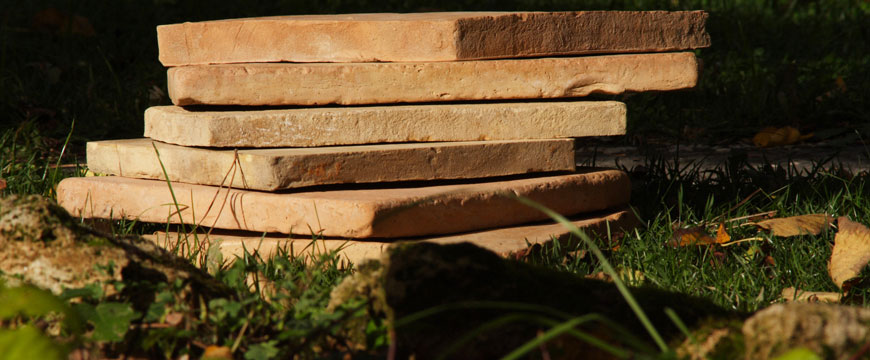 CategoriesInspirations
CategoriesInspirationsEver walked into a space and instantly felt warmth and authenticity beneath your feet? That’s the charm of clay tiles. They’ve been around for centuries, yet they never go out of style. Whether you’re building a new house in Lahore or upgrading your backyard, clay tiles offer a natural, earthy elegance that feels both classic and fresh. Think of them like a good cup of chai – rooted in tradition, but always comforting.
In this article, we’ll explore why clay tiles in Lahore are winning hearts and homes, what makes them unique, and how they can add long-lasting value to your space.
Clay tiles are made from natural clay that is molded and fired in kilns at high temperatures. The result? A tile that’s hard, durable, and rich in earthy tones. These tiles have a rustic appeal and are perfect for people who love organic, grounded aesthetics in their homes.
Did you know clay tiles date back over 10,000 years? Ancient civilizations like the Chinese, Romans, and Greeks used them for both functionality and beauty. Fast forward to modern Lahore, and you’ll still see clay roof tiles (Khaprail) in traditional homes, mosques, and heritage sites.
Clay Tiles Lahore has seen a rise in popularity—and it’s no surprise. In a city where the summers are blazing and the monsoons are wild, clay tiles perform like champs. They stay cool underfoot, resist water damage, and don’t fade easily. Plus, they blend beautifully with Lahore’s architectural style.
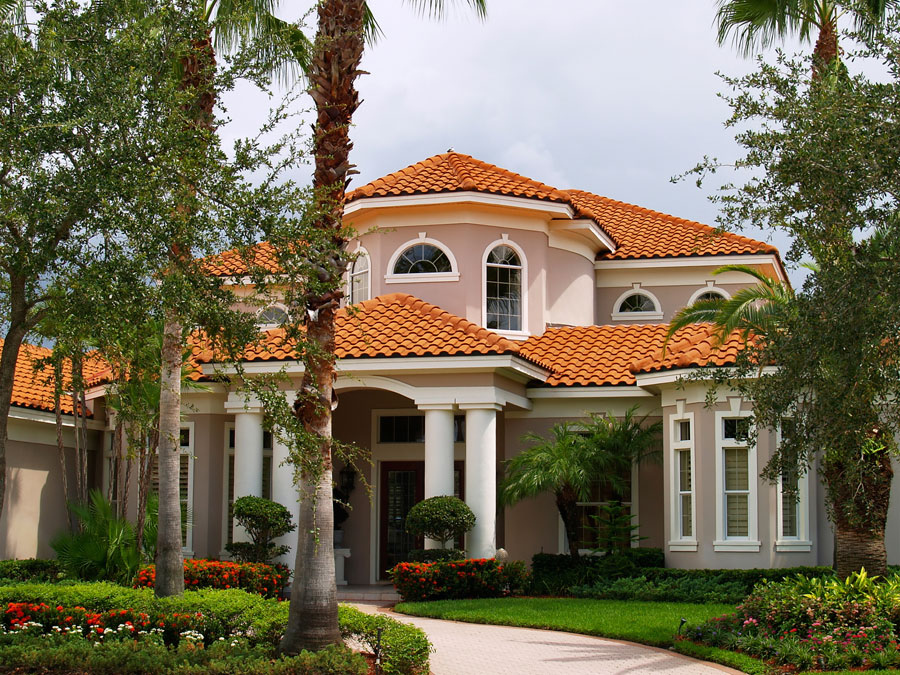
Clay tiles aren’t one-size-fits-all. You can choose from:
Terracotta Tiles – Warm, reddish-brown tiles perfect for rustic interiors.
Glazed Clay Tiles – These come with a shiny finish, adding elegance.
Khaprail Roof Tiles – The iconic curved roofing tiles used in traditional Pakistani homes.
Each type serves a different purpose and aesthetic.
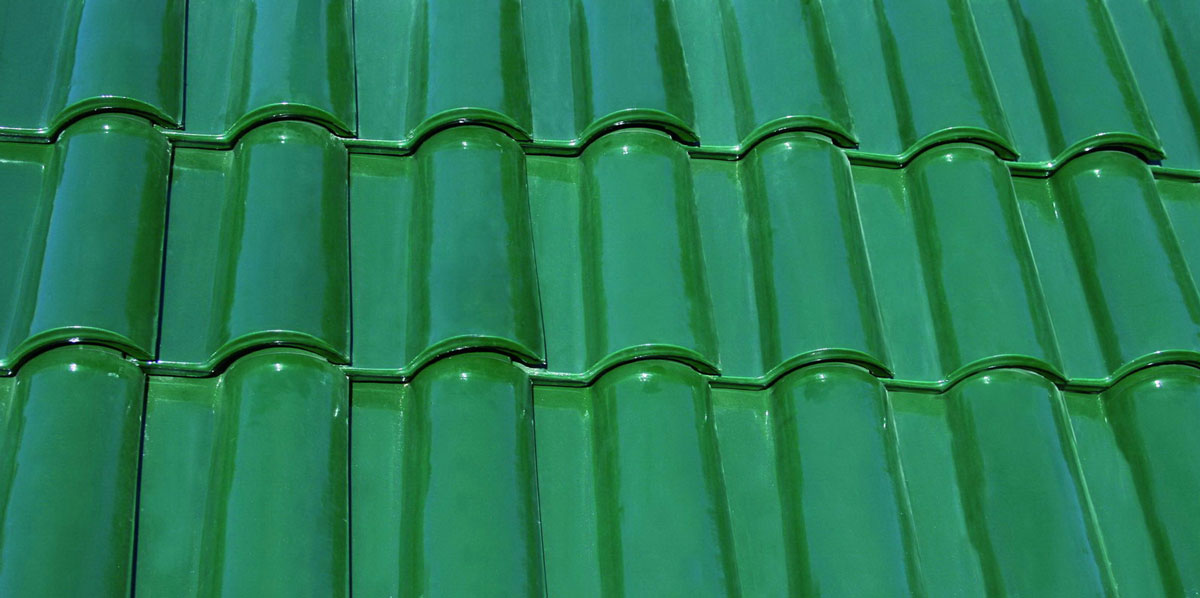
Thinking about revamping your interiors? Clay tiles work great for:
Living rooms for an earthy vibe
Kitchens because they handle spills like a pro
Bathrooms thanks to their water resistance
Staircases and hallways where durability is key
Their natural tone brings warmth to any room, like sunshine streaming through a window.

Here’s where clay tiles really shine:
Terraces and patios – Their rough texture prevents slipping
Garden pathways – They blend beautifully with nature
Rooftops – Especially the Khaprail tiles, which are traditional yet timeless
You get functionality and aesthetic value in one go.

So, how do clay tiles stack up against ceramic, marble, or vinyl?
| Tile Type | Durability | Eco-Friendly | Heat Resistance | Cost |
|---|---|---|---|---|
| Clay | High | Yes | Excellent | Medium |
| Ceramic | Moderate | Partial | Average | Medium |
| Marble | High | Natural but costly | Poor | High |
| Vinyl | Low | No | Poor | Low |
If you want something that lasts, looks natural, and keeps your home cool in summer, clay wins hands down.
From earth to elegance—it’s quite a journey:
Clay extraction from natural sources
Shaping and molding
Drying in sunlight
Firing in kilns at over 1000°C
This ancient yet eco-conscious process gives each tile its unique character.
Clay tiles are nature-friendly. They’re:
Made from natural materials
Recyclable
Free from harmful chemicals
Long-lasting (so less waste over time)
Choosing Clay Tiles in Lahore is a small step for your home but a big step for the planet.
You’ll love how low-maintenance clay tiles are. Just:
Sweep or vacuum regularly
Mop with water and mild detergent
Avoid acidic cleaners that may dull the finish
With minimal care, they’ll look good as new for decades.
Let’s bust a few:
Myth: They break easily
Truth: Only poor-quality tiles do. Good ones are tough as bricks.
Myth: They’re outdated
Truth: Classic never goes out of style.
Myth: Hard to clean
Truth: They’re among the easiest!
In Lahore, clay tiles come in various price ranges, depending on quality, finish, and type. On average:
Basic clay floor tiles: PKR 80–120/sq ft
Premium glazed or designer tiles: PKR 150–300/sq ft
Khaprail roof tiles: PKR 40–70 per piece
Always compare rates from multiple suppliers before buying.
When buying clay tiles in Lahore, look for:
Reputation – Online reviews matter
Variety – More options mean better fit for your needs
Customization – Some offer handmade or custom finishes
After-sales support – Returns and queries should be hassle-free
Don’t hesitate to ask for samples before bulk orders.
For best results:
Hire professional tile layers familiar with clay materials
Ensure the subfloor or surface is even
Use the right adhesives and spacers
Allow time for curing before heavy use
Proper installation is half the job done.
Whether you’re renovating a room or building from scratch, clay tiles are a beautiful and practical choice. They bring the soul of nature into your home while withstanding the test of time. Especially in a vibrant city like Lahore, where tradition meets innovation, clay tiles offer the perfect bridge between the old and new.
So next time you think of upgrading your flooring or roof—ask yourself, Why not clay tiles?
1. Are clay tiles suitable for Lahore’s weather?
Yes! They remain cool in summer, resist rain damage, and are ideal for Lahore’s climate.
2. How long do clay tiles last?
With proper care, clay tiles can last 50–100 years, especially when used in roofing.
3. Are clay tiles slippery when wet?
Unglazed clay tiles have a textured surface, making them safe even when wet.
4. Can I use clay tiles in bathrooms or kitchens?
Absolutely. Just make sure they’re sealed properly to prevent water absorption.
5. Where can I buy quality clay tiles in Lahore?
Pak Clay Tiles is your trusted supplier in Lahore which offers a full range of clay tiles. We specialize in terracotta and Khaprail styles.